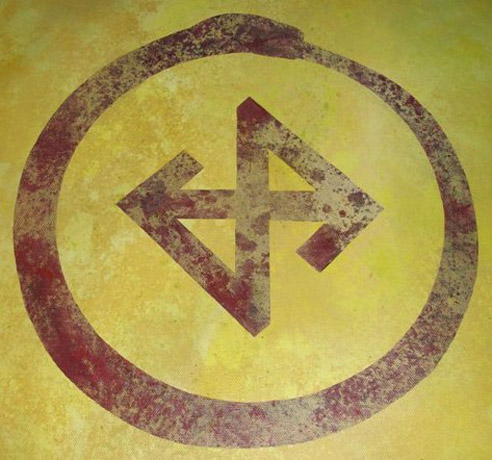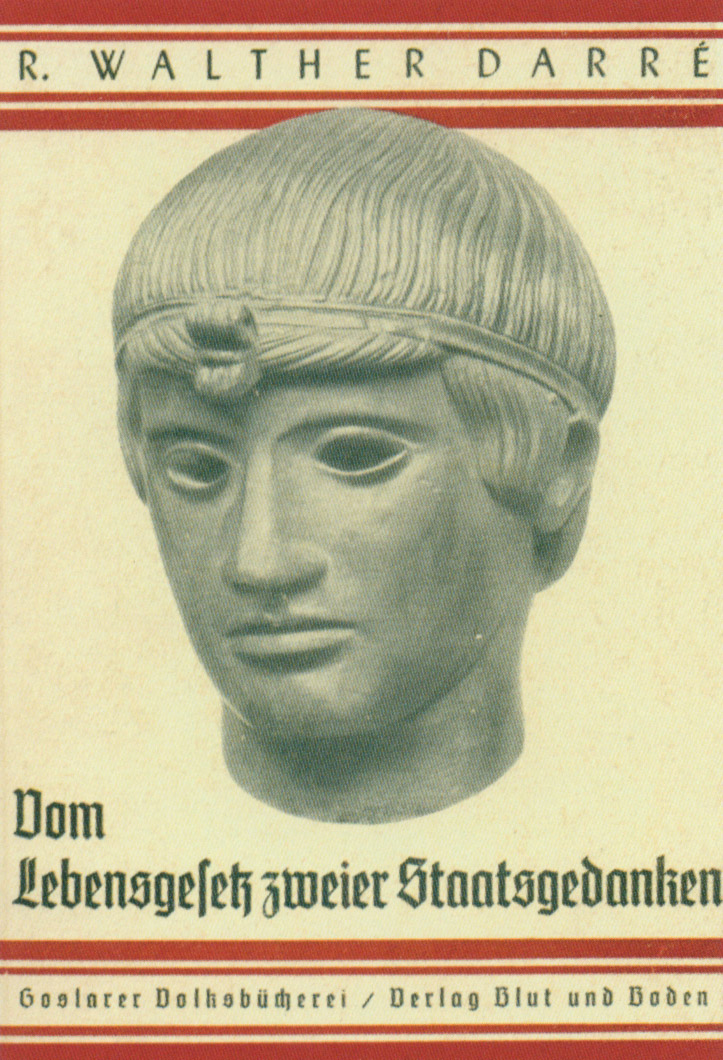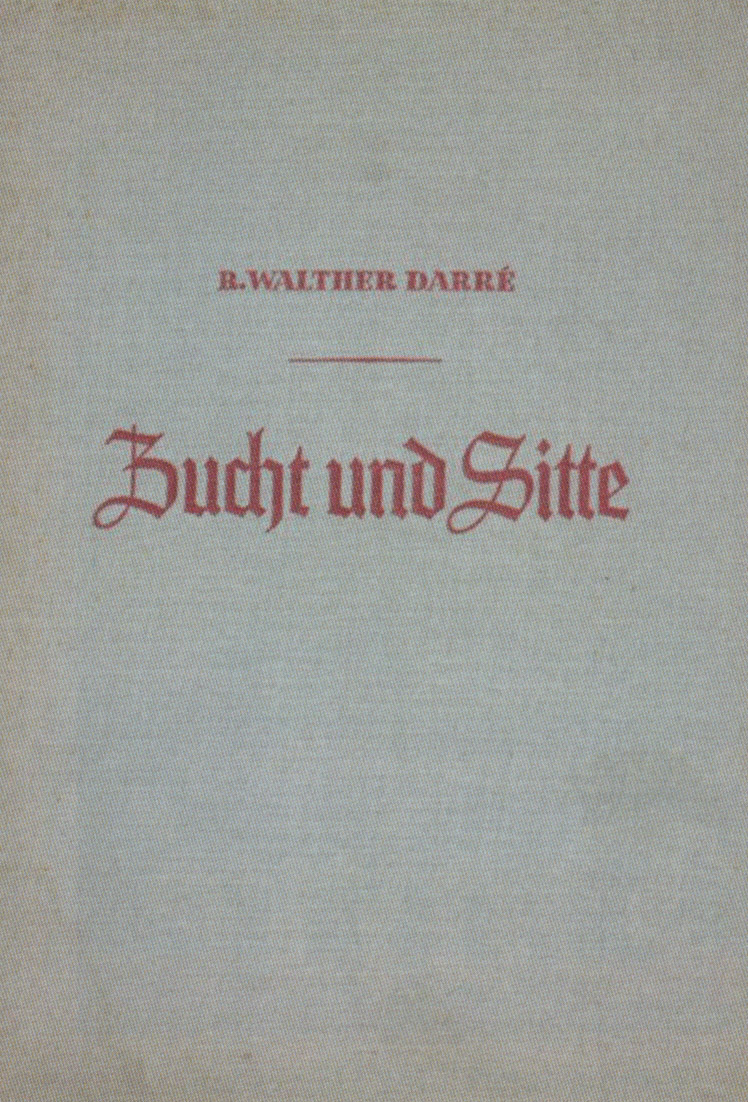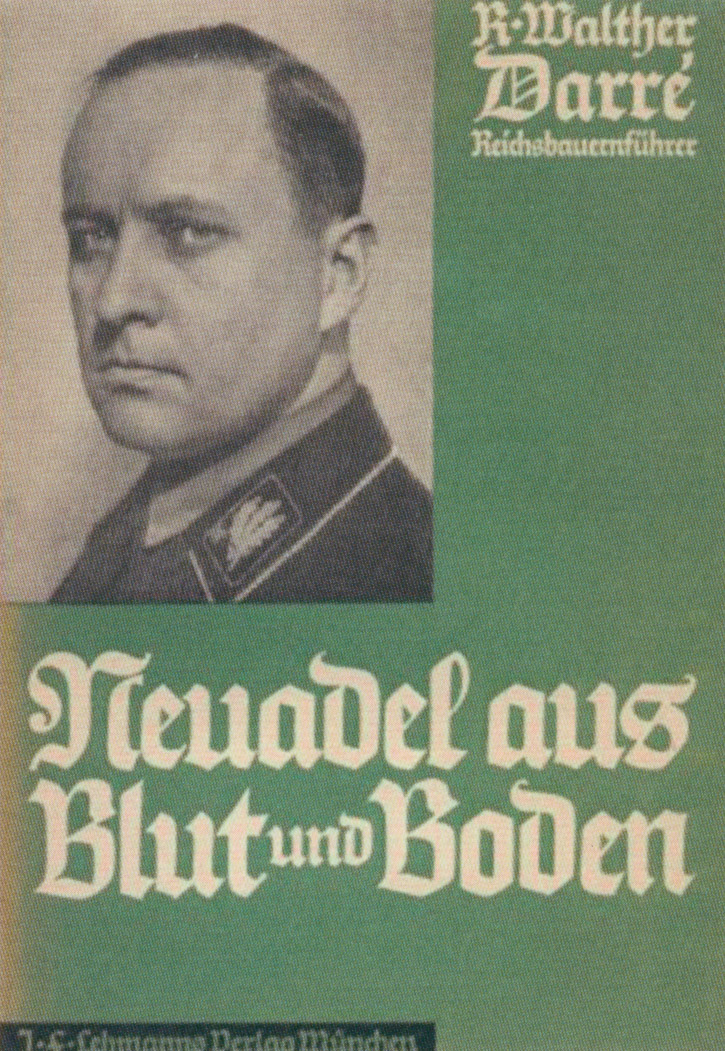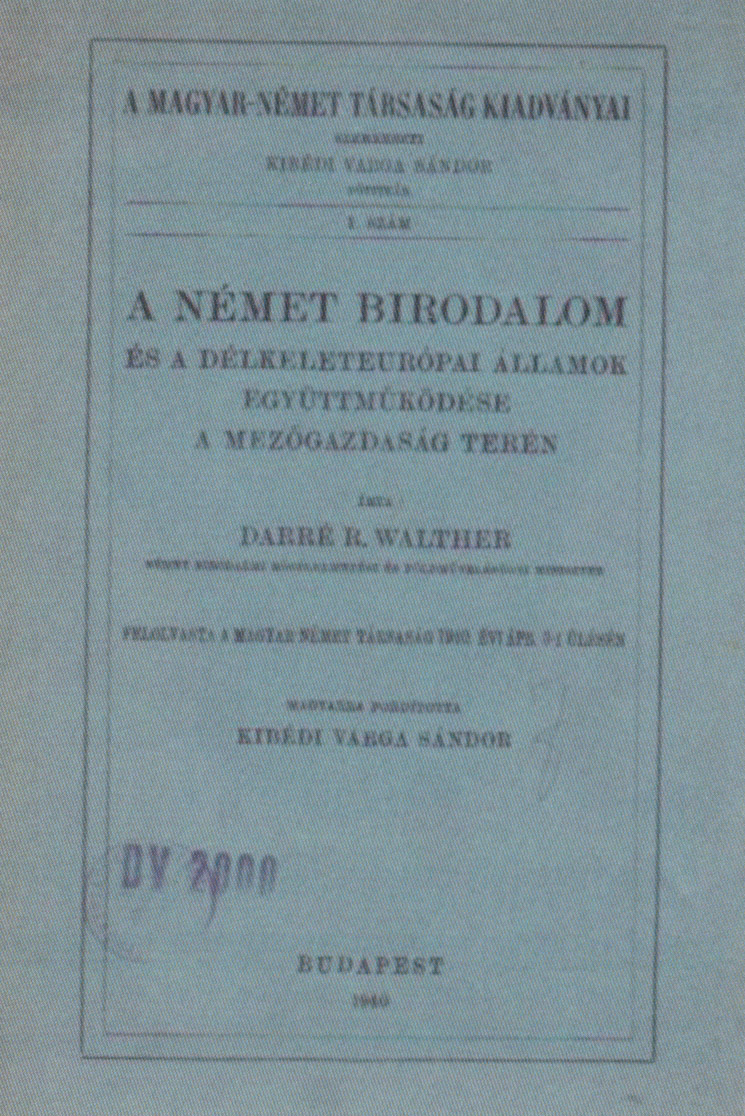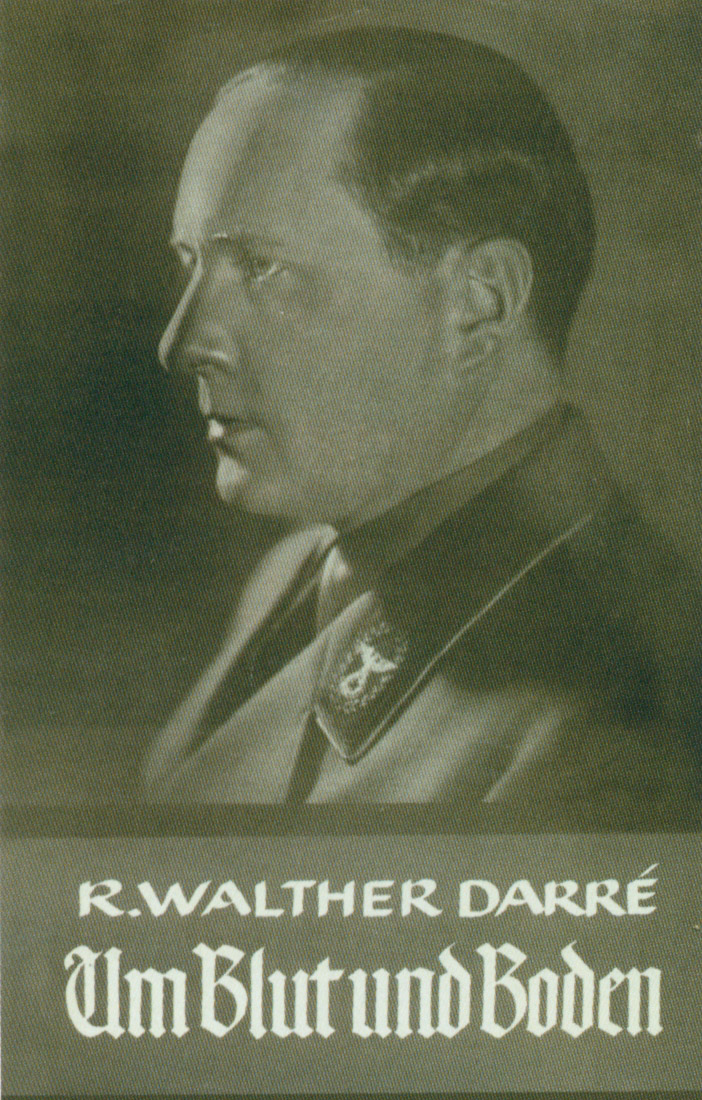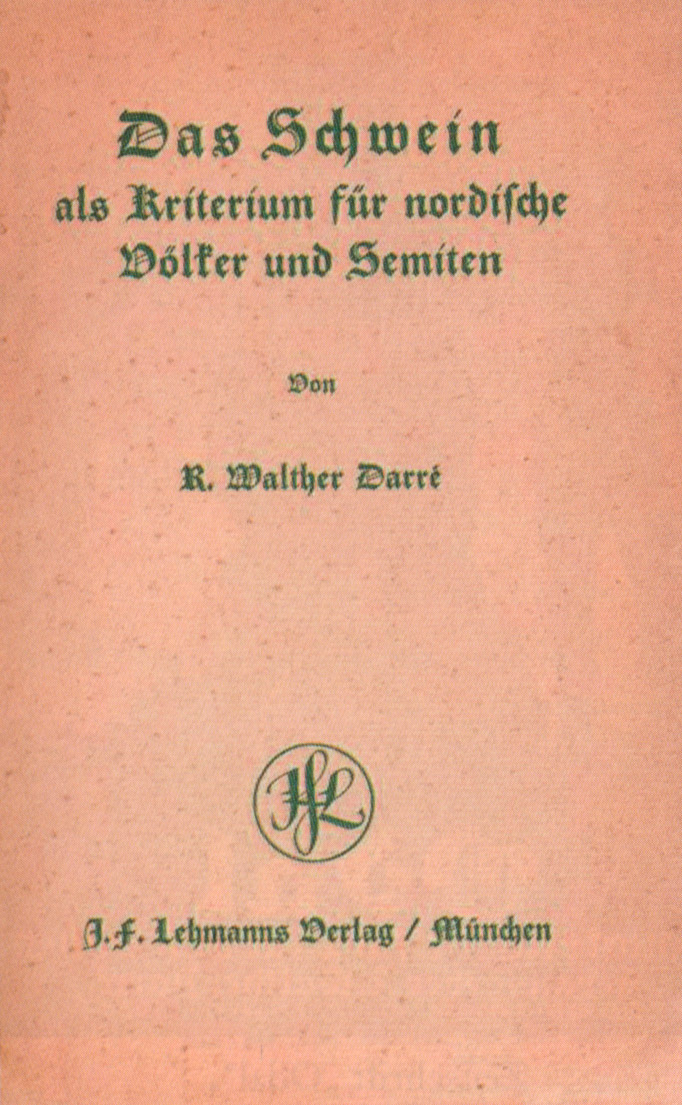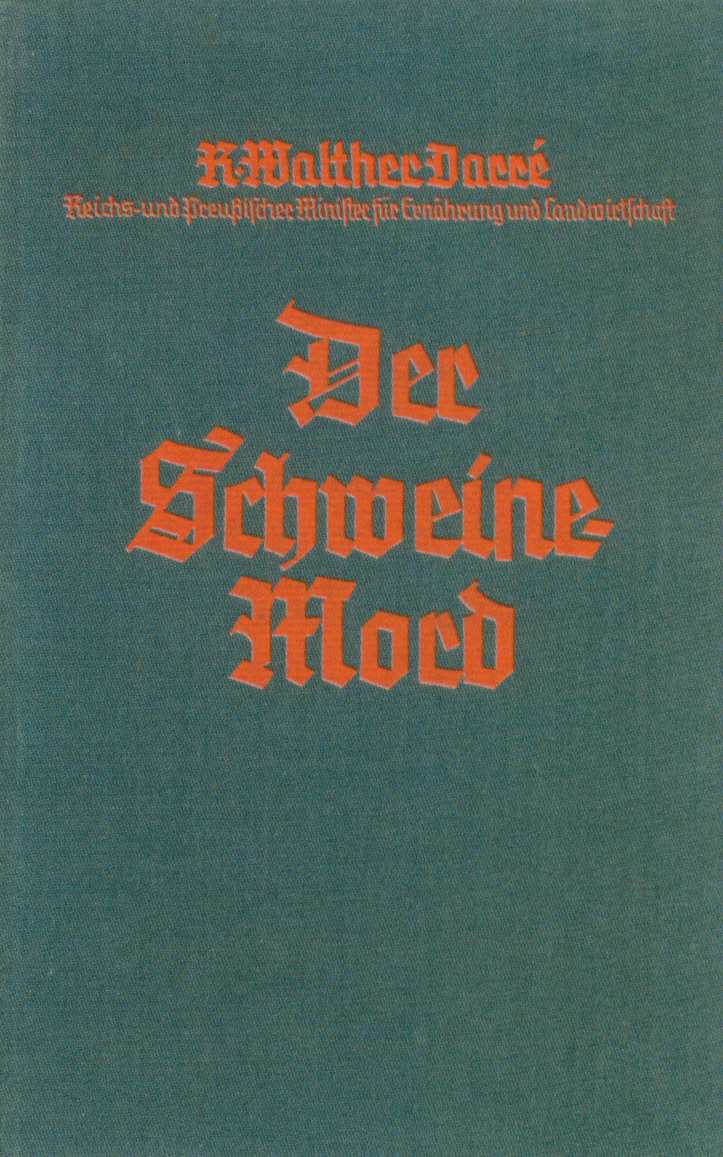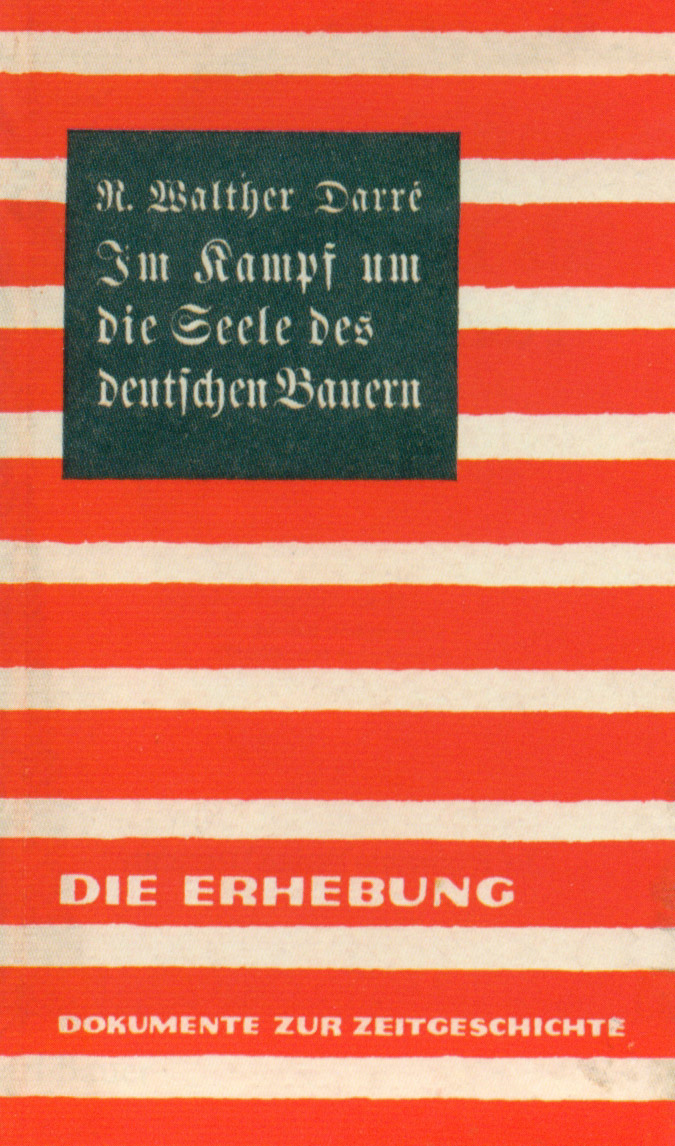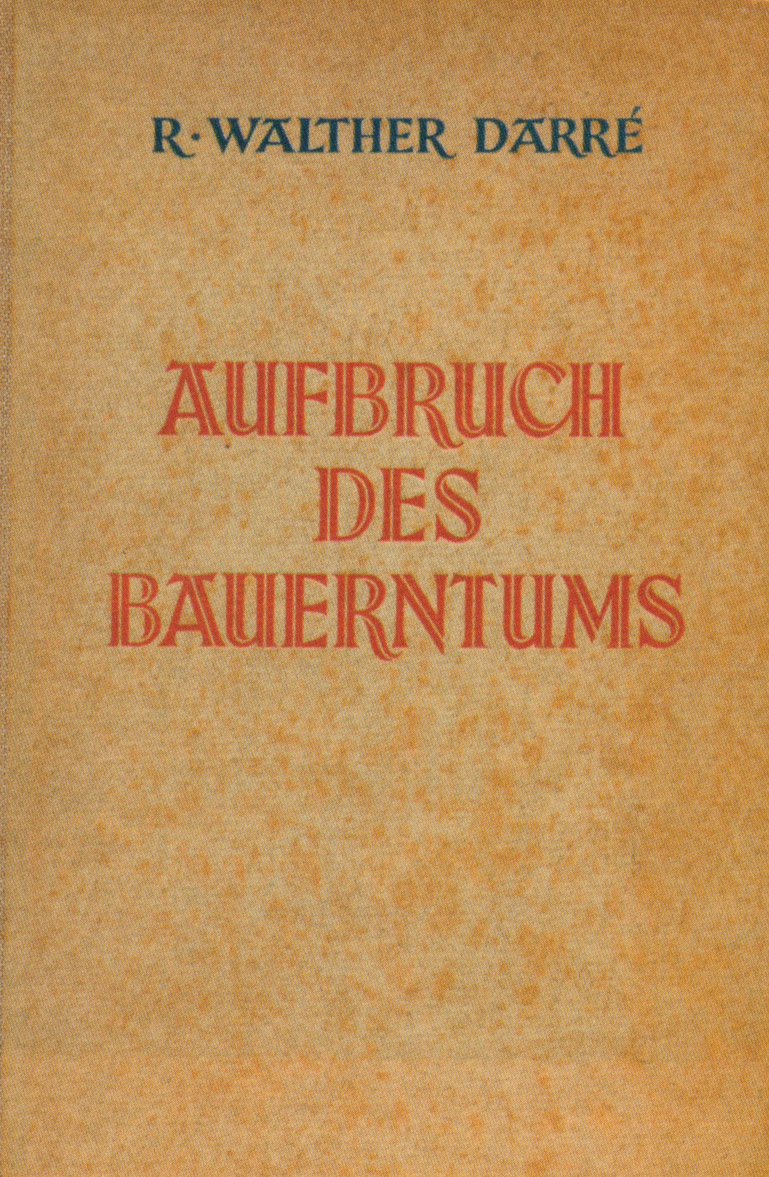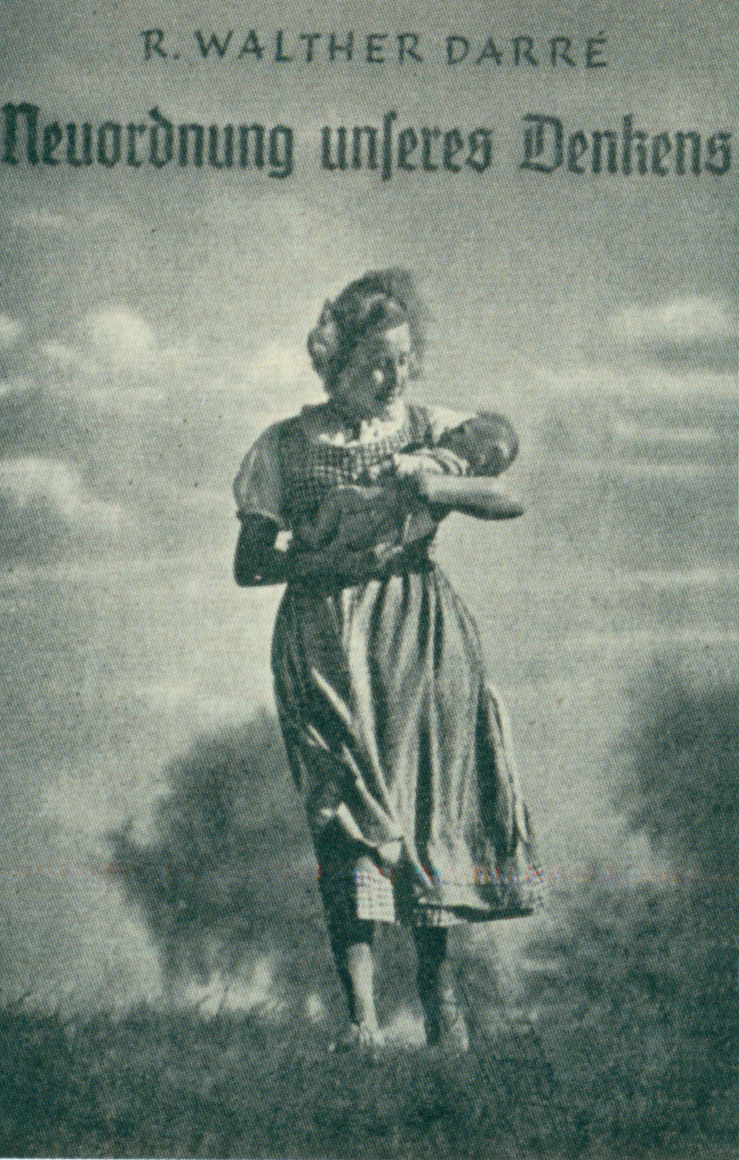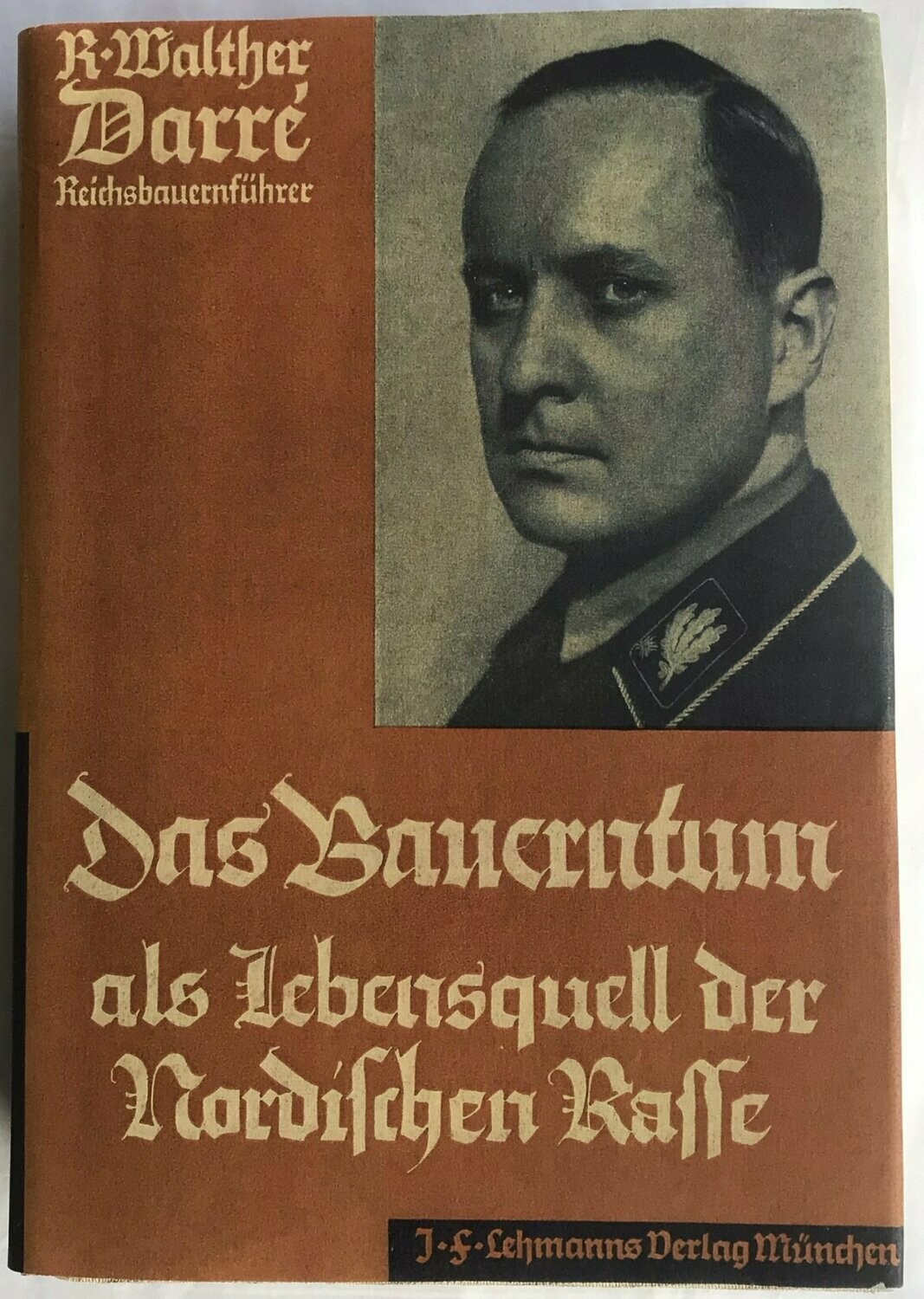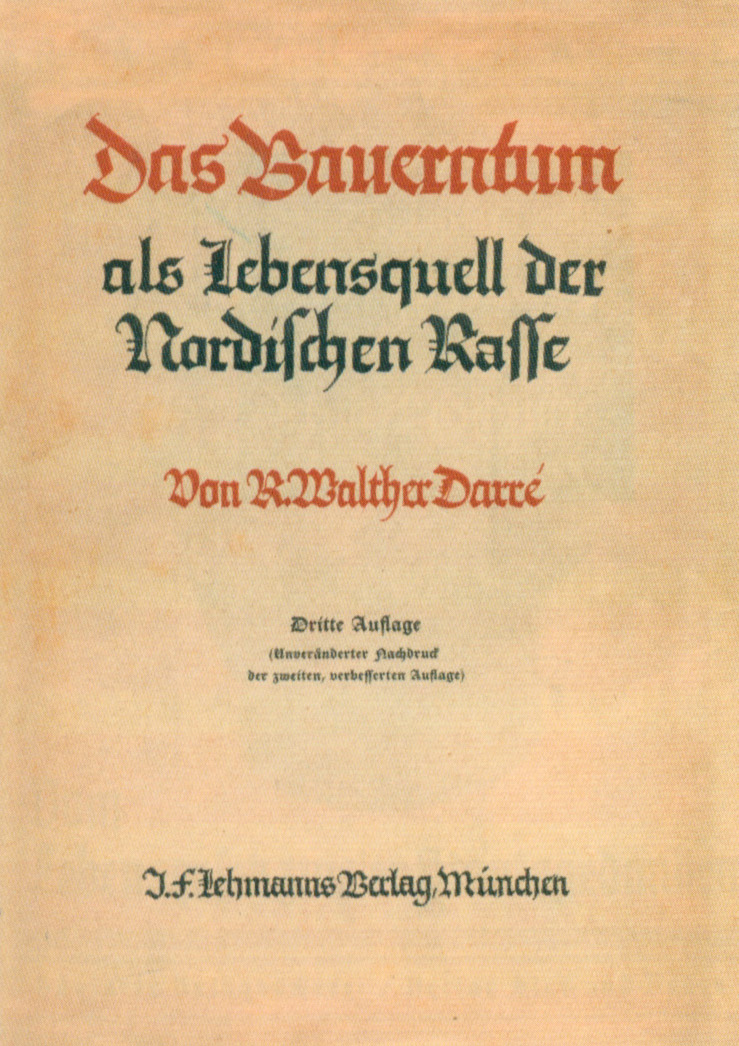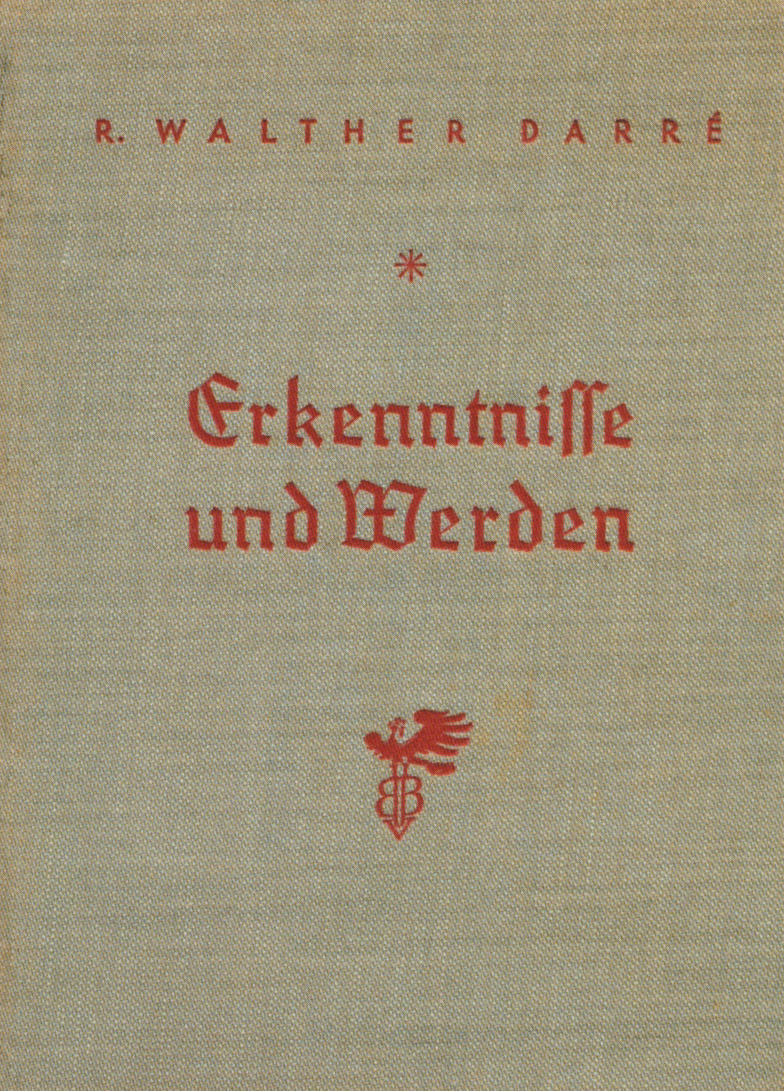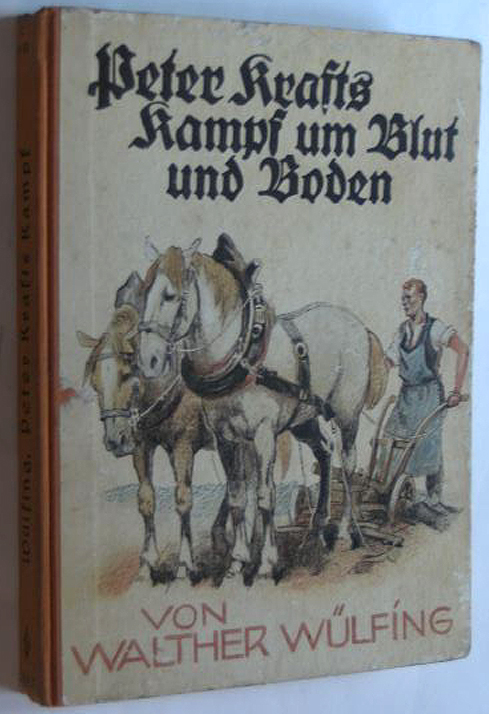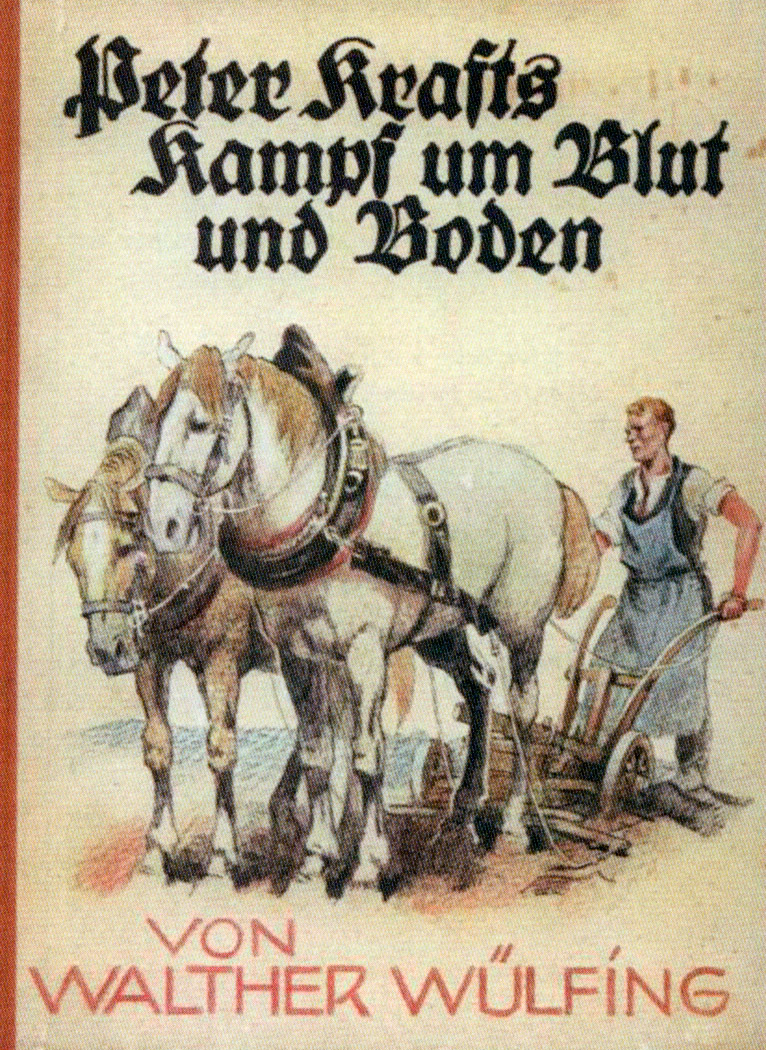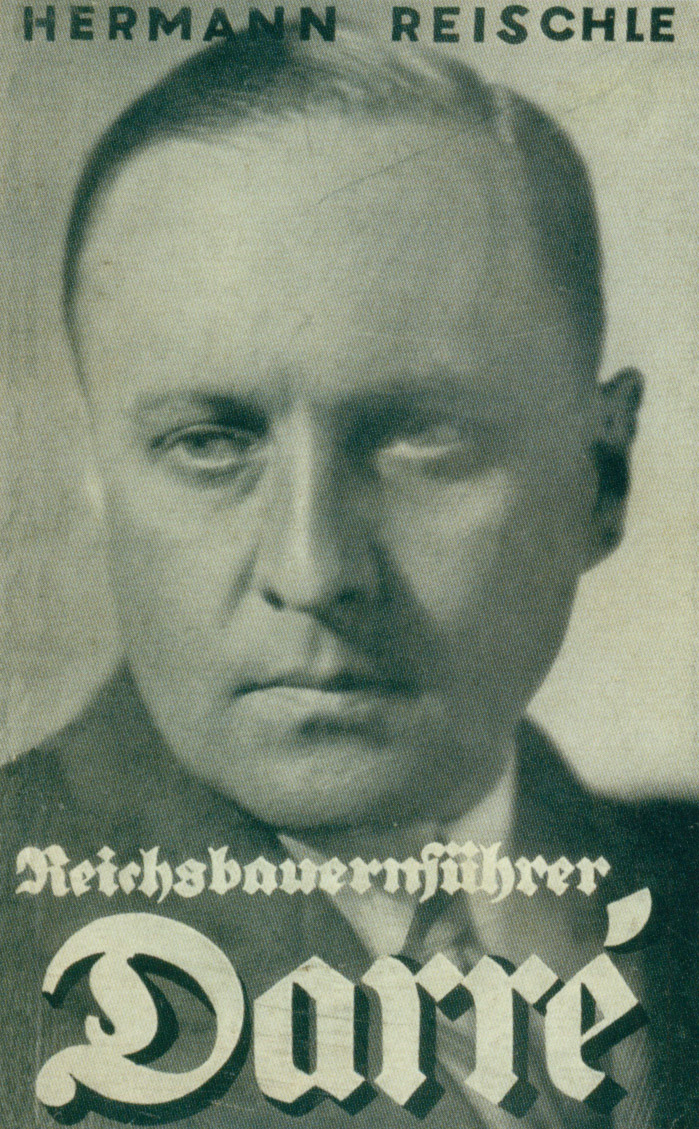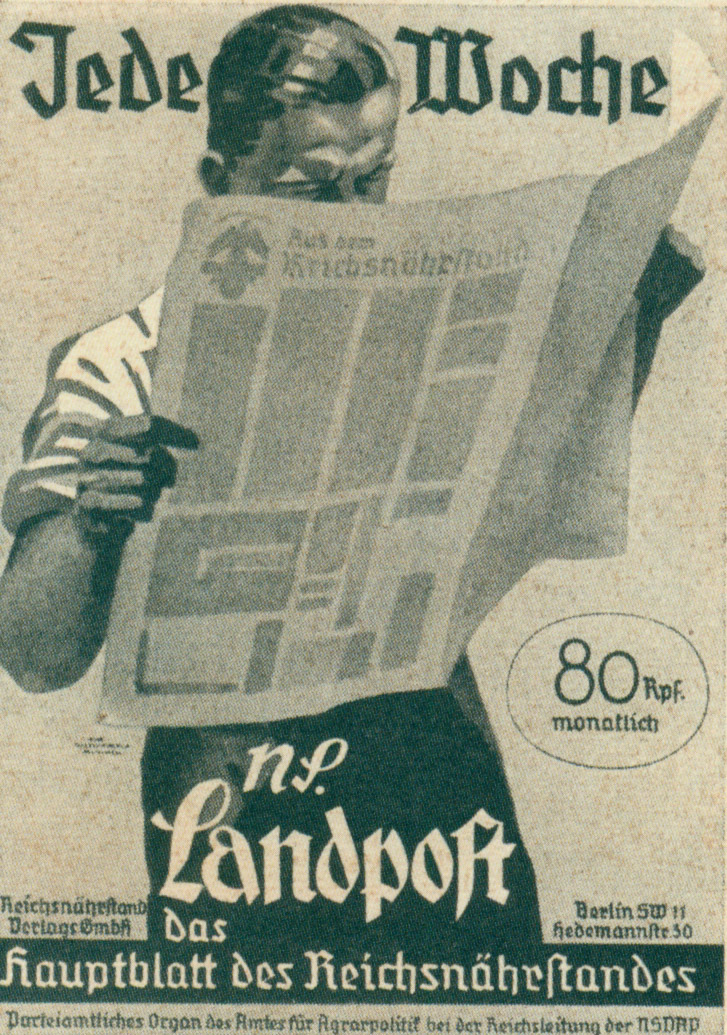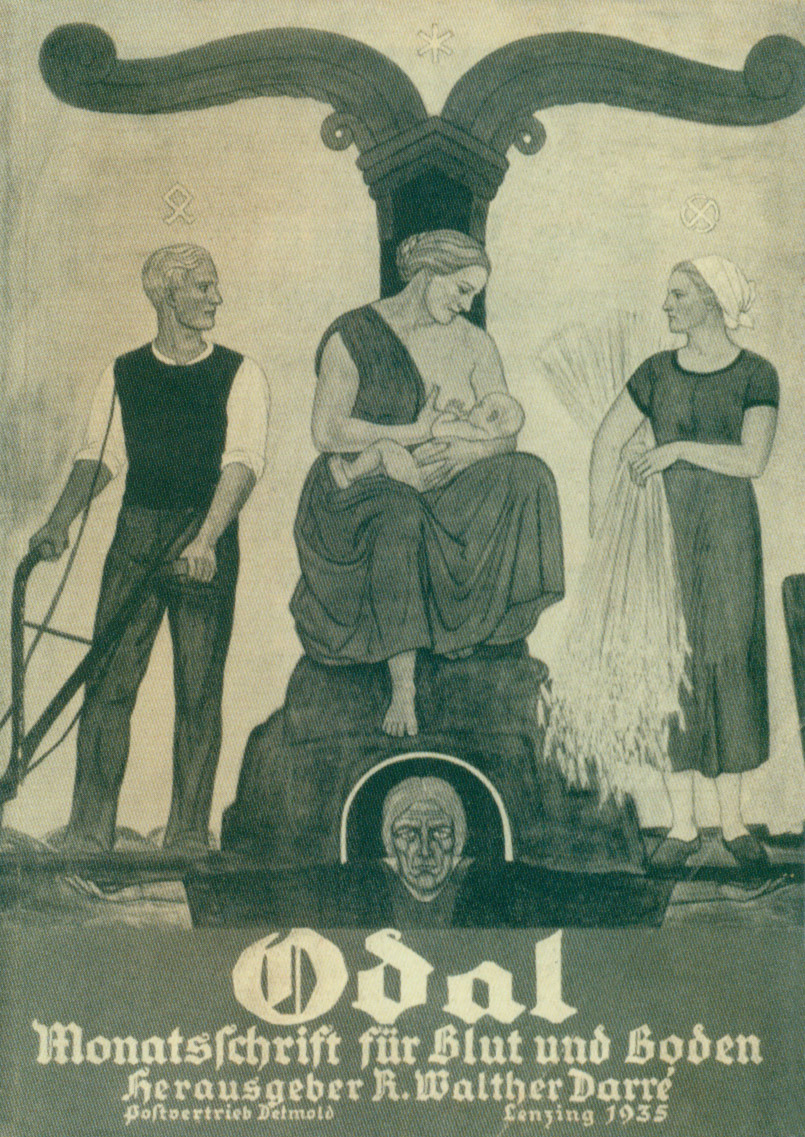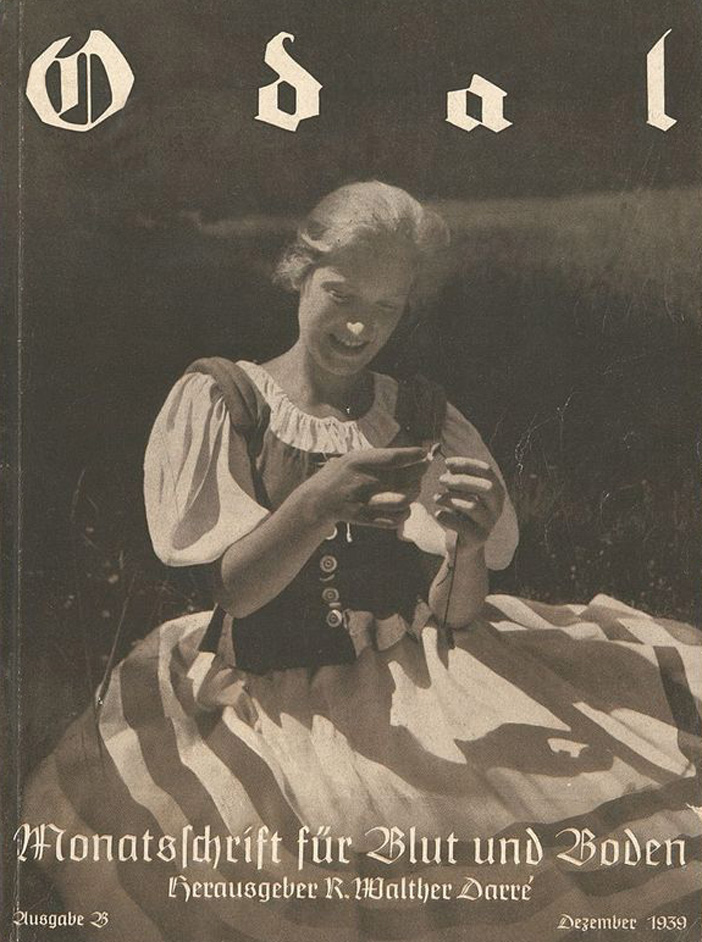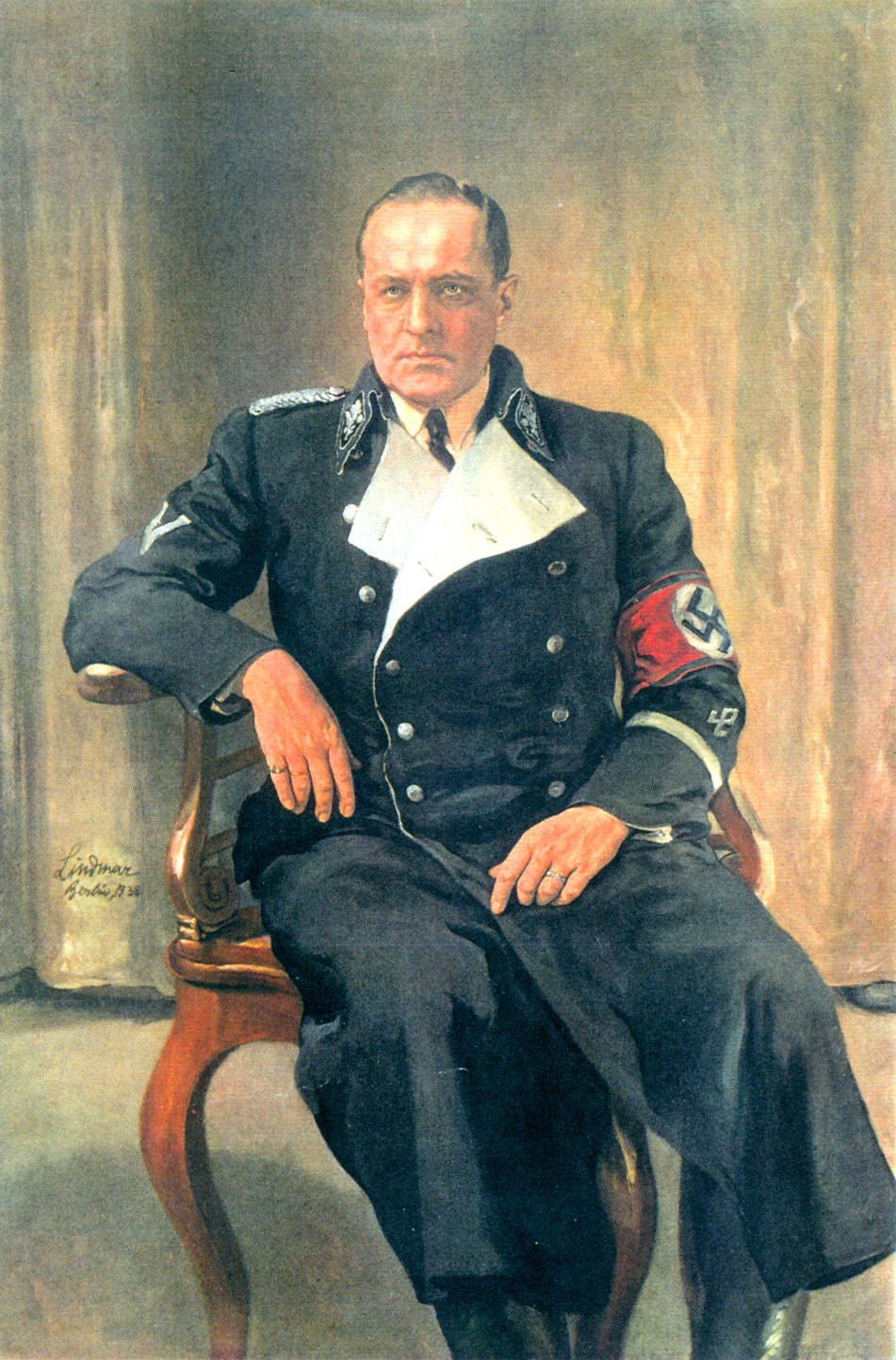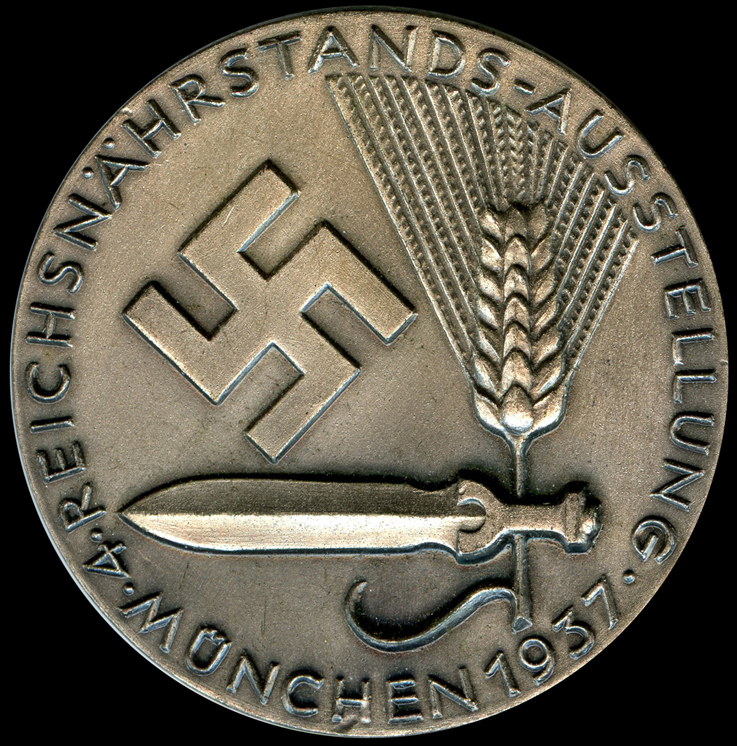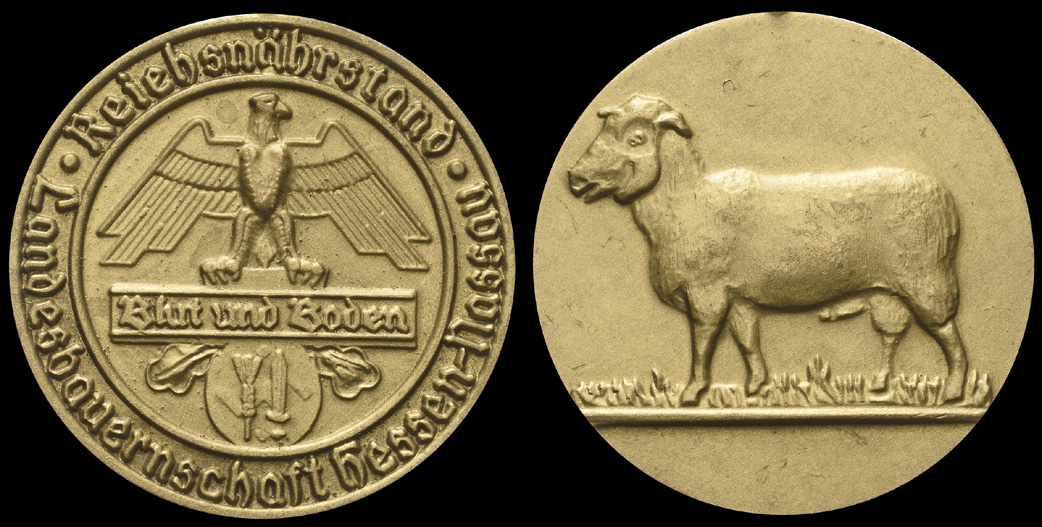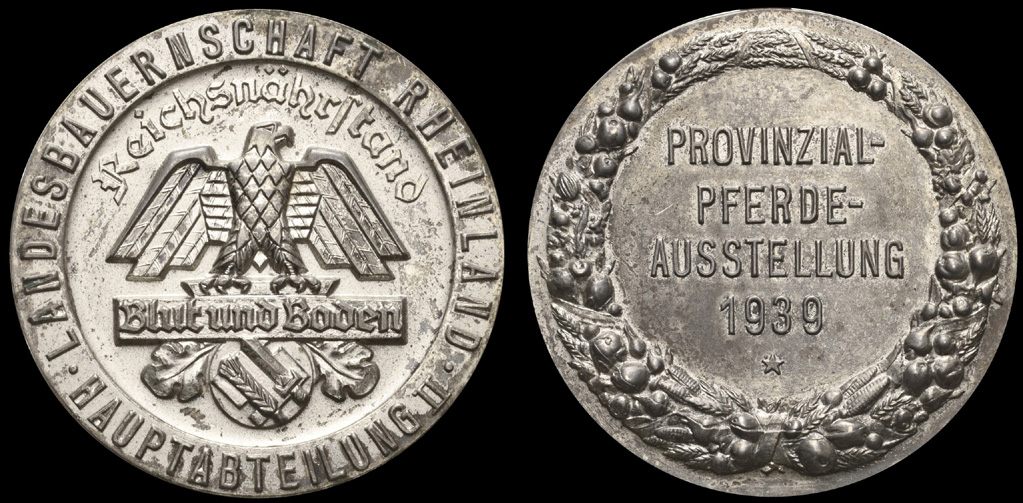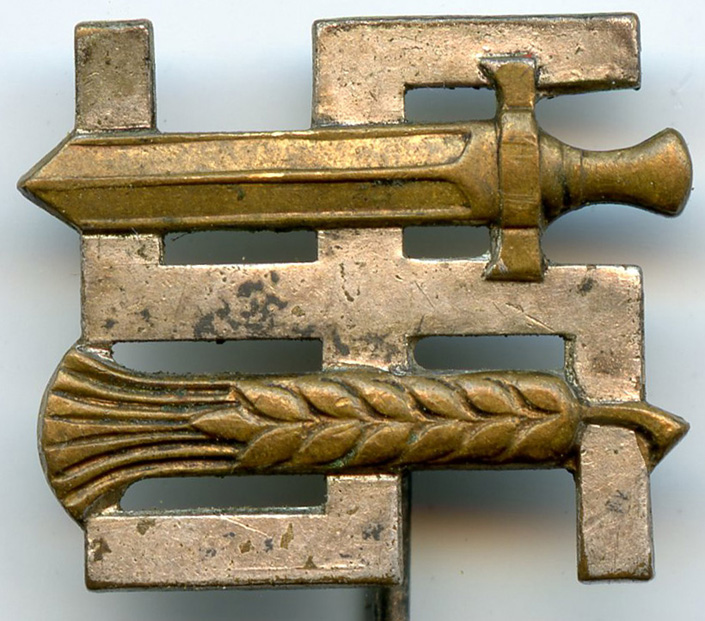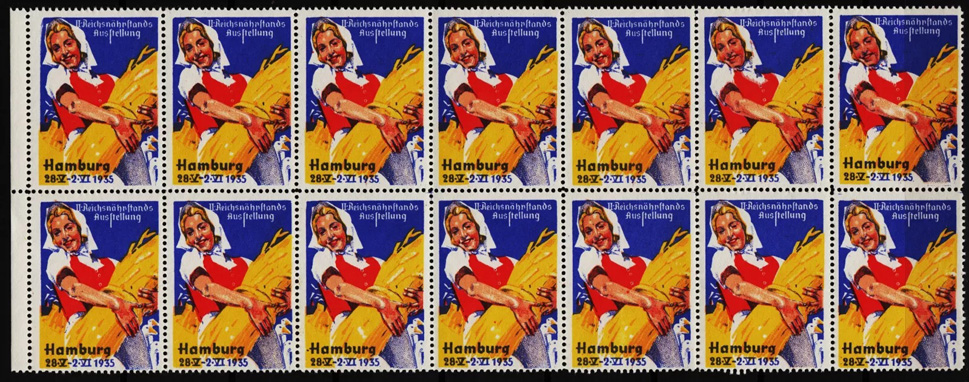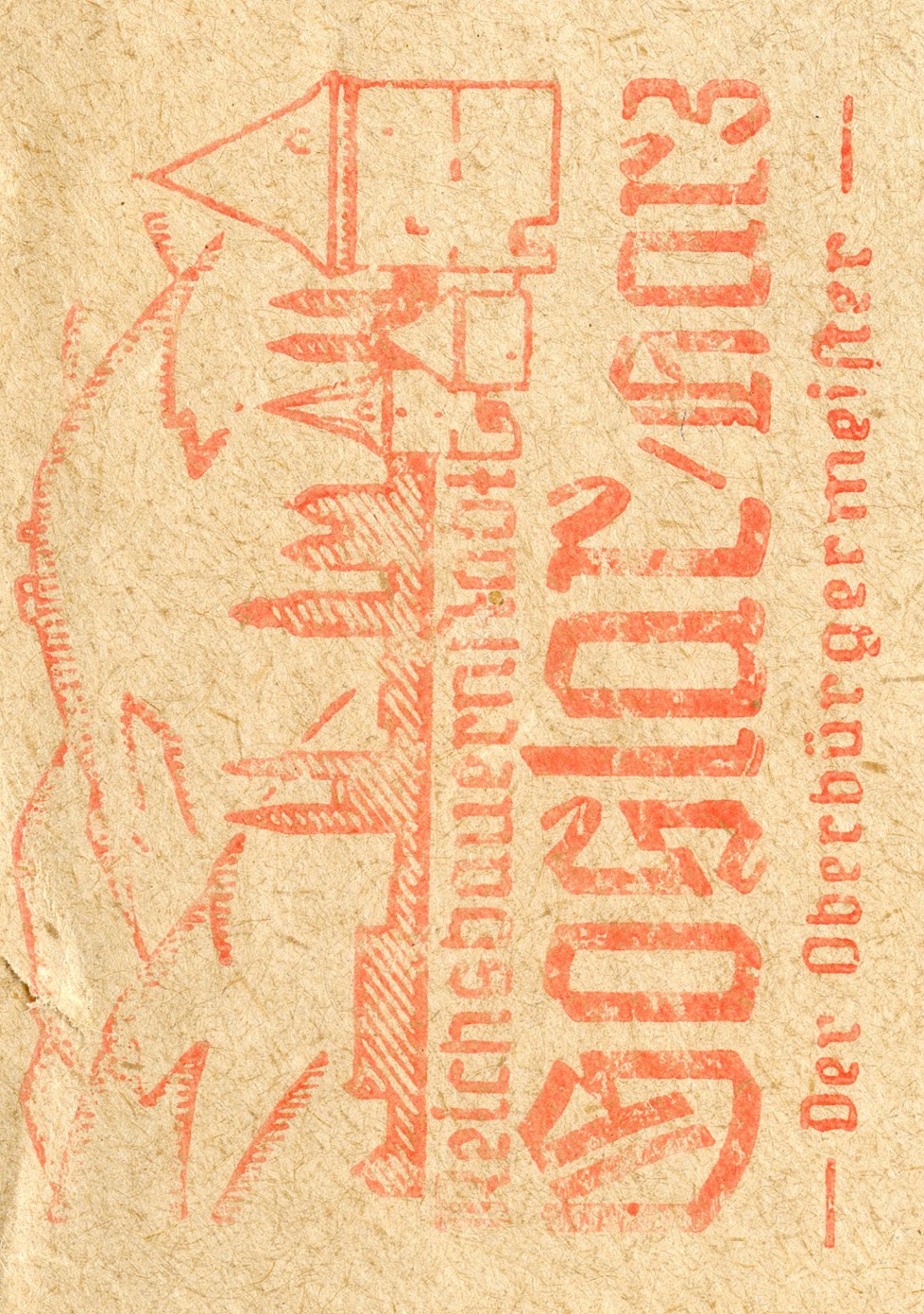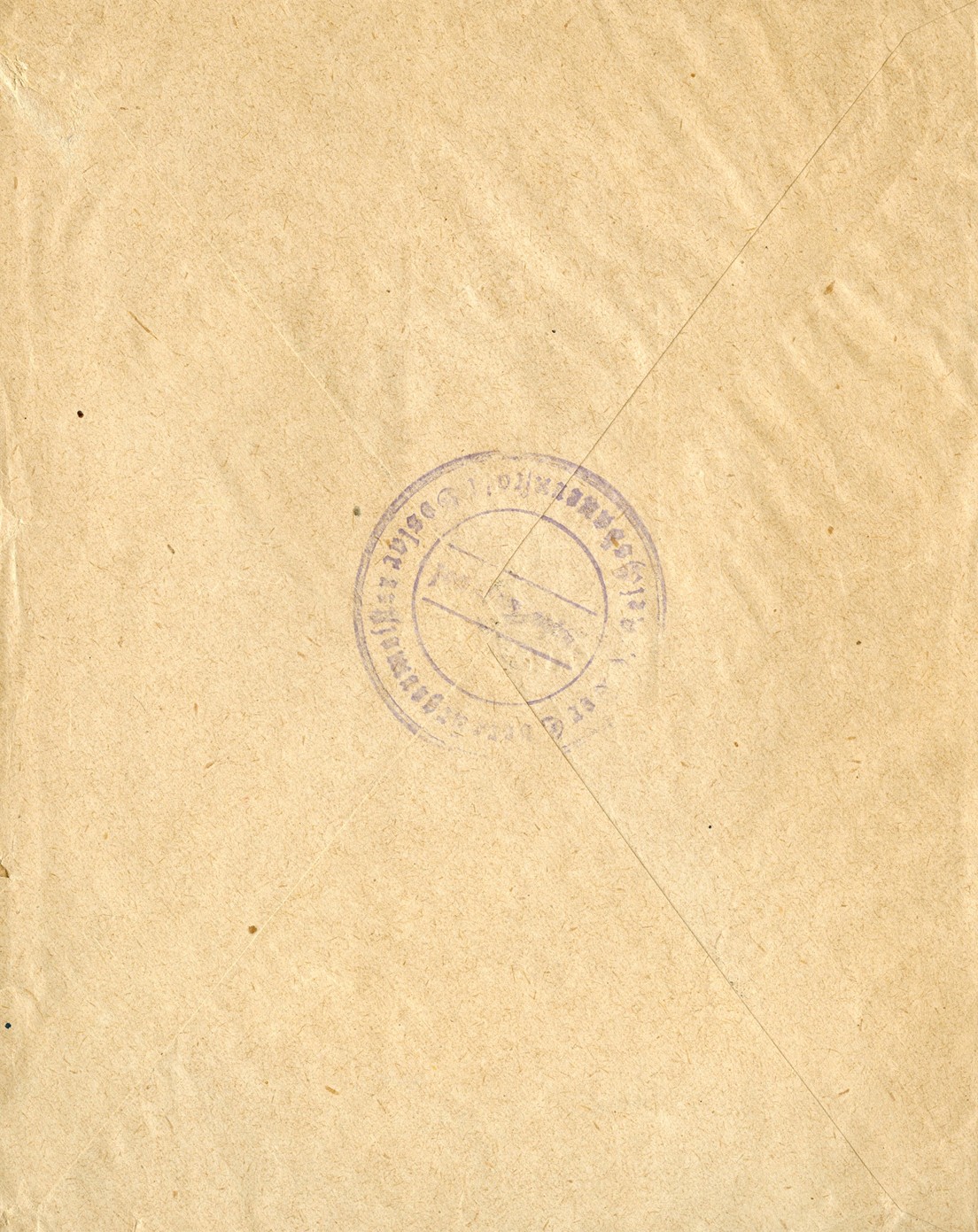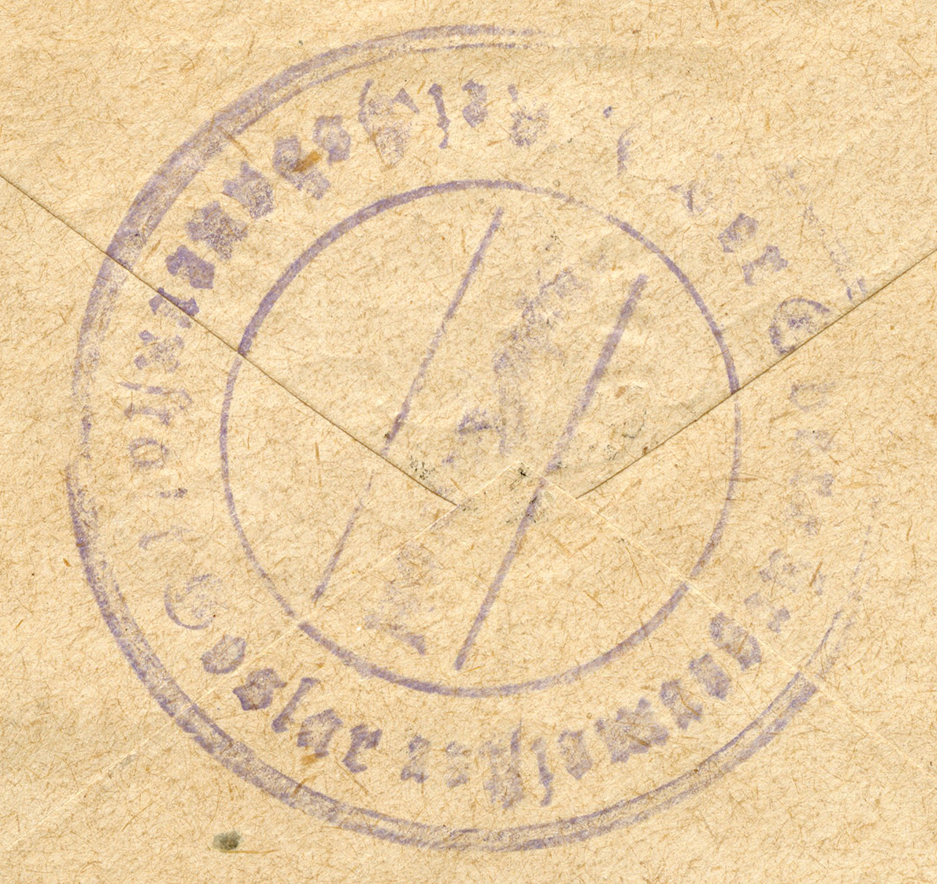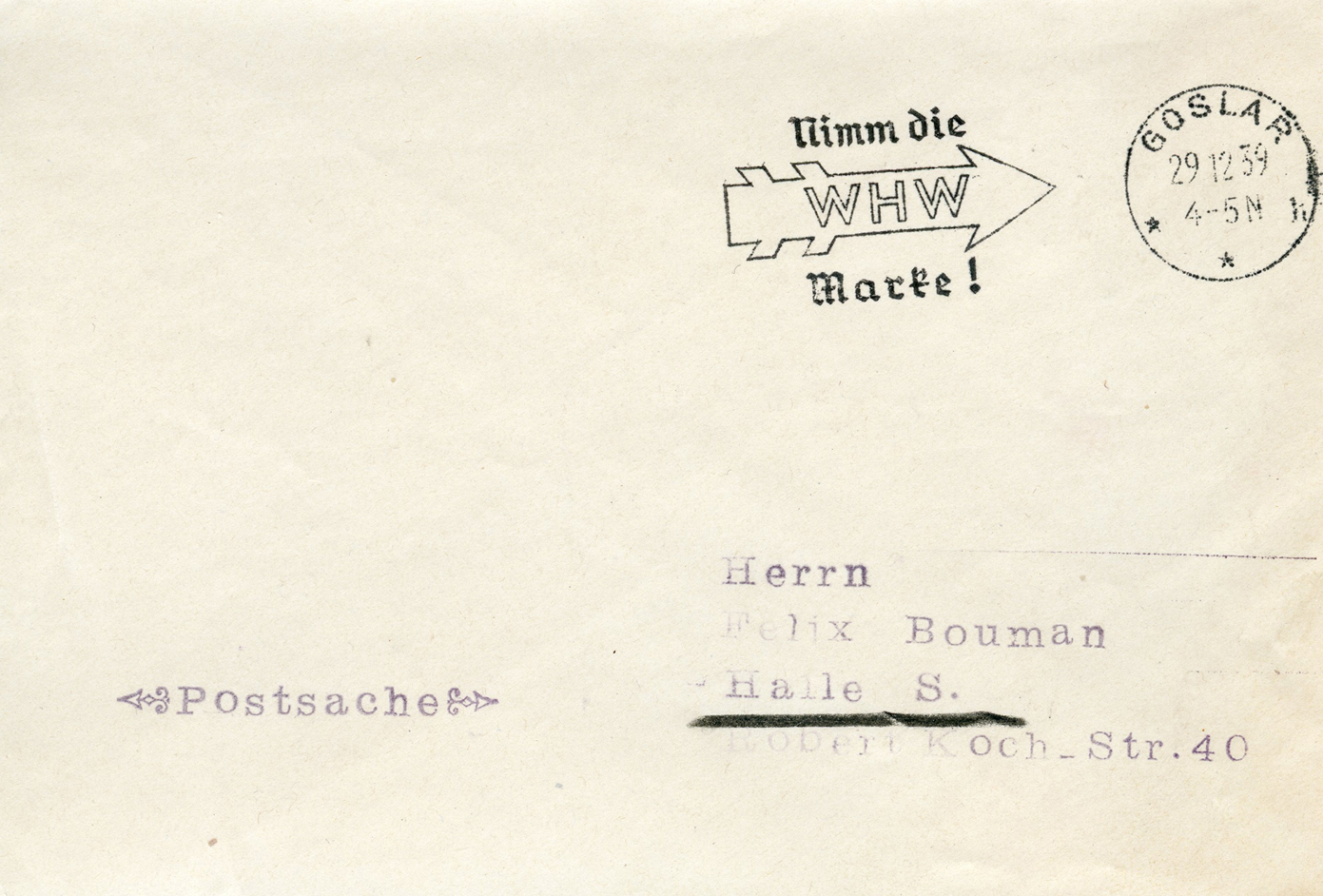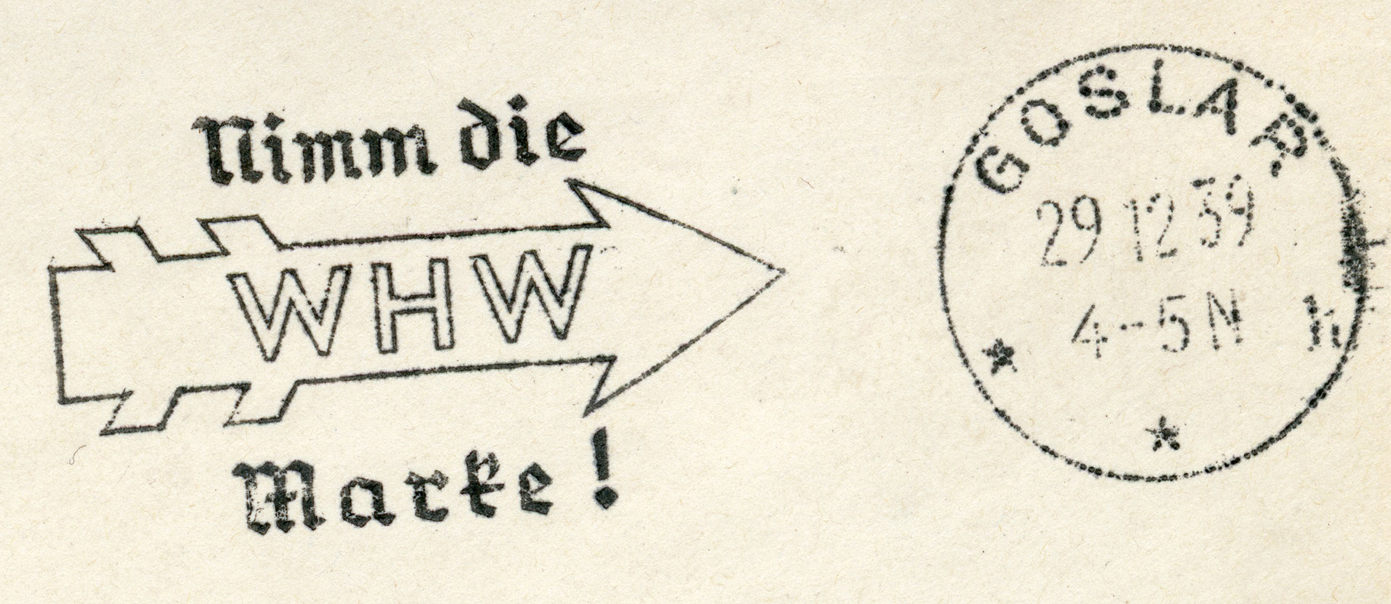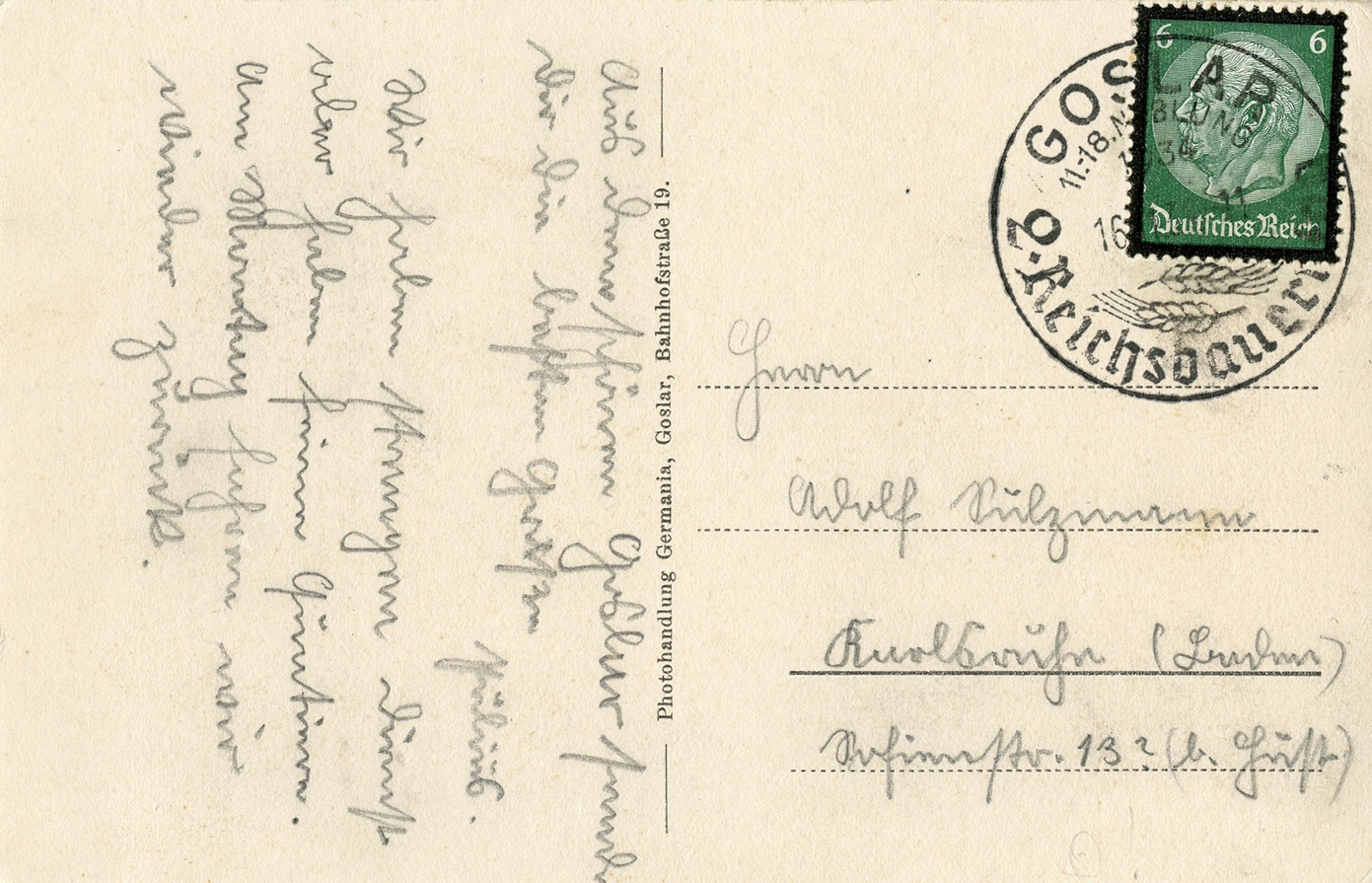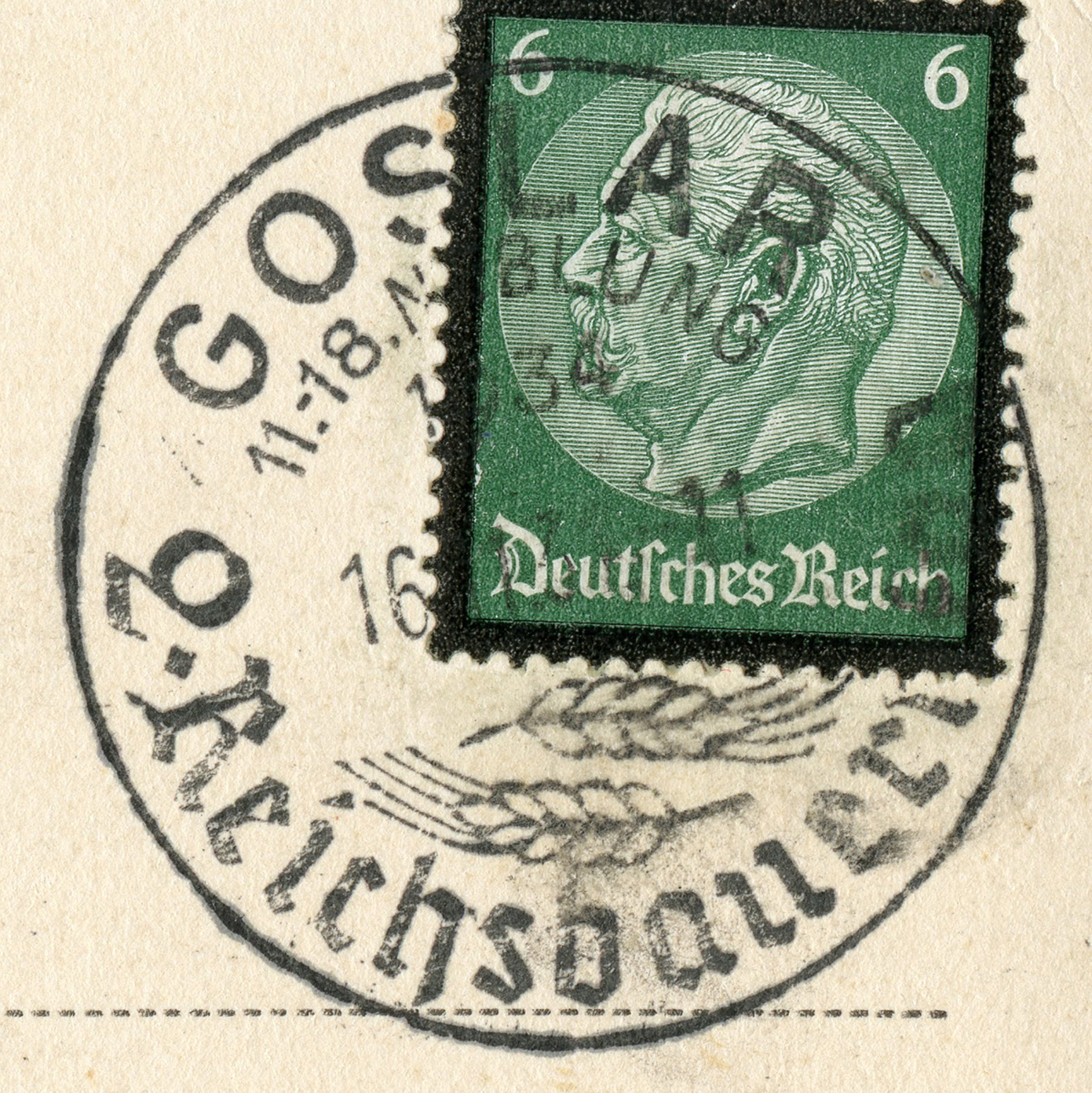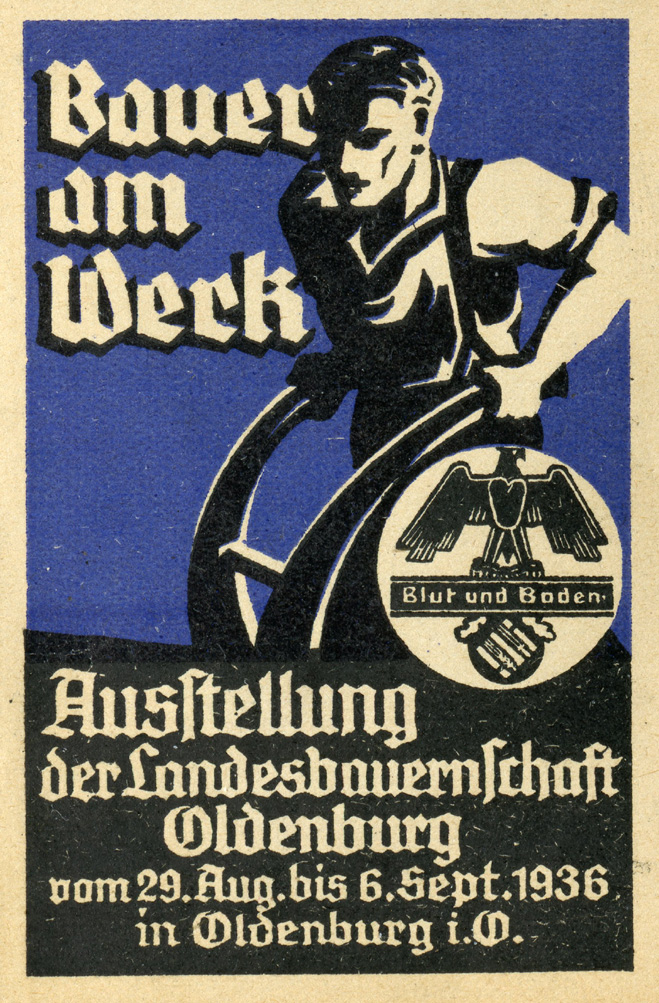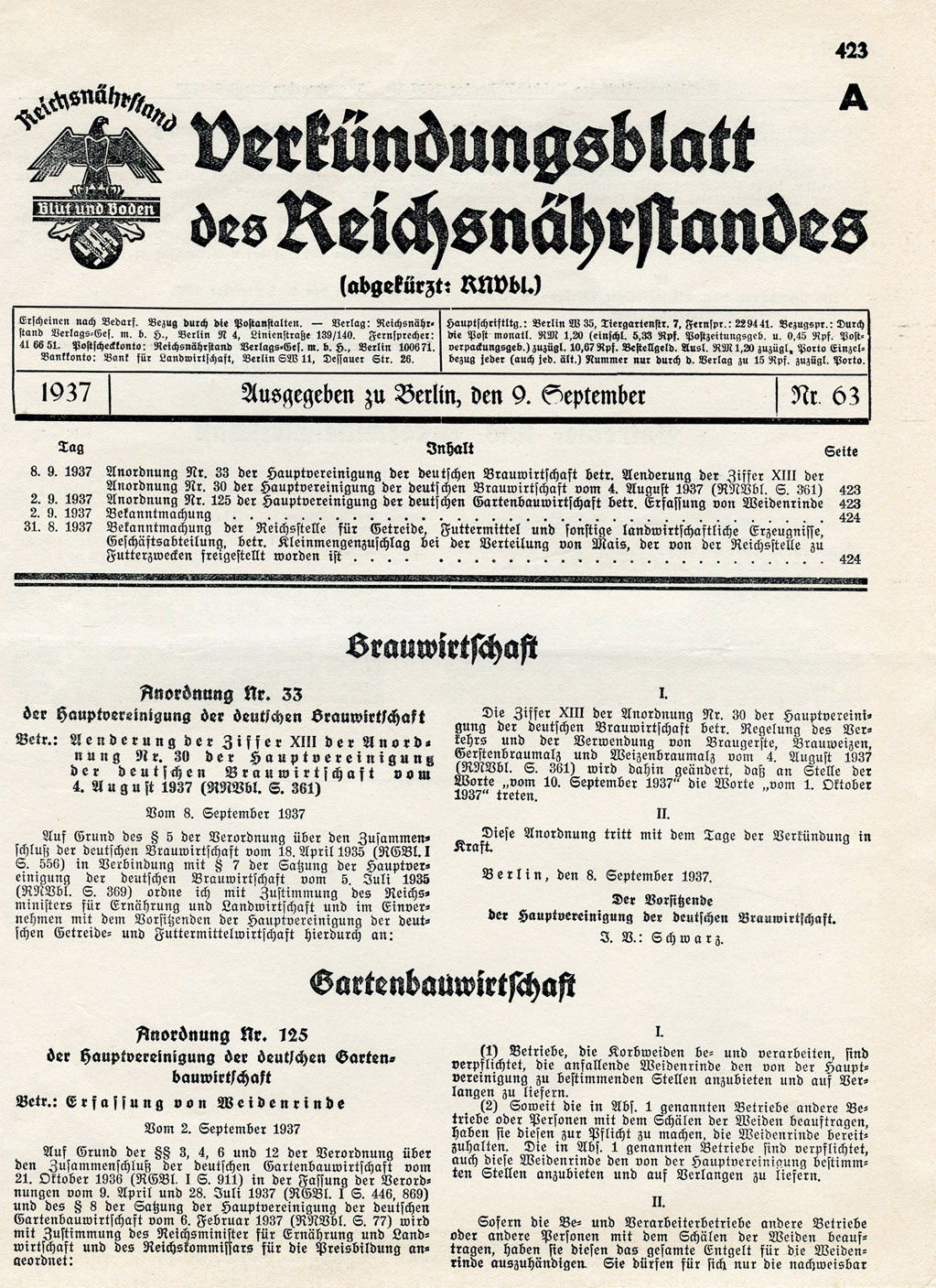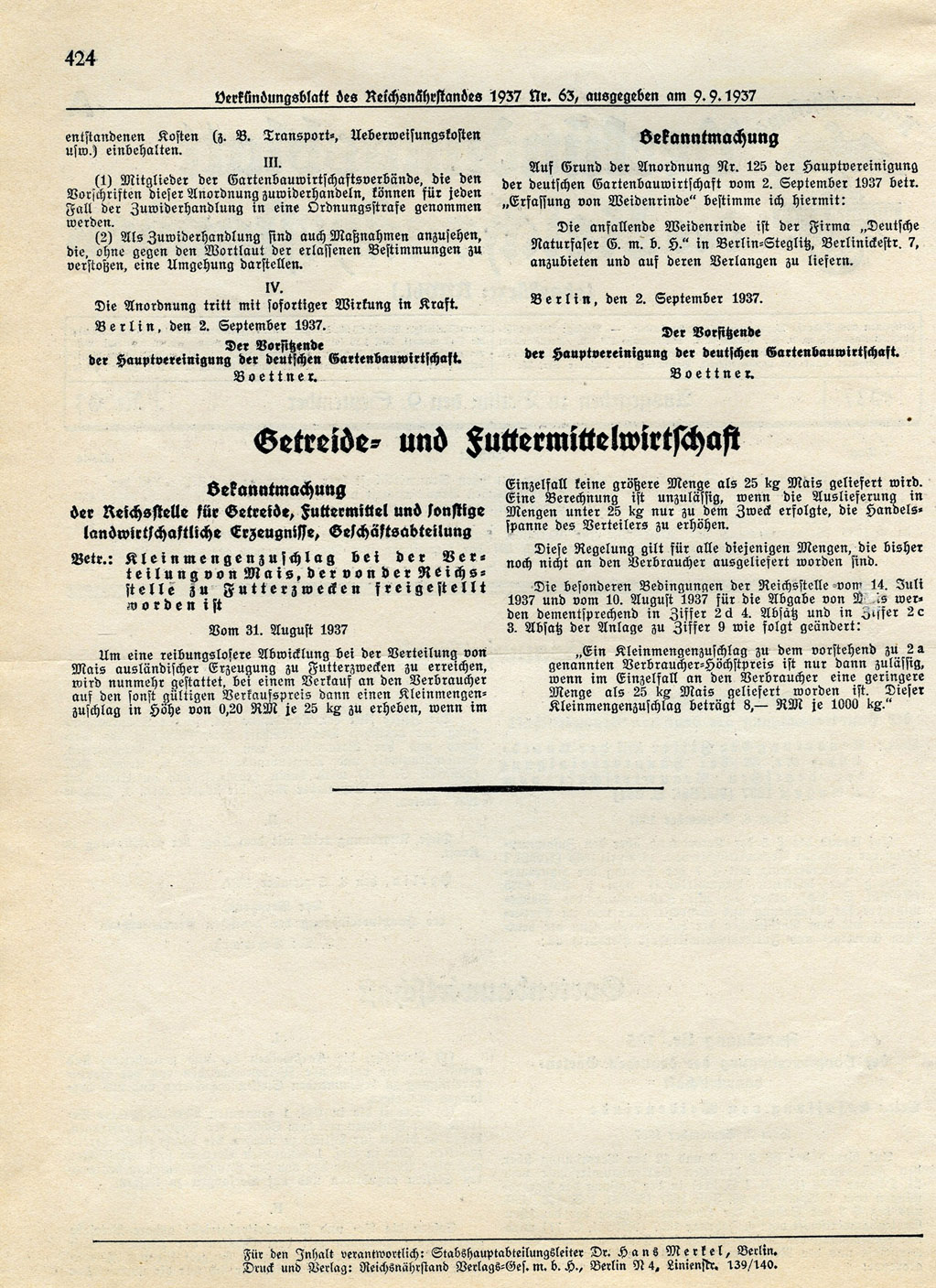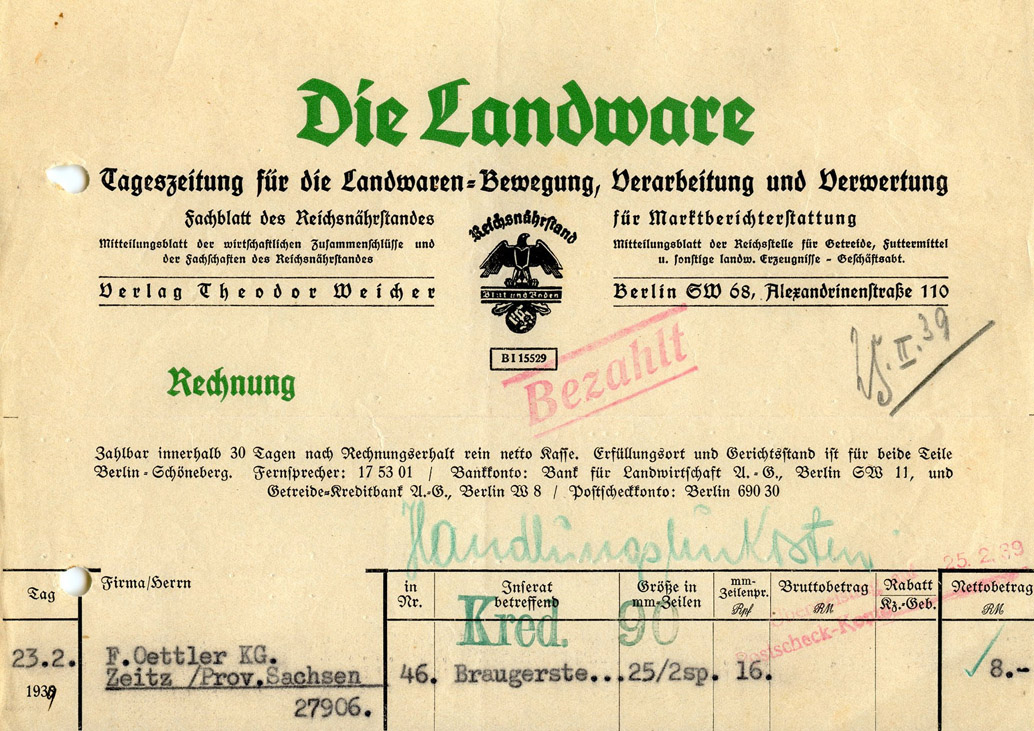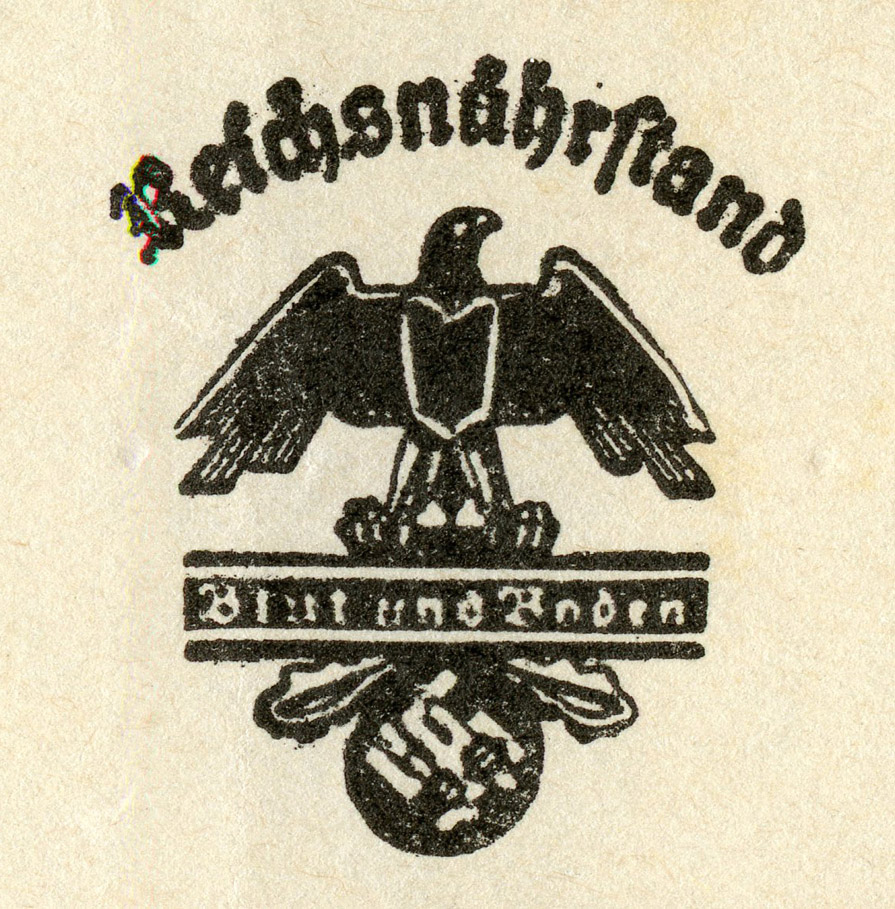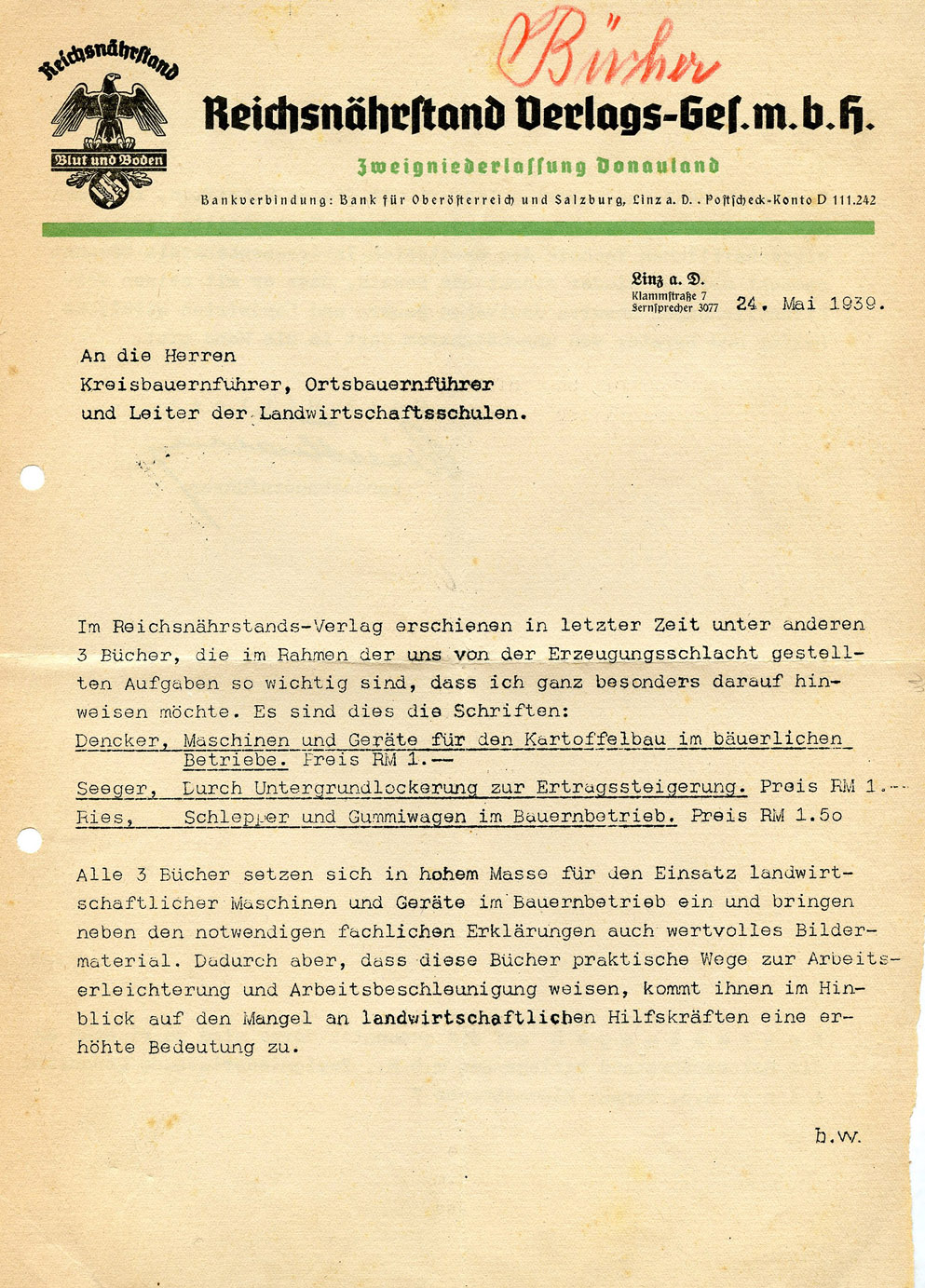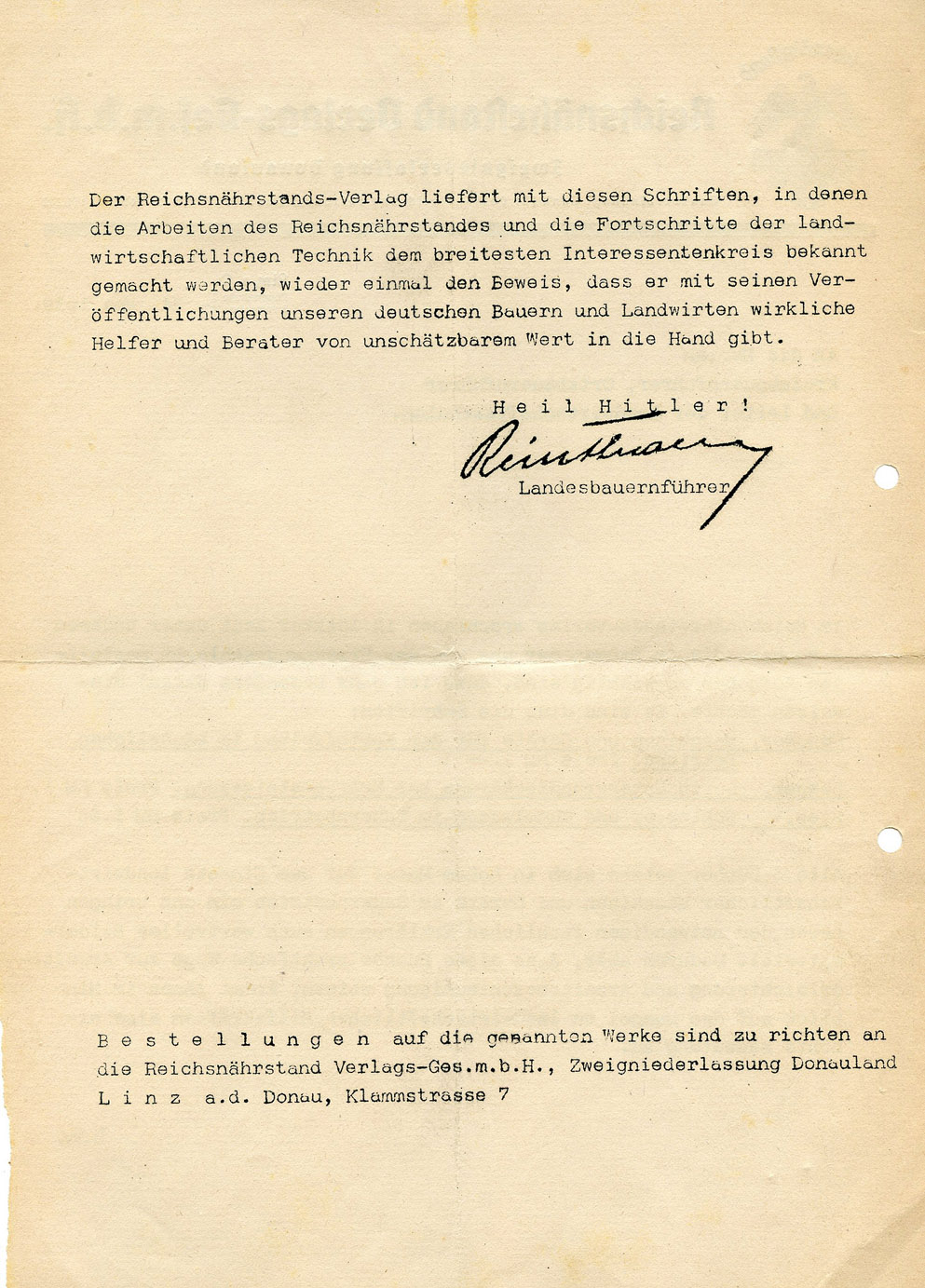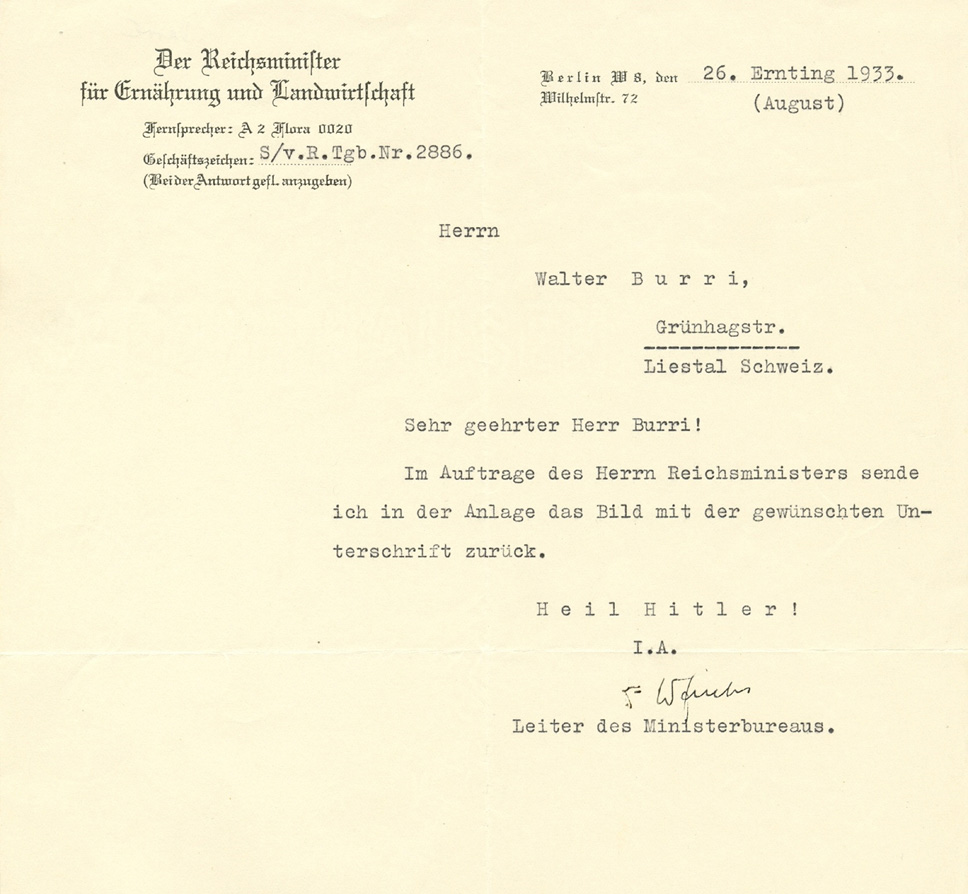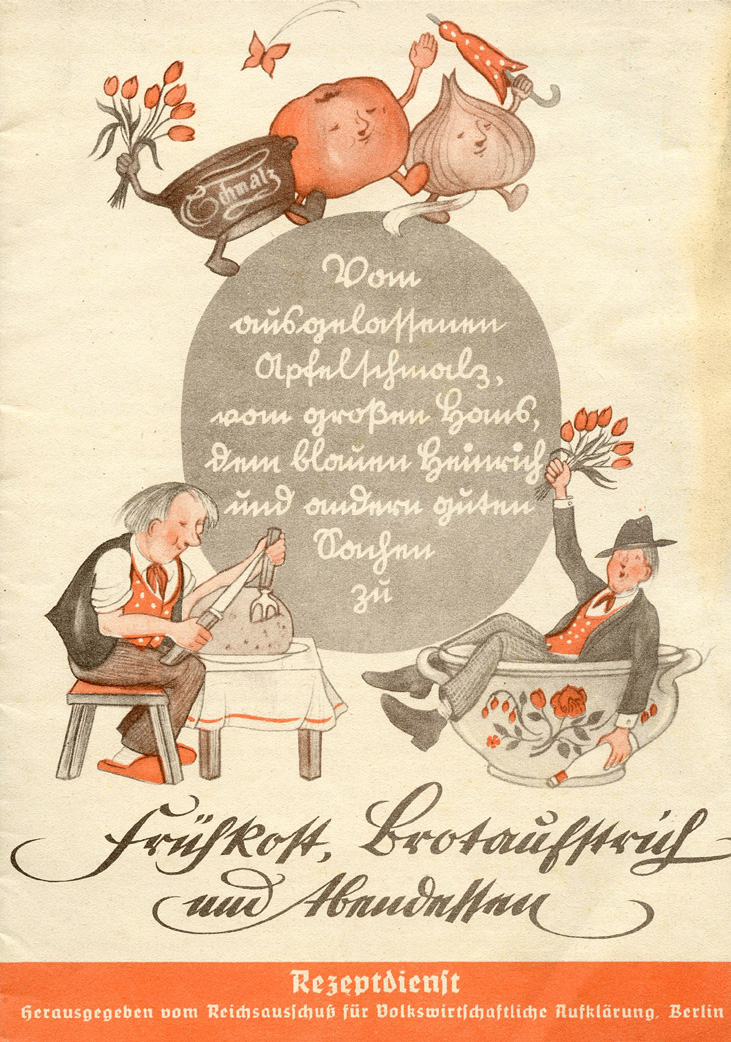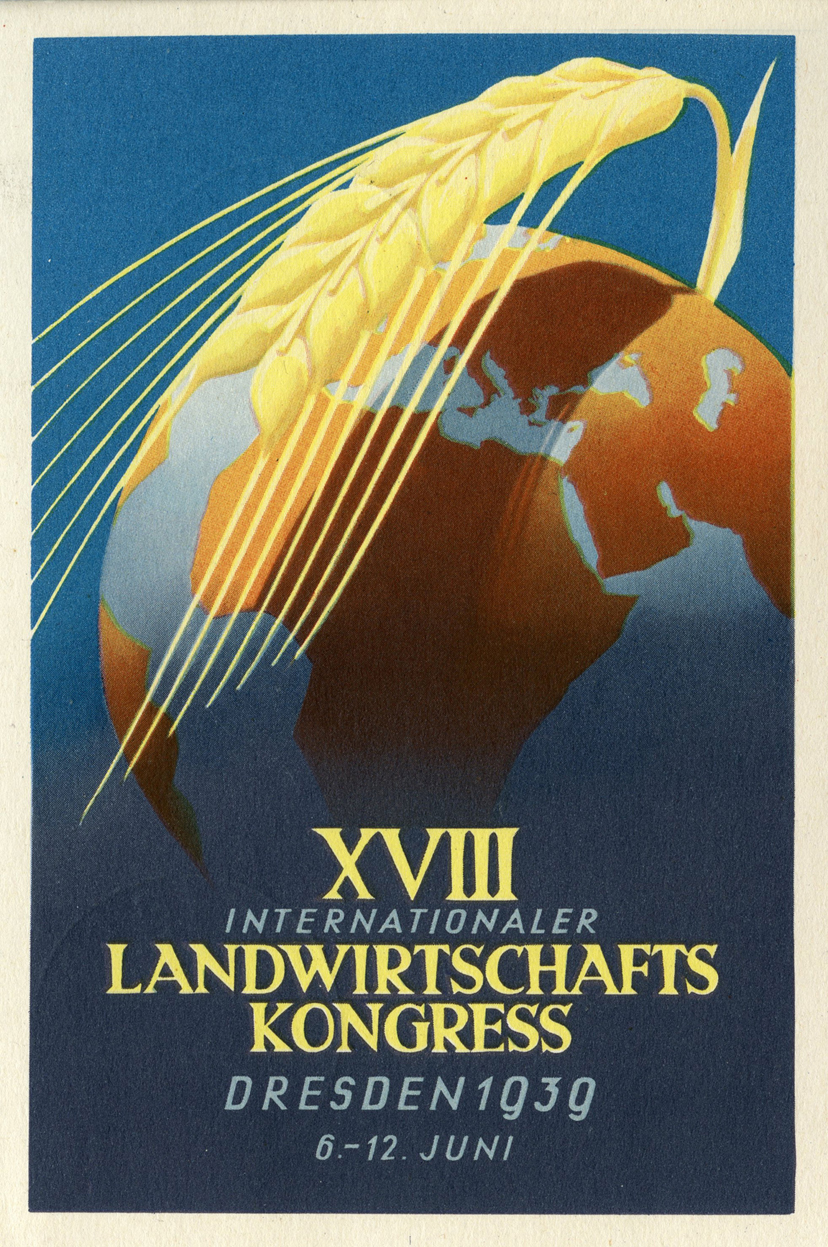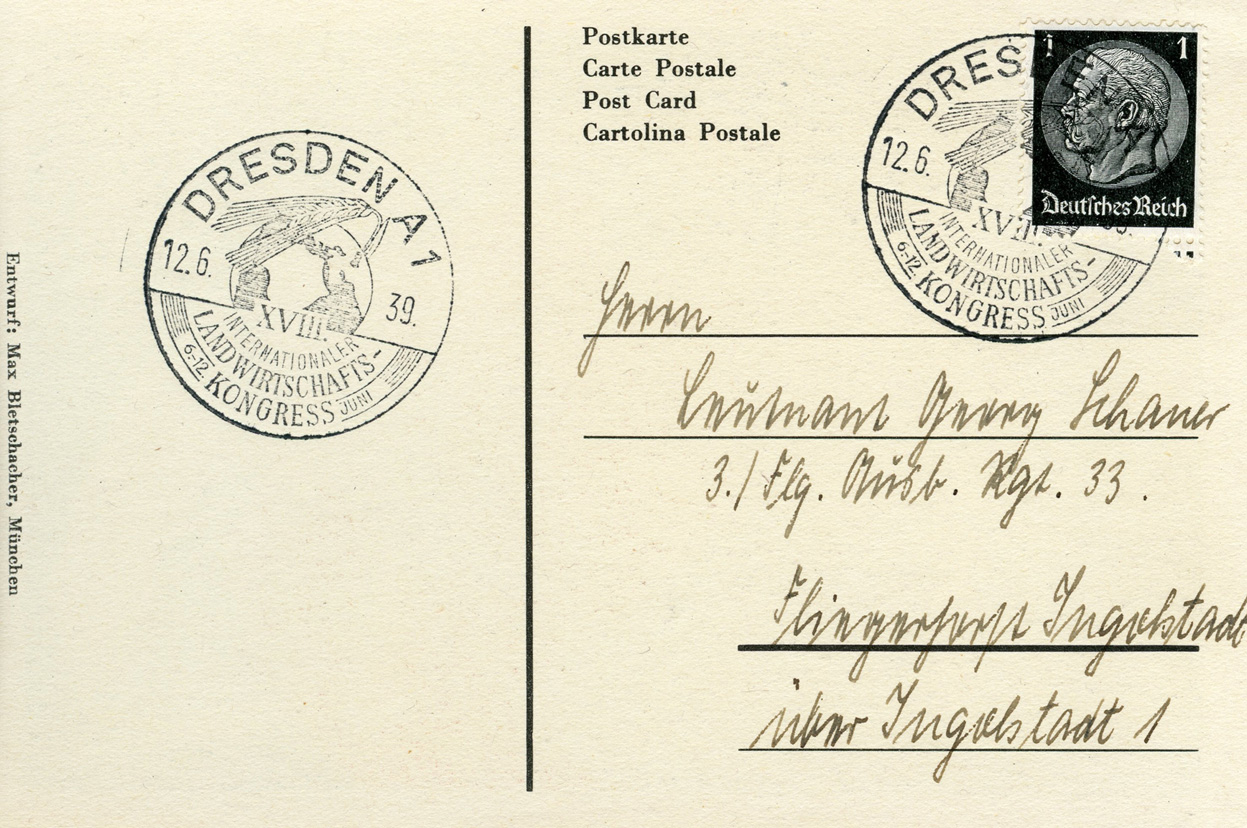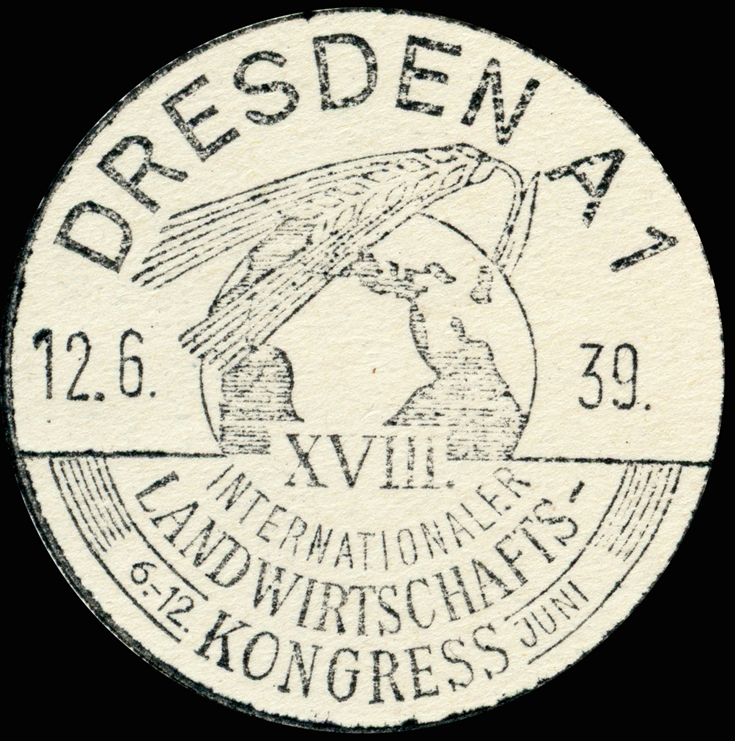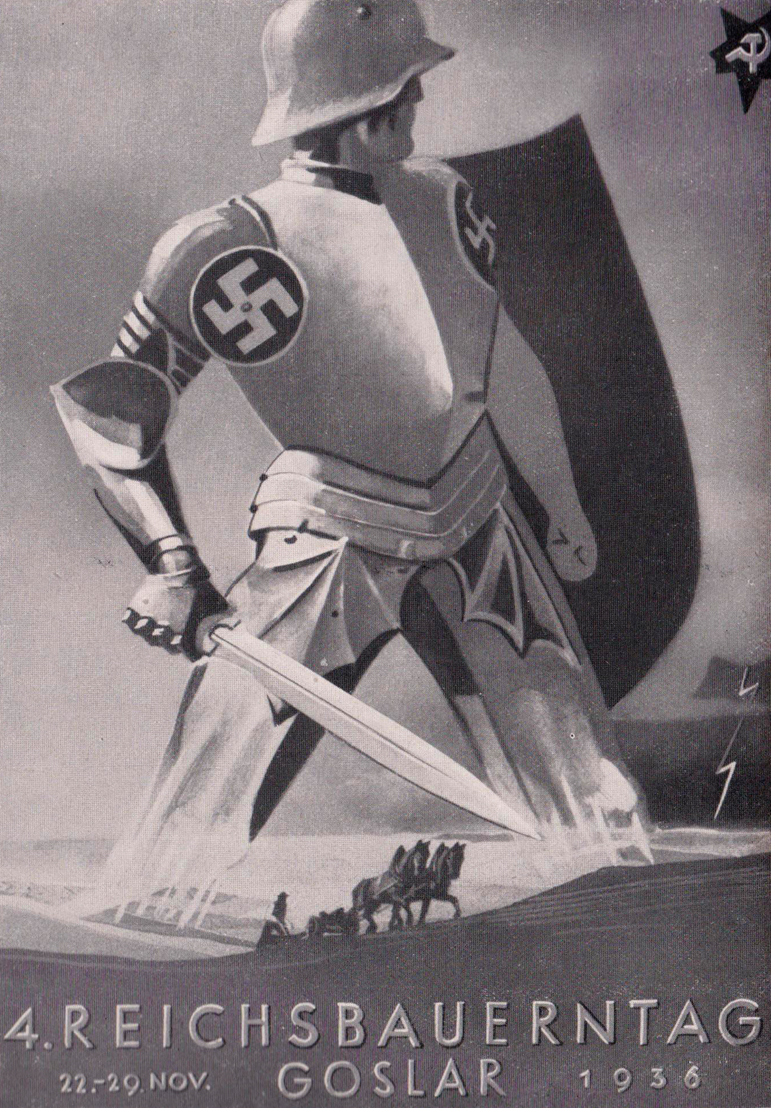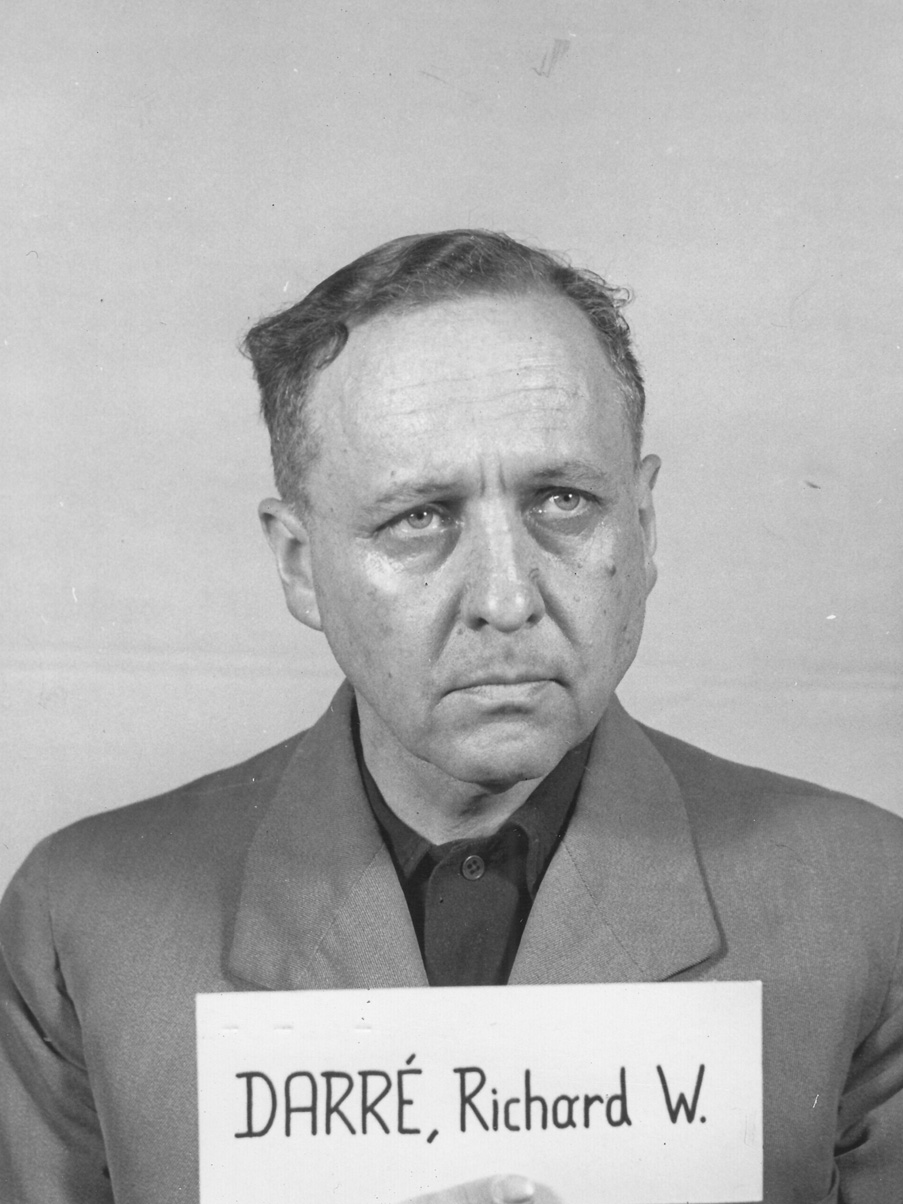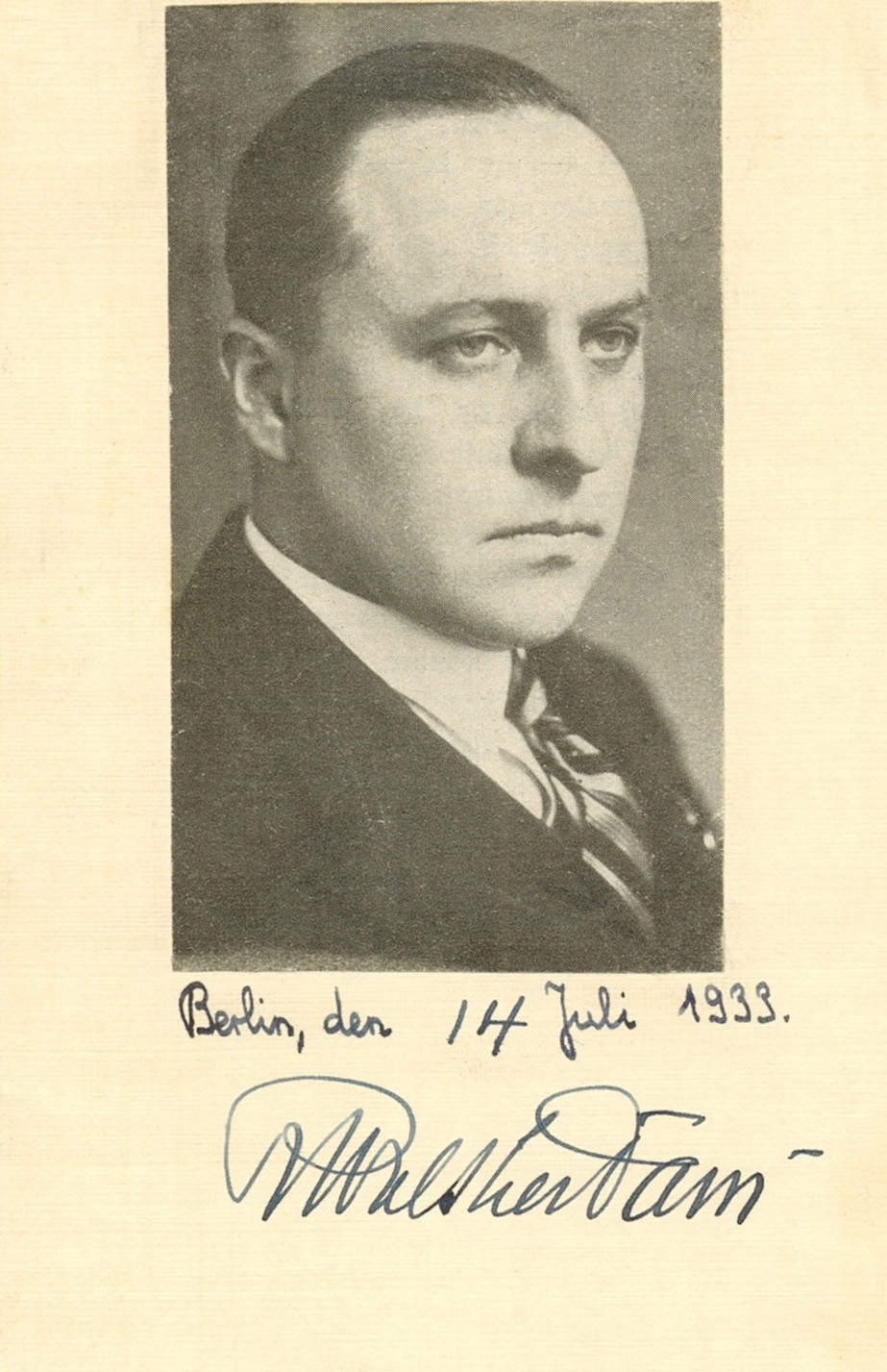[Above: Painting of Darré by Richard Lindmar, 1938. Click to enlarge]
[Above: Painting of Darré]
[Above: Painting of Darré]
[Above: Painting of Darré]
[Above: Postcard for the Deutsches Reichs Erntedankfest (a harvest/Thanksgiving festival) featuring the image of Reichsbauernführer Walther Darré.]
[Above: Postcard.]
[Above: 'Reichsnährstand' 1939 tinnie from Leipzig. The Reichsnährstand was a farming/agriculture branch of the NSDAP.]
[Above: 'Reichsnährstand' 1936 tinnie from Goslar. The Reichsnährstand was a farming/agriculture branch of the NSDAP.]
[Above: 'Reichsnährstand' 1937 tinnie from Goslar.]
[Above: 'Reichsnährstand' 1939 tinnie from Leipzig. The Reichsnährstand was a farming/agriculture branch of the NSDAP.]
[Above: Blut und Boden medal (it was presented on a ribbon). It says: 'Reiehsnährstand' and 'Landesbauernschaft Hessen-Nassau' (State Farmers' Union Hesse-Nassau). Oddly, 'Reiehsnährstand' seems to be spelled wrong, it should be 'Reichsnährstand'. It is extremely rare to find errors like this on Third Reich stuff. Even though this medal is from a reputable auction site, you have to wonder if it could be a fake? Anyway, the Reichsnährstand was an agricultural organization. Click to enlarge.]
[Above: Blut und Boden medal (it was presented on a ribbon). It says: 'Landesbauernschaft Rheinland - Hauptabteilung II -
Provinzial Pferde-Ausstellung 1939' (Rhineland Regional Farmers' Union - Department II - Provincial Horse Exhibition 1939). Click to enlarge.]
[Above: Extremely rare Blood and Soil belt buckle.]
[Above: Blood and Soil stickpin.]
[Above: Blood and Soil newspaper from April 14, 1941.]
[Above: Blood and Soil film case.]
[Above: Blood and Soil enamel sign.]
[Above: Postage cancels: 'Besucht die Reichsnährstand
Ausstellung' (Visit the National Food Fair
Exhibition).]
[Above: Reichsnährstand Exhibition poster.]
[Above: Reichsnährstand Exhibition poster.]
[Above: Reichsnährstand Exhibition advertising stamps.]
[Above: While not Reichsnährstand, the art on this 1931 advertising stamp is so similar I thought I'd file these with the above, since it's a precursor to the organization.
[Above: 1932, it says: Deutsche Landwirtschafts-Gesellschaft
(German Agricultural Society
[Above: The next year's event. It says:
Deutsche Landwirtschafts-Gesellschaft
(German Agricultural Society
[Above: Here is a postcard from May 1959 using the basic design.]
[Above: This postcard was used during the Austrian Anschluss, but doesn't have any connection other than that.
[Above: Close-up.]
[Above: A picture that could have inspired the art above.]
[Above: Goslar cancels from February 28, 1944. Click to enlarge.]
[Above: This is a recycled envelope. If you look closely you'll see they glued paper over the old address. This was due to wartime shortages. The Goslar cancels are from April 5, 1943. Click to enlarge.]
[Above: Close-up. Click to enlarge.]
[Above: Close-up. Click to enlarge.]
[Above: Close-up. Click to enlarge.]
[Above: This is a strange one. I've never seen the cancel before. It says: 'Nimm die WHW Marke!' (Take the WHW brand!). Hmmm... maybe there is a better way to translate it. Goslar cancels from December 29, 1939. Click to enlarge.]
[Above: Close-up. Click to enlarge.]
[Above: This is a postcard from Goslar with what looks to be a carving of a woman churning butter. Click to enlarge.]
[Above: Postcard reverse. Click to enlarge.]
[Above: Close-up. Click to enlarge.]
[Above: This 1936 advertising stamp says:
'Bauer am Werk
(Farmer at work
[Above: Reichsnährstand meter mail envelope from September 17, 1940. Check out the rare fancy typewriter font. The back is blank so I didn't scan it.]
[Above: Close-up.]
[Above: Close-up.]
[Above: Reichsnährstand envelope from February 9, 1938 sent to the DAF (German Workers Front).]
[Above: Reverse of envelope.]
[Above: Close-up.]
[Above: Reichsnährstand envelope from January 31, 1941 sent to Leipzig.]
[Above: Reverse of envelope.]
[Above: Close-up.]
[Above: Tax stamps bearing the 'Blut und Boden' (Blood and Soil) slogan.]
[Above: Tax stamp sheet.]
[Above: Different tax stamps]
[Above: Cover - 'Reichsnährstand - Beitragskarte' (Reich Food Contribution Card). This is an insurance card from the Blood and Soil organization.]
[Above: Inside - The top says:
[Above: Reverse - The top says:
[Below: Blood and Soil administrative contribution card for foreigners. Front.]
[Below: Blood and Soil administrative contribution card for foreigners. Reverse.]
[Above: Reichsnährstand document from September 9, 1937.]
[Above: Eagle close-up.]
[Above: Document reverse.]
[Above: Reichsnährstand document from February 23, 1939.]
[Above: Eagle close-up.]
[Above: Reichsnährstand document from May 24, 1939.]
[Above: Eagle close-up.]
[Above: Document reverse.]
[Above: Official letterhead. Please note an interesting detail in the letterhead. The writer used the Germanic month name
'Ernting' and added the corresponding Latin month name 'August' in brackets. Looking closer at the word 'Ernting' we find the German word 'Ernte' (harvest). The word 'Ernting' means 'The month in which the grain harvest is brought in.' Click to enlarge.]
[Above: An award certificate signed by Reichsführer-SS Heinrich Himmler awarding Darré an SS sword. It says:
'Der Reichsführer-SS
Nürnberg, 15. September 1935
SS-Obergruppenführer Darré
Chef des Rasse- und Siedlungshauptamtes.
Ich verleihe Ihnen den Degen der SS
Ziehen Sie ihn niemals ohne Not!
Stecken Sie ihn niemals ein ohne Ehre!
Wahren Sie Ihre eigene Ehre ebenso bedingungslos, wie Sie die Ehre
anderer zu achten und für Schutzlose ritterlich einzutreten haben!
Dieser Degen soll in Ihrer Sippe Besitz verbleiben, wenn Sie ihn ein Leben
lang untadelig getragen haben. Scheiden Sie vorher aus der SS aus, so
fällt er zurück an den Reichsführer-SS.
Vergessen Sie keinen Augenblick, welch großes Vertrauen die Schutzstaffel
Adolf Hitlers Ihnen durch Verleihung dieser Waffe geschenkt hat.
Bleiben Sie in guten und schlechten Tagen immer der Gleiche!
Führen Sie den Degen in Ehren!
H. Himmler'
(The Reichsführer-SS Nuremberg, September 15, 1935
SS-Obergruppenführer Darré
Chief of Race and Settlement Main Office.
I award you the SS Sword
Never pull it out unless necessary!
Never put it away without honor!
Protect your own honor as unconditionally as you must respect
the honor of others and stand up for the defenseless in a knightly manner!
This sword shall remain in your clan's possession if you have carried it
faultlessly throughout your life. If you leave the SS before this time,
it will revert back to the Reichsführer-SS.
Don't forget for a moment the great trust that Adolf Hitler's Schutzstaffel
has placed in you by awarding you this weapon.
Always remain the same in good times and bad!
Carry the sword with honor!
H. Himmler)]
[Above: The quote by Adolf Hitler says: 'Im Bauerntum liegt die unversiegliche Quelle unserer Kraft' (In the peasantry lies the inexhaustible source of our power). This is a Blut und Boden (Blood and Soil) postcard.]
[Above: Here is a rare postcard from 1934. It says: Reich Farmer's Day' in Goslar.]
[Above: Postcard reverse showing special Goslar cancel.]
[Above: This is a Blut und Boden (Blood and Soil) postcard celebrating 'Imperial Farmer's Day' in the town of Goslar.]
[Above: Writing on reverse of postcard.]
[Above: This postcard says: '4. Reichskleingärtnertag' (4th Reichs Small Gardener Day).]
[Above: Postcard showing the state headquarters of Blood and Soil in Goslar, a historic town in Lower Saxony, Germany. It is situated at the foot of the Harz mountains.]
[Above: another shot.]
[Above: Blood and Soil certificate.]
[Above: Recipe book by Reichsnährstand. Click on the picture to see the whole recipe book.]
[Above: Postcard for the 1939 'Internationaler Landwirtschafts Kongress' (International Agricultural Congress). Click to enlarge.]
[Above: Postcard reverse. Click to enlarge.]
[Above: Close-up of cancel. Click to enlarge.]
[Above: Postcard from 1932.]
[Above: Special cancel for the postcard above - 'Ernte Danktag' (Harvest Thanksgiving Day).]
[Above: B/W version. Click to enlarge.]
[Above: The entrance to Darré's headquarters -- note the tapestry with the irminsul symbol -- it says: 'No people lives longer than the documents of its culture'.]
[Above: Different edit.]
[Above: Another angle.]
[Above: Here is a modern copy of the tapestry.]
[Above: Darré as a child]
[Above: Darré while studing in Witzenhausen]
[Above: During WWI in the trenches of Champagne, France]
[Above: As a lieutenant in WWI]
[Above: Circa 1933]
[Above: Sometime around 1931, with Alfred Ploetz, Margarethe Schultze-Naumburg, Wilhelm Frick, Hans F.K. Günther, Walther Darré, Margarete Charlotte v. Vietinghoff, Hanno Konopacki-Konopath and Hans Severus Ziegler]
[Above: Walther Darré with wife and child]
[Above: Walther Darré]
[Above: Walther Darré wearing his Golden Party Badge]
[Above: Walther Darré]
[Above: The Reich government on March 16, 1935 with the adoption of the law on the construction of the Wehrmacht. From left: Johannes Popitz, Hanns Kerrl, Walther Darré, Hans Frank, Paul von Eltz-Rübenach]
[Above: Reich Nutrition Exhibition, Munich 1937.]
[Above: Reich Nutrition Exhibition, Munich 1937.]
[Above: Reich Nutrition Exhibition, Munich 1937.]
[Above: Walther Darré, circa 1939]
[Above: Walther Darré]
[Above: Walther Darré]
[Above: Walther Darré]
[Above: Adolf Hitler takes office and has a picture taken with his staff on January 30, 1933 in the "Kaiserhof"]
[Above: Adolf Hitler and his cabinet. Darré is third from left.]
[Above: 15 years of NSDAP, 1935: Reich Treasurer Schwarz, Reich Leader Wilhelm Grimm, Julius Streicher and in the background Himmler and Darré.]
[Above: Walther Darré and Adolf Hitler]
[Above: Walther Darré in Goslar, 1937]
[Above: Walther Darré in Goslar, 1937]
[Above: Walther Darré and entourage cutting through the crowds at Bückeberg]
[Above: Walther Darré speaking at the Goslar Hall on Reich Farmers' Day, 1935]
[Above: Walther Darré]
[Above: Walther Darré]
[Above: Walther Darré]
[Above: Walther Darré]
[Above: Walther Darré speaking at the Gransee Farmers' College]
[Above: Walther Darré speaking in Bückeberg, 1933]
[Above: Meeting of the Reich Leaders in Munich: Viktor Lutze, Reich Inspector and Deputy Reich Organization Leader Rudolf Schmeer, Walther Darré, Mayor Karl Fiehler, Hans Frank and Joseph Goebbels, 1935.]
[Above: Adolf Hitler and Walther Darré at a rally in Bückeberg, 1935]
[Above: Walther Darré speaks at Reich Farmers' Day, 1935]
[Above: Walther Darré]
[Above: Walther Darré]
[Above: Walther Darré]
[Above: Walther Darré]
[Above: Walther Darré on an election trip on the express train with Herbert Backe]
[Above: Walther Darré speaking at the Garden Show, 1939]
[Above: Walther Darré at the Garden Show, 1939]
[Above: Walther Darré]
[Above: Walther Darré]
[Above: Green Week, 1939]
[Above: Walther Darré]
[Above: Walther Darré speaking at the 1937 Reichsparteitag]
[Above: Walther Darré at Reich Farmers' Day, Goslar Hall]
[Above: Walther Darré]
[Above: Walther Darré and Hermann Göring and his wife with a delegation of farmers on April 9, 1935]
[Above: Walther Darré at Reich Farmers' Day, 1935]
[Above: Walther Darré at Reich Farmers' Day, 1935]
[Above: Walther Darré]
[Above: Walther Darré]
[Above: Walther Darré]
[Above: Adolf Hitler, Rudolf Hess, Walther Darré and others in the Reichstag, January 30, 1937]
[Above: Adolf Hitler, Rudolf Hess, Walther Darré and others in the Reichstag, January 30, 1937]
[Above: Walther Darré]
[Above: Adolf Hitler and Walther Darré]
[Above: Adolf Hitler and Walther Darré]
[Above: Walther Darré]
[Above: Walther Darré at Adolf Hitler's 50th birthday celebration, April 20, 1939]
[Above: Walther Darré]
[Above: Selde, Darré, Backe and Himmler]
[Above: Adolf Hitler takes a walk with Darré, Führer's Headquarters 'Felsennest', 1940]
[Above: Darré and Goebbels]
[Above: Darré and Himmler]
[Above: Group photo of an SS wedding]
[Above: Hermann Göring, Heinrich Himmler and Walther Darré (2nd from right)]
[Above: Walther Darré on the pages of a calendar]
[Above: Darré's signature.]
[Above: Darré's Allied mugshots.]
[Above: Click to enlarge.]
[Above: Darré on trial in the Allied kangaroo court.]
[Above: Darré's house before renovation, in Berlin-Dahlem, at Hirschsprung 42.]
[Above: After renovation.]
[Above: Another view of the house.]
[Above: Floor plans.]
[Above: View from the garden terrace to the swimming pool, marble figure by Alfred Sachs.]
[Above: Garden house next to the terrace.]
[Above: Inside the manor - beautiful simplicity.]
[Above: Inside the manor - beautiful simplicity.]
[Above: Inside the manor - beautiful simplicity.]
[Above: Inside the manor - beautiful simplicity.]
[Above: Inside the manor - beautiful simplicity.]
[Above: Inside the manor - beautiful simplicity.]
[Above: Inside the manor - beautiful simplicity.]
[Above: Darré's grave.]
[Below: The original colored draft of the crest can be seen at the new Wewelsburg museum in the SS exhibition.
It says:
'Durch Führung und Zeugung Erhaltung der götlichen Ordnung
Meiner Schwester Ilse zugeeignet'
(Preservation of the Divine Order Through Leadership and Procreation
Dedicated to my sister Ilse).]
[Above: A book about Darré]
[Above: A book inscribed by Darré]
[Above: Blut und Boden on the cover of the NSDAP publication Der Schulungsbrief]
[Above: Reichsnährstand advertised on a poster for Landpost]
[Above: Reichsnährstand's Odal magazine]
[Above: Reichsnährstand's Odal magazine]

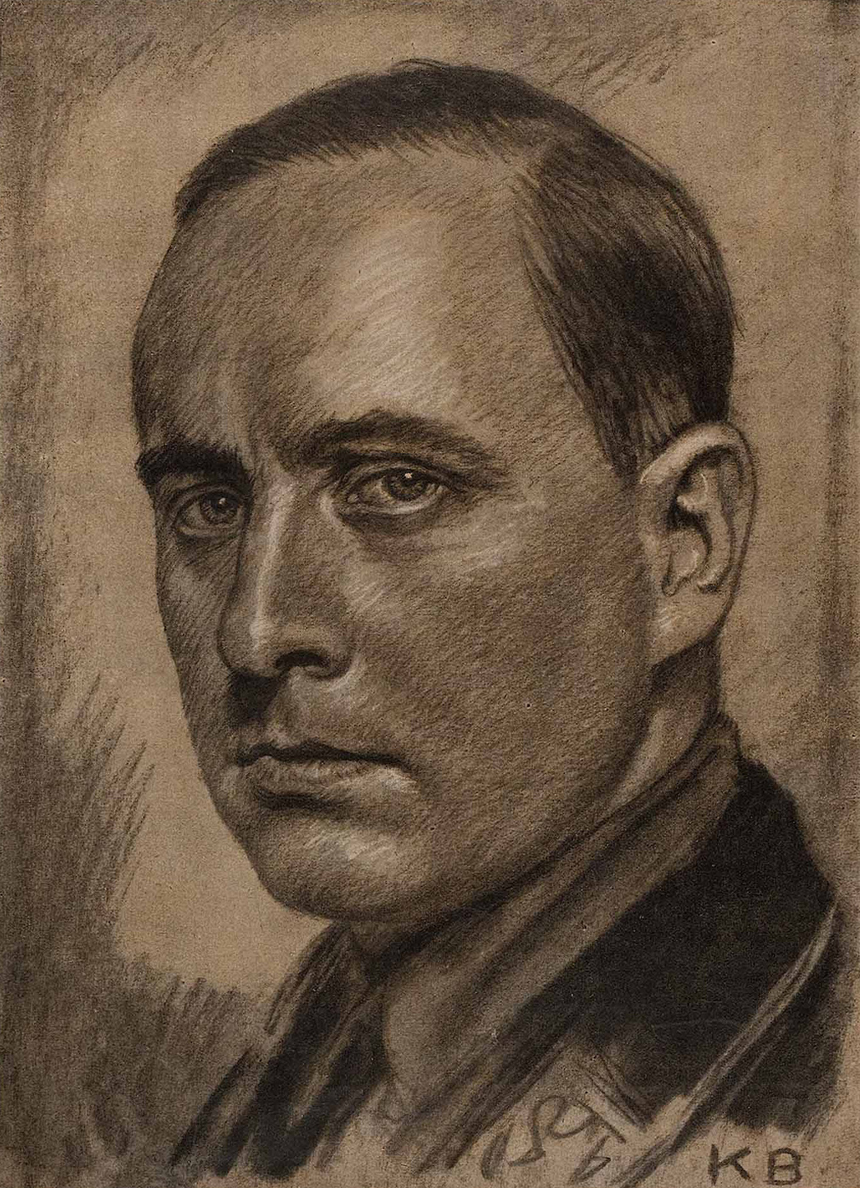

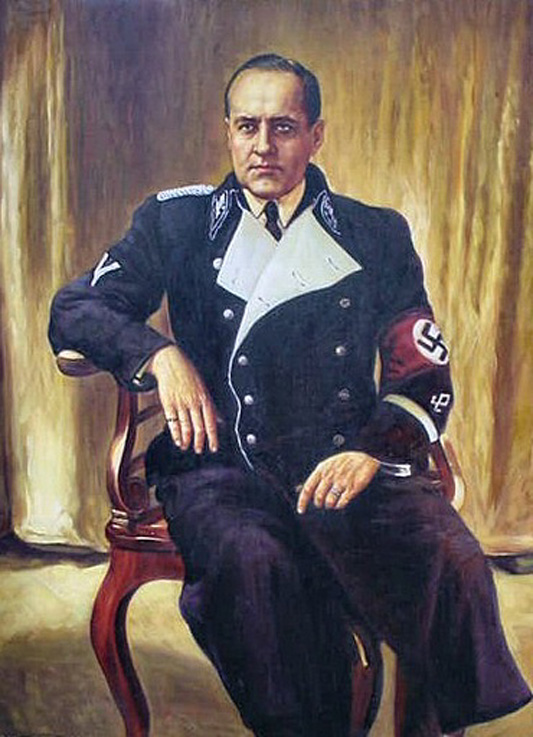

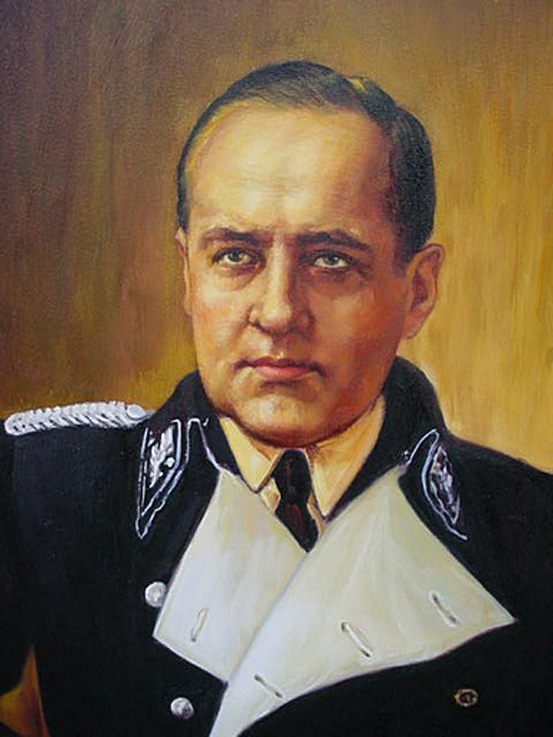
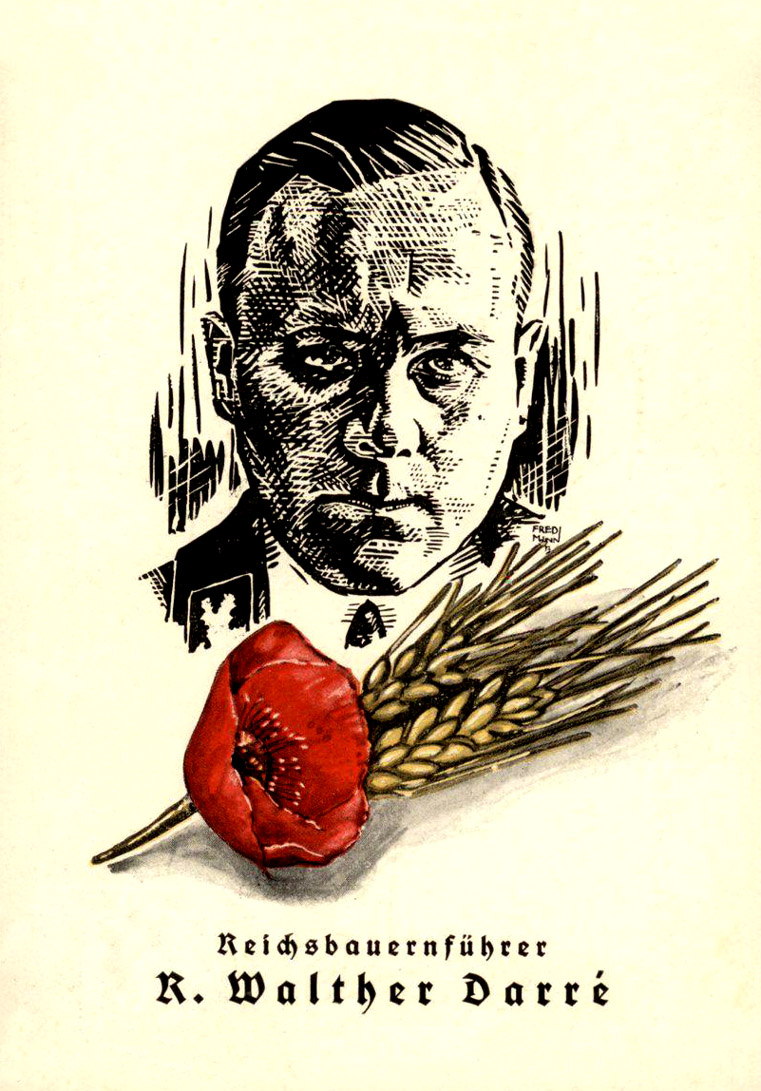
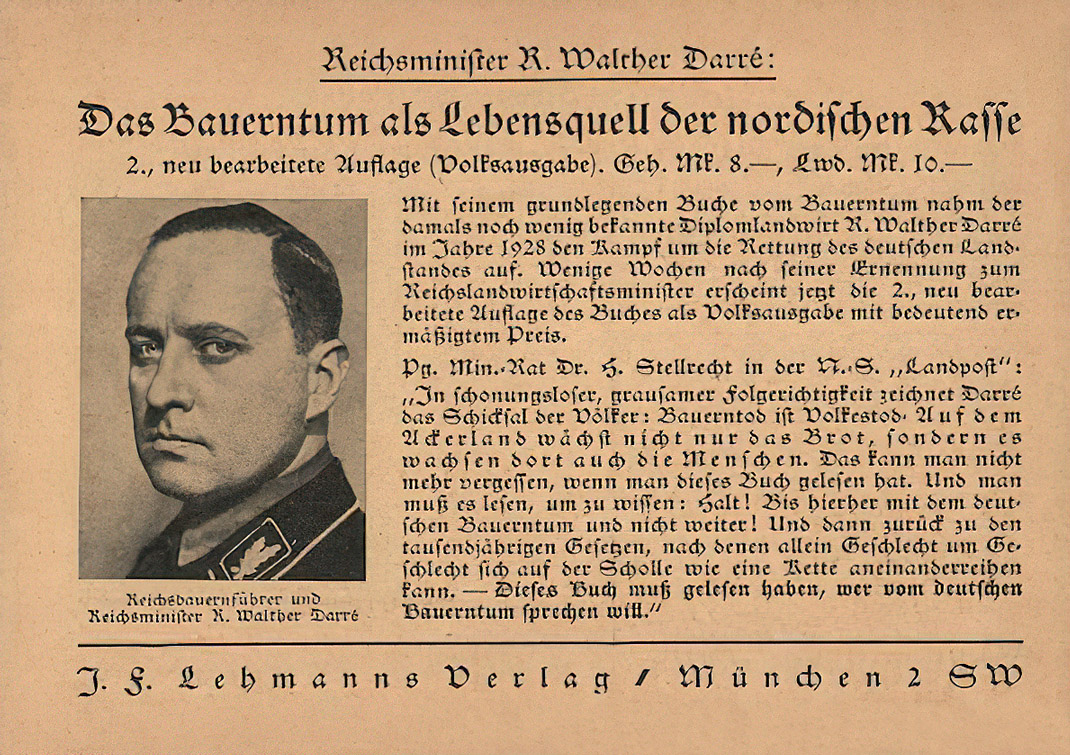
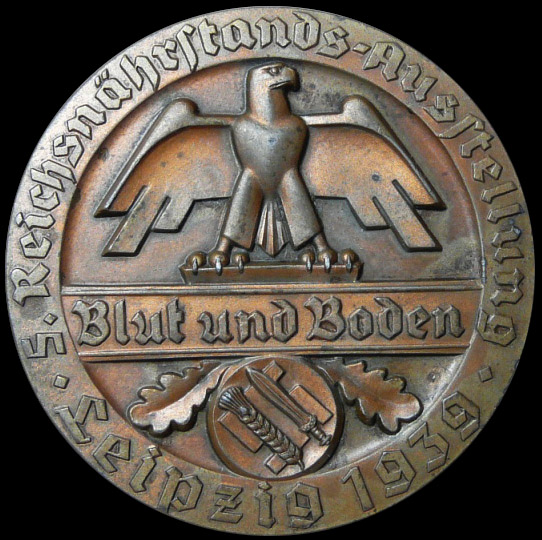
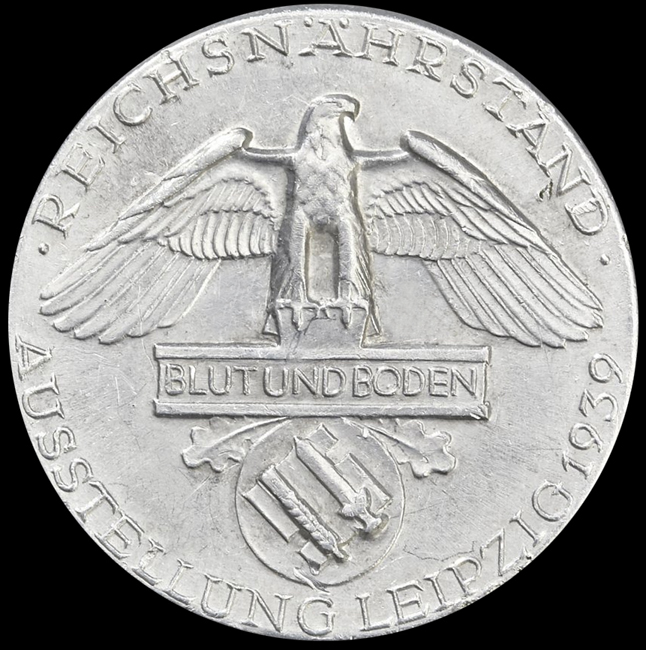

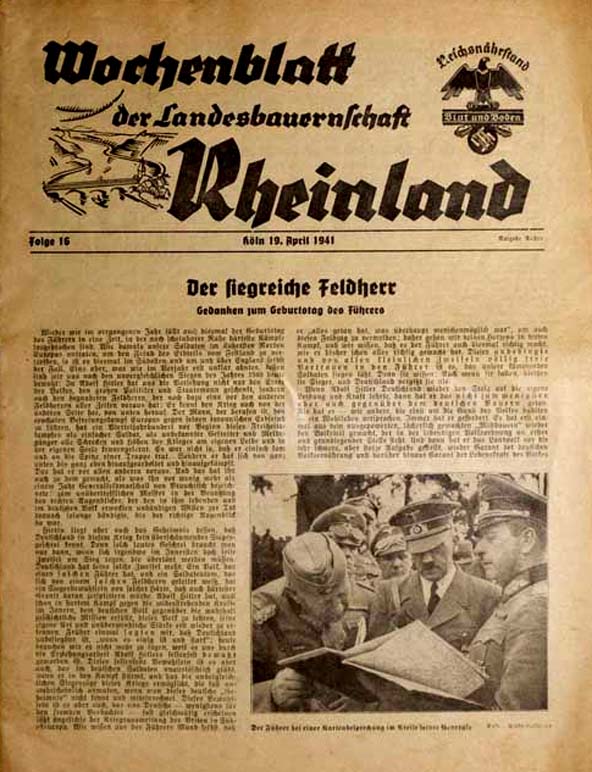

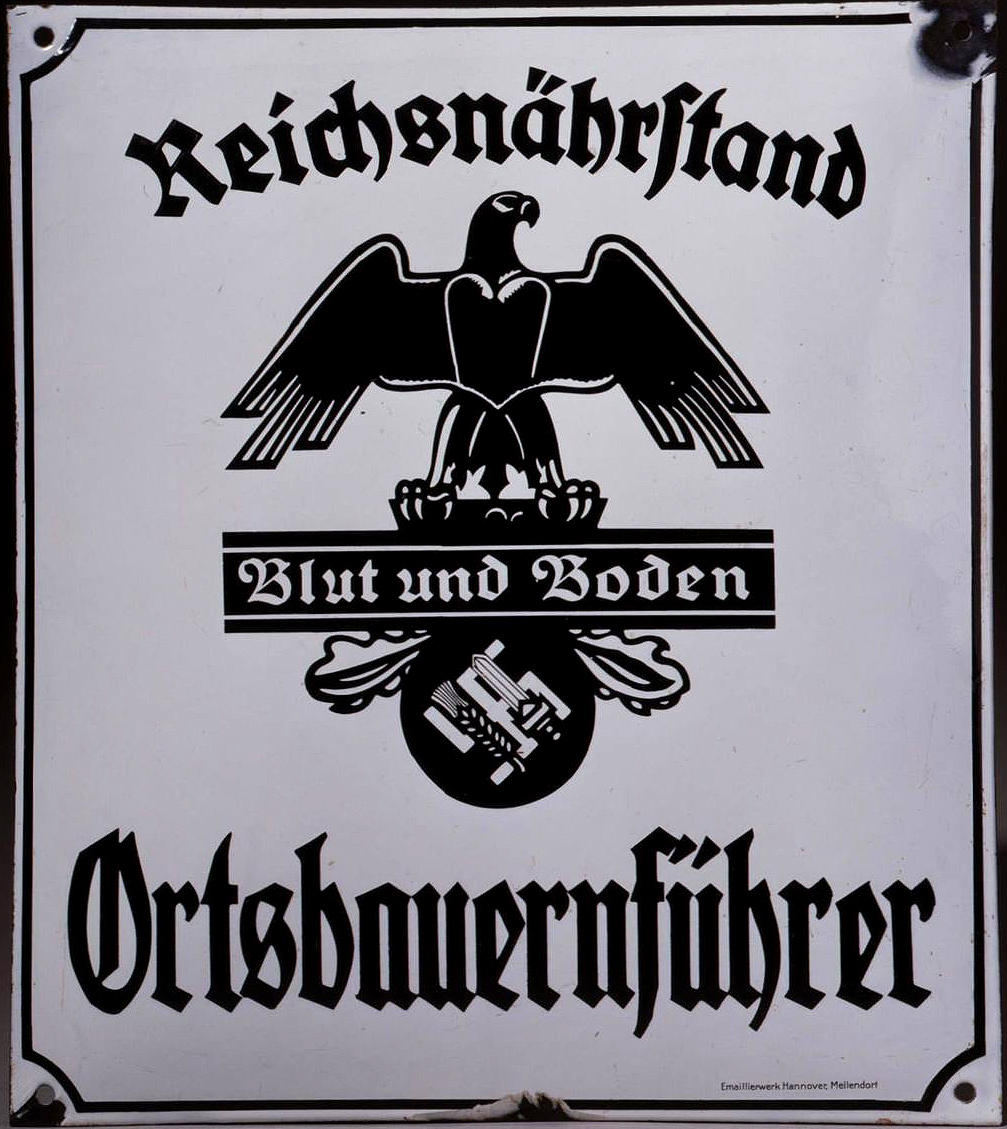
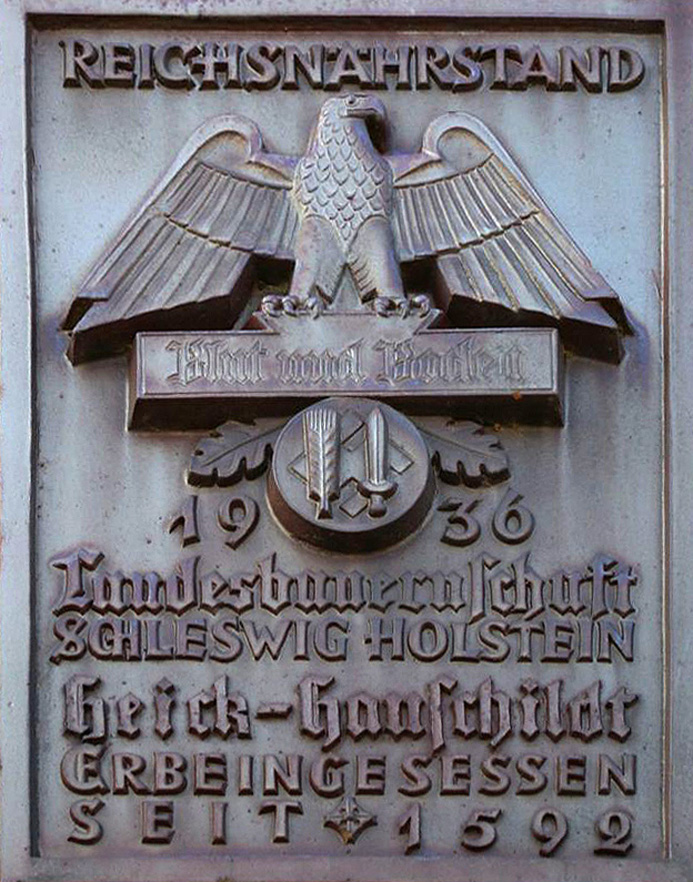
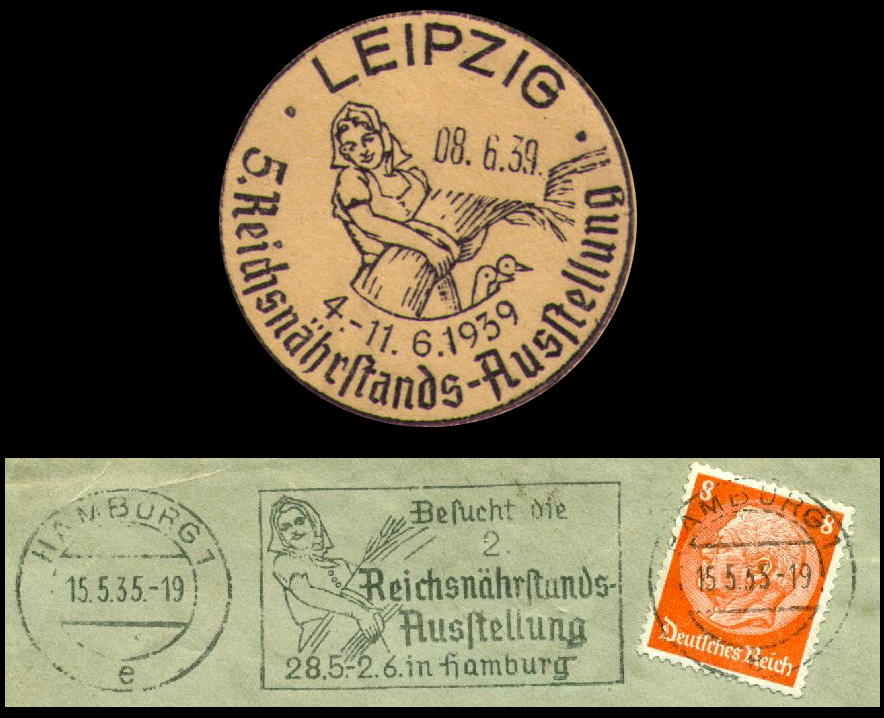
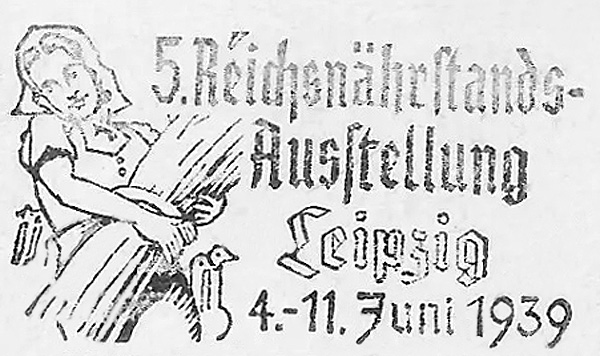

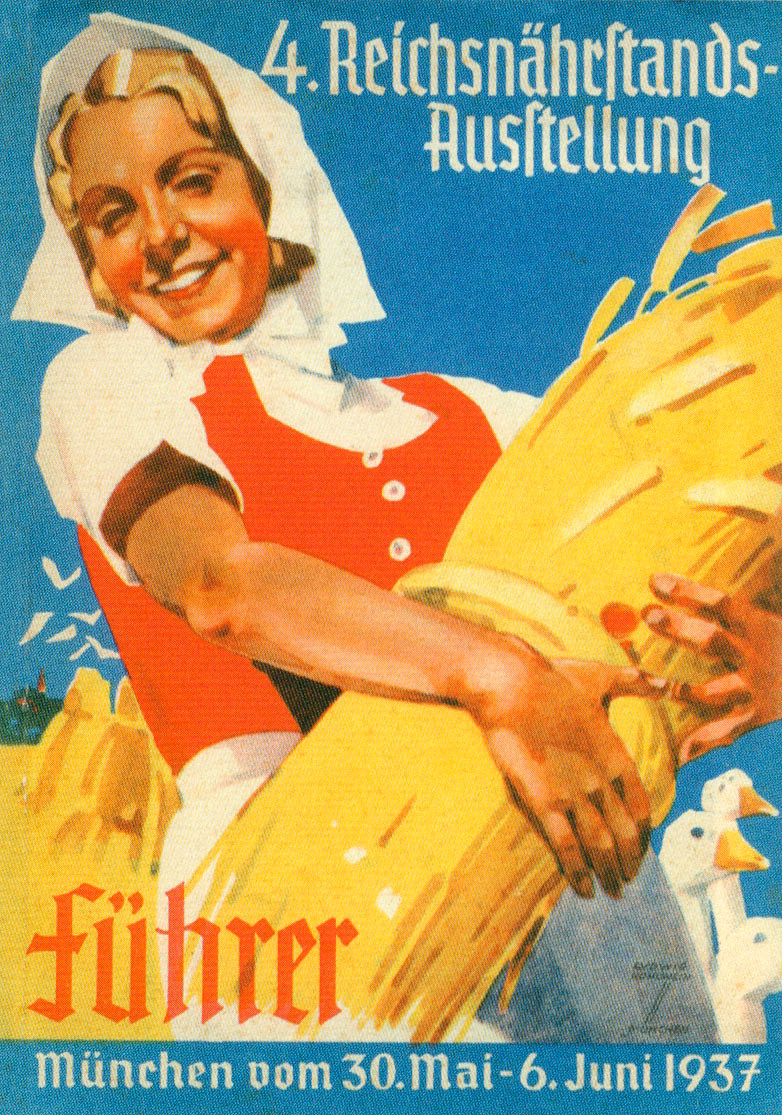
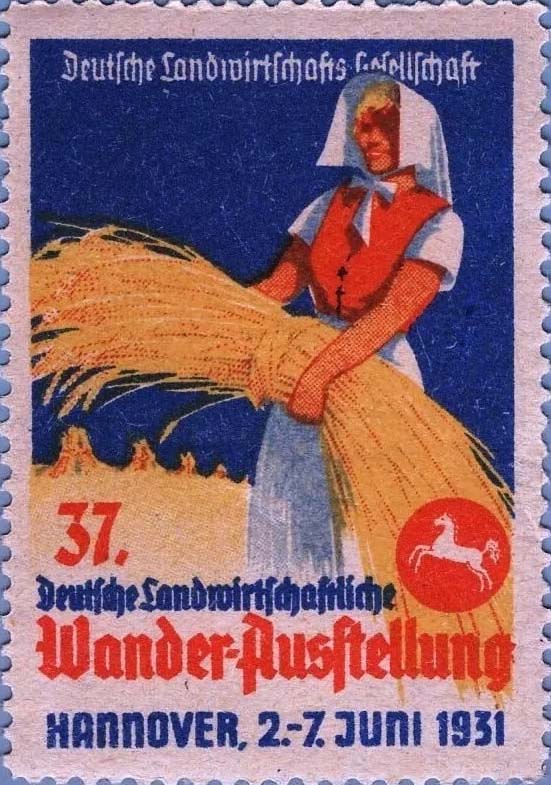
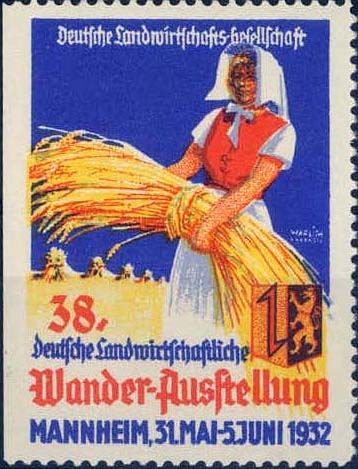
38.
Deutsche Landwirtschaftliche
Wander-Ausstellung
Mannheim, 31.Mai-5.Juni 1932'
38.
German Agricultural
Traveling Exhibition
Mannheim, May 31-June 5, 1932).]
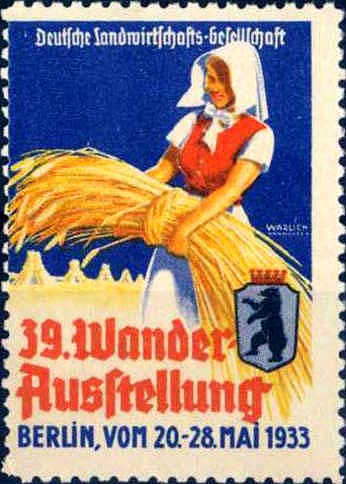
39.Wander-Ausstellung
Berlin, vom 20.-28.Mai 1933'
39th Traveling Exhibition
Berlin, vom 20.-28.Mai 1933).]
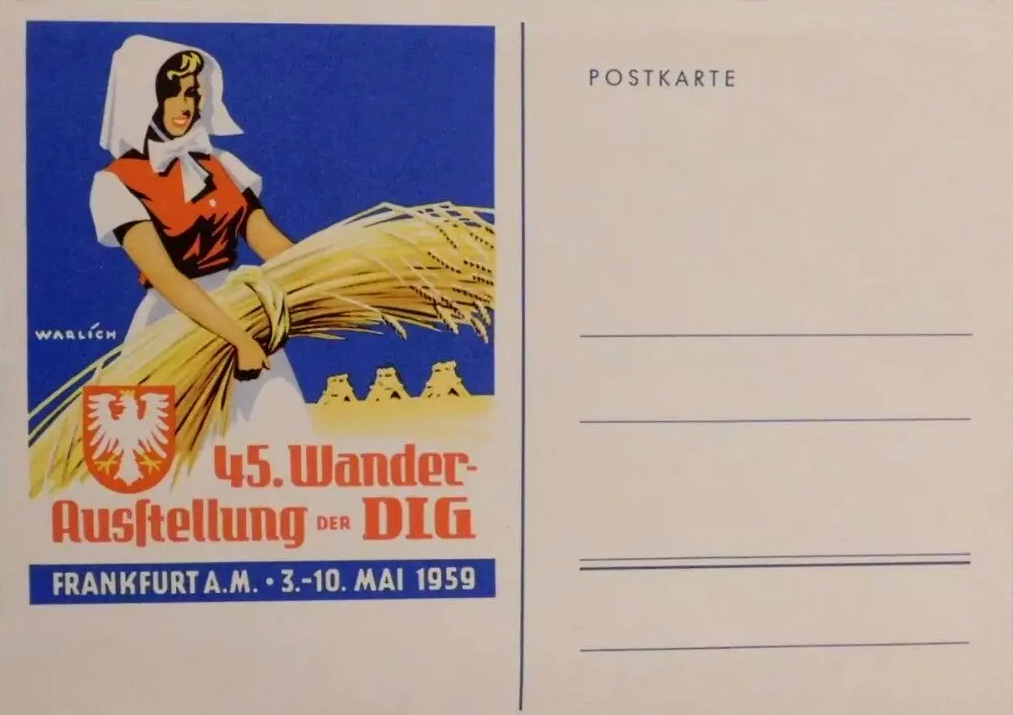

It says:
'Willst Du solchen Erntesegen, mußt Du stets auch Kali geben!'
(If you want such harvest blessings, you must also always give potash! {'potash' is an alkaline potassium compound used as fertilizer}.]
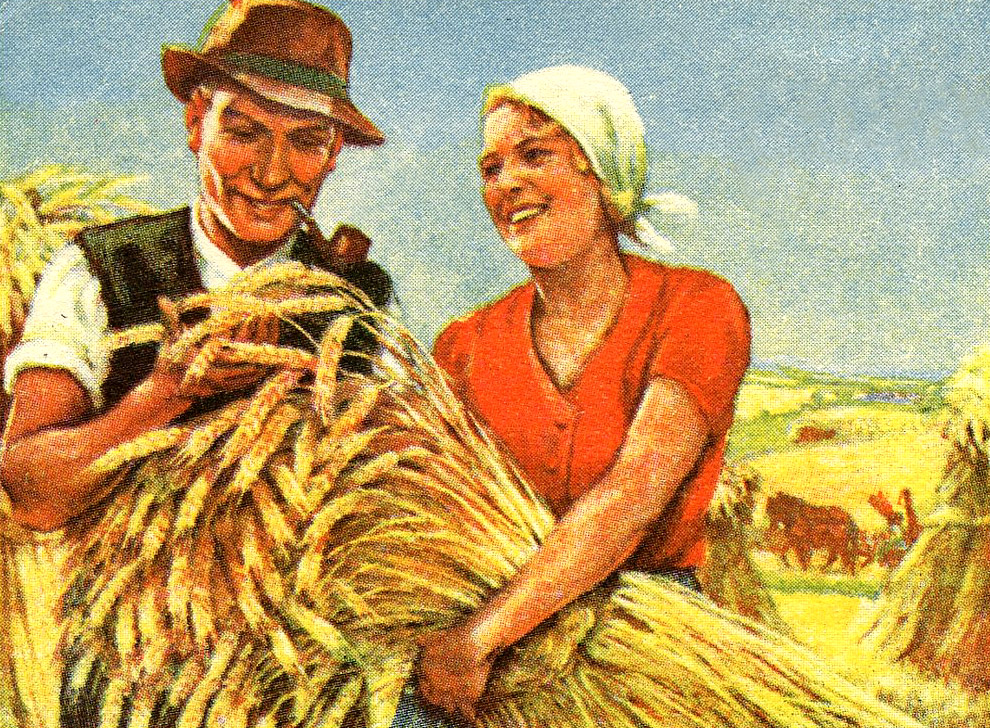
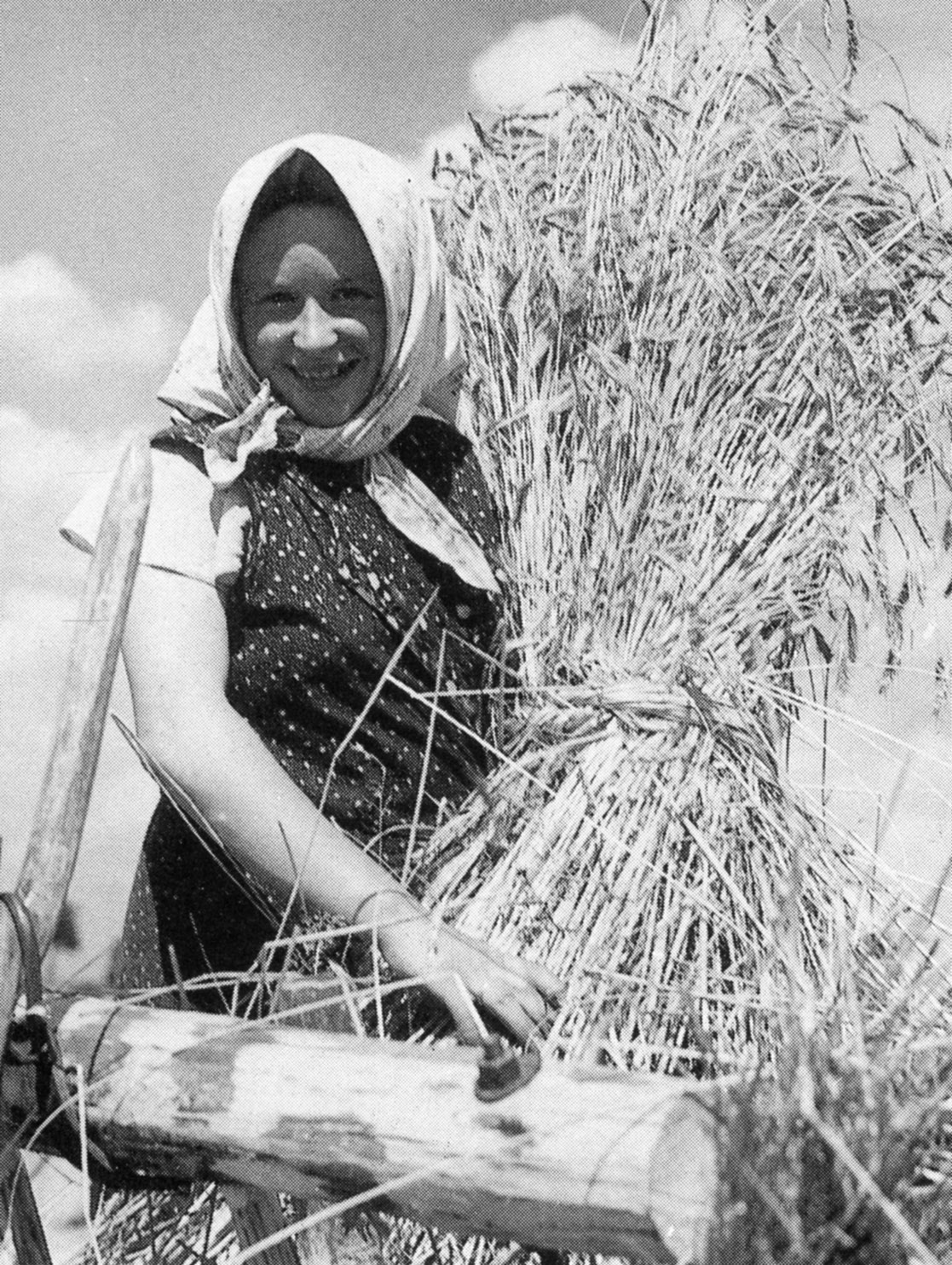
Austellung der Landesbauernschaft
Oldenberg.'
Exhibition of the State Farmers' Association
Oldenberg)]
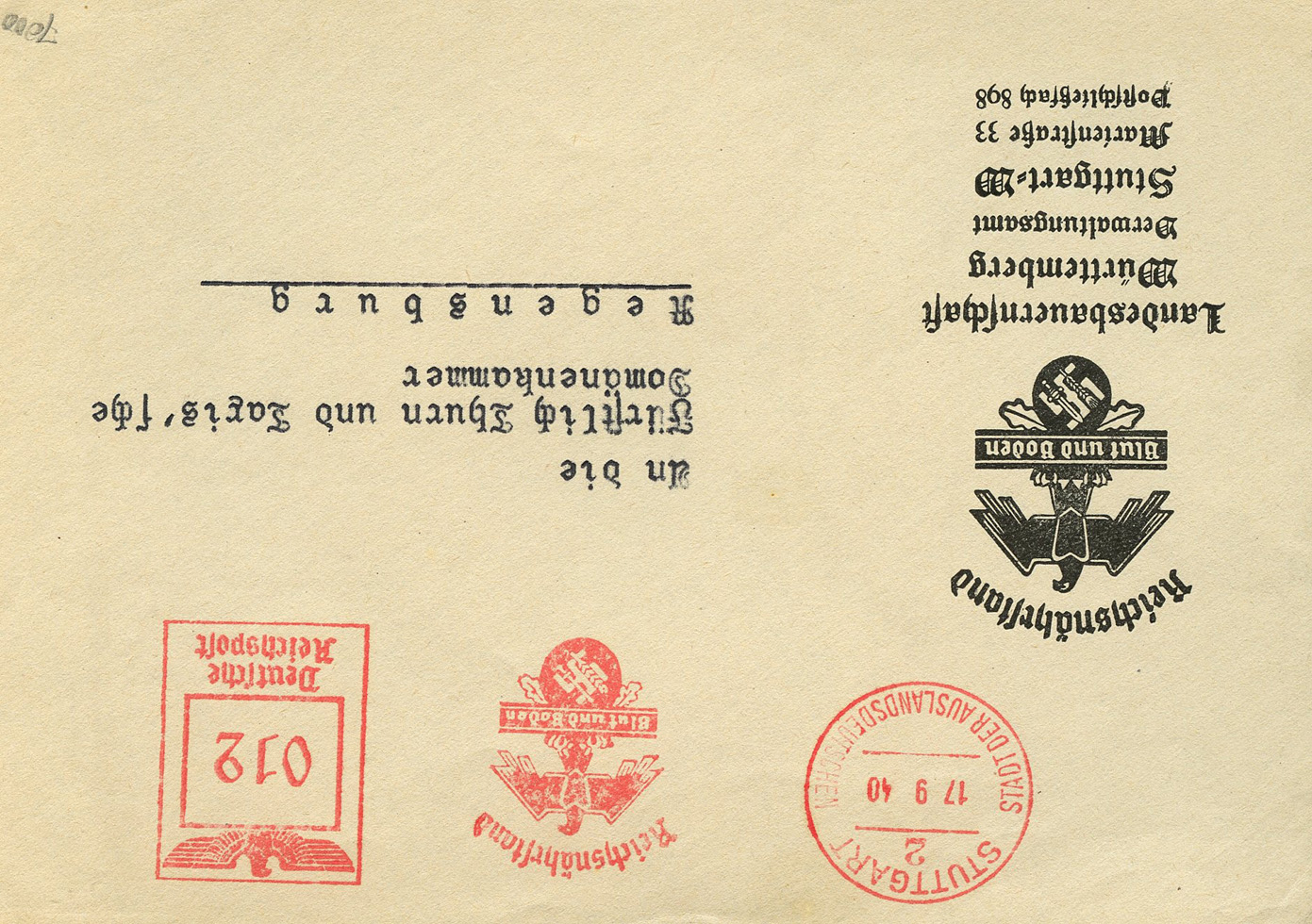





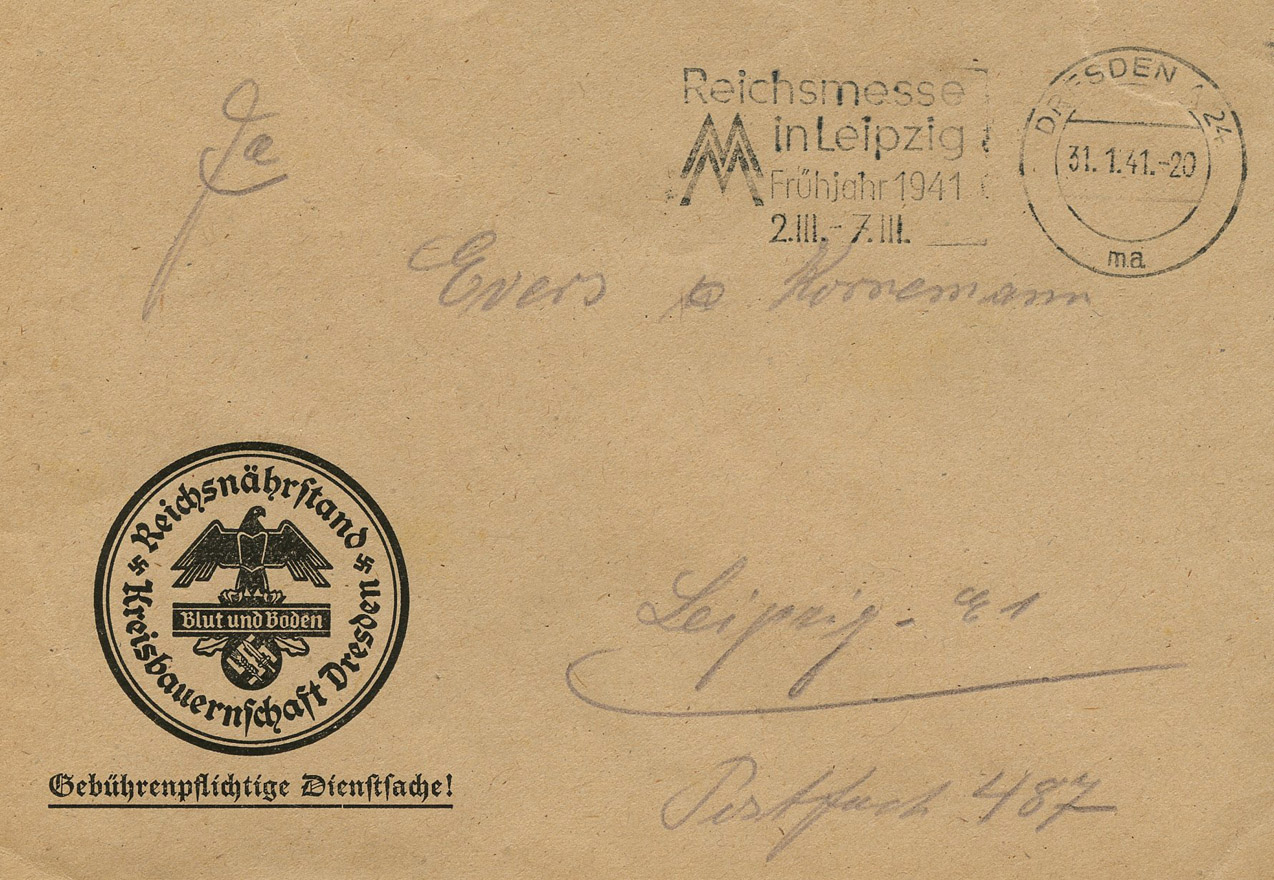
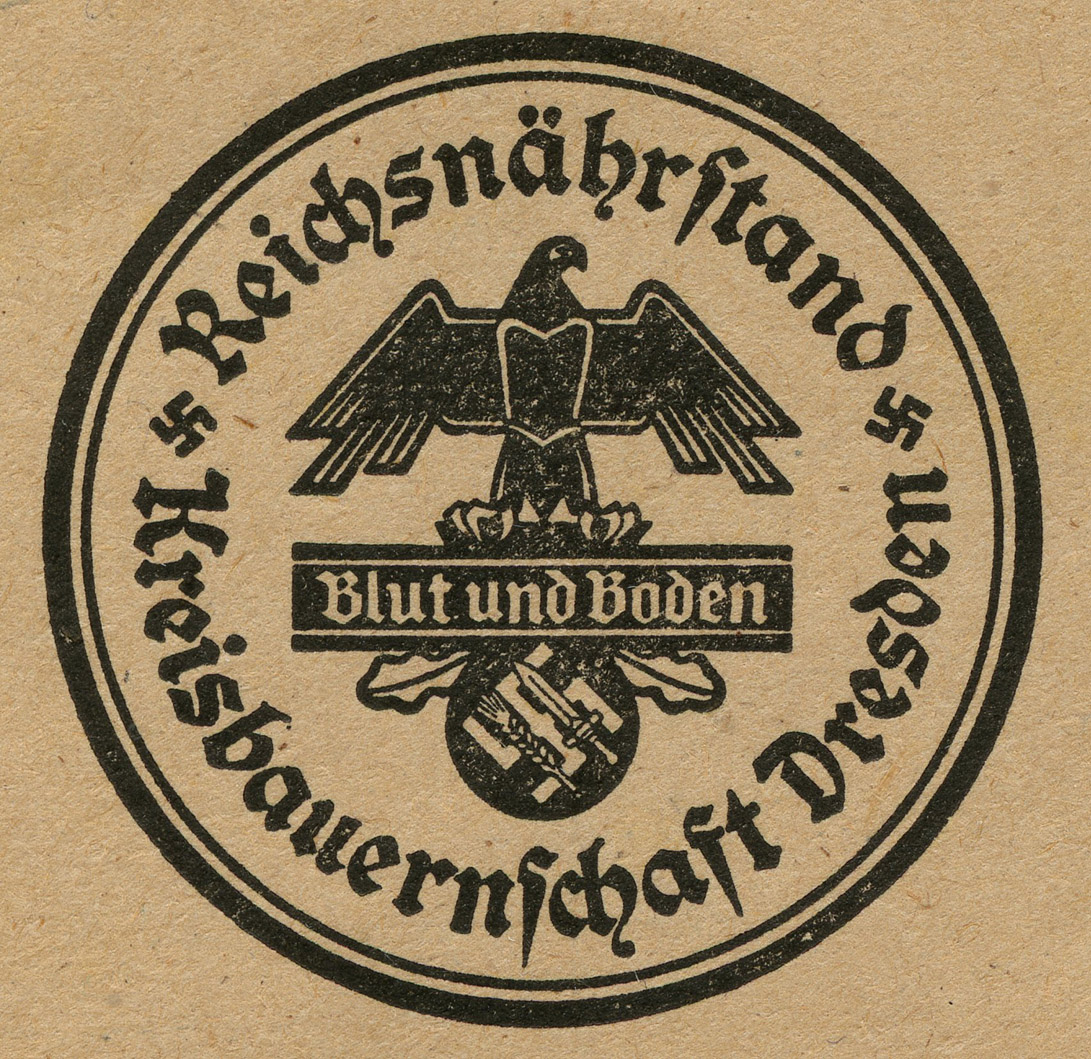

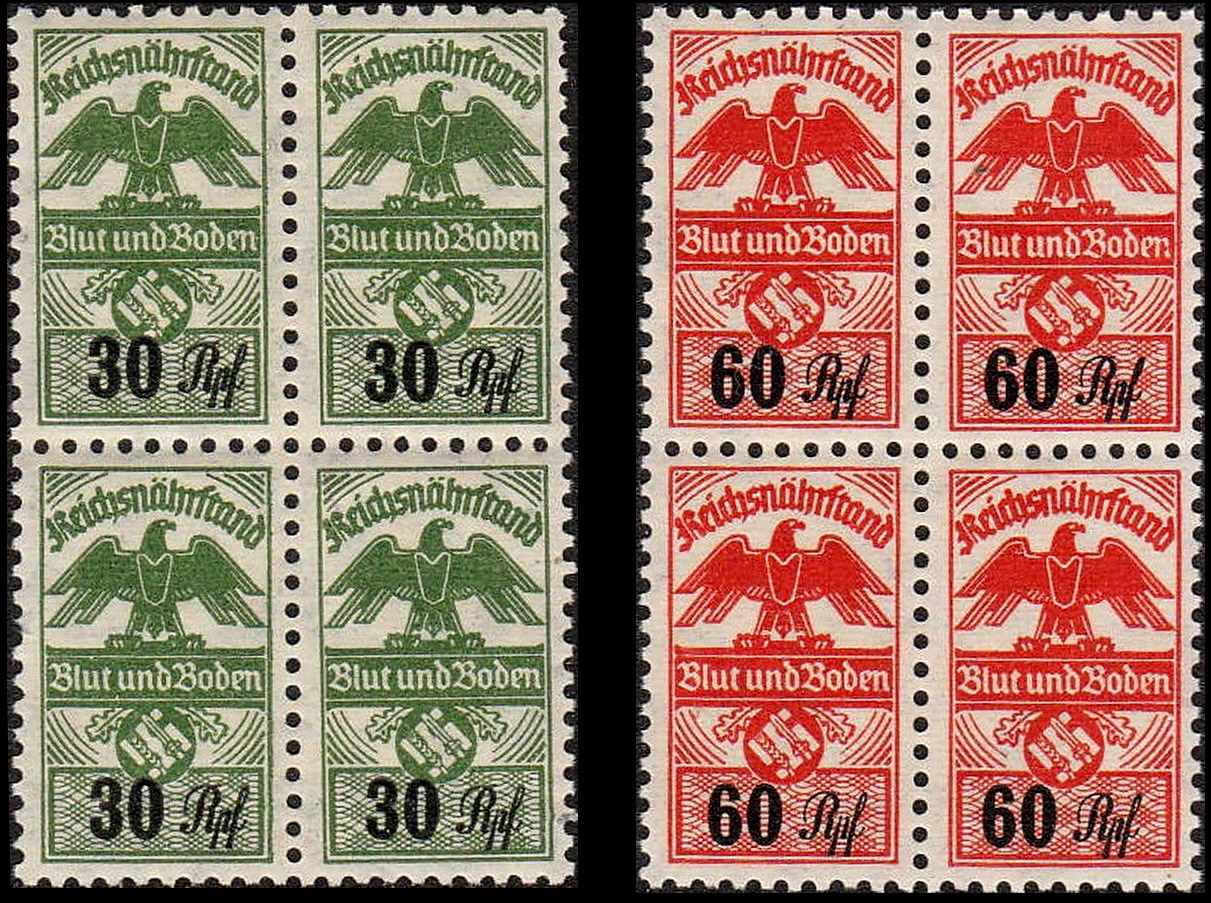
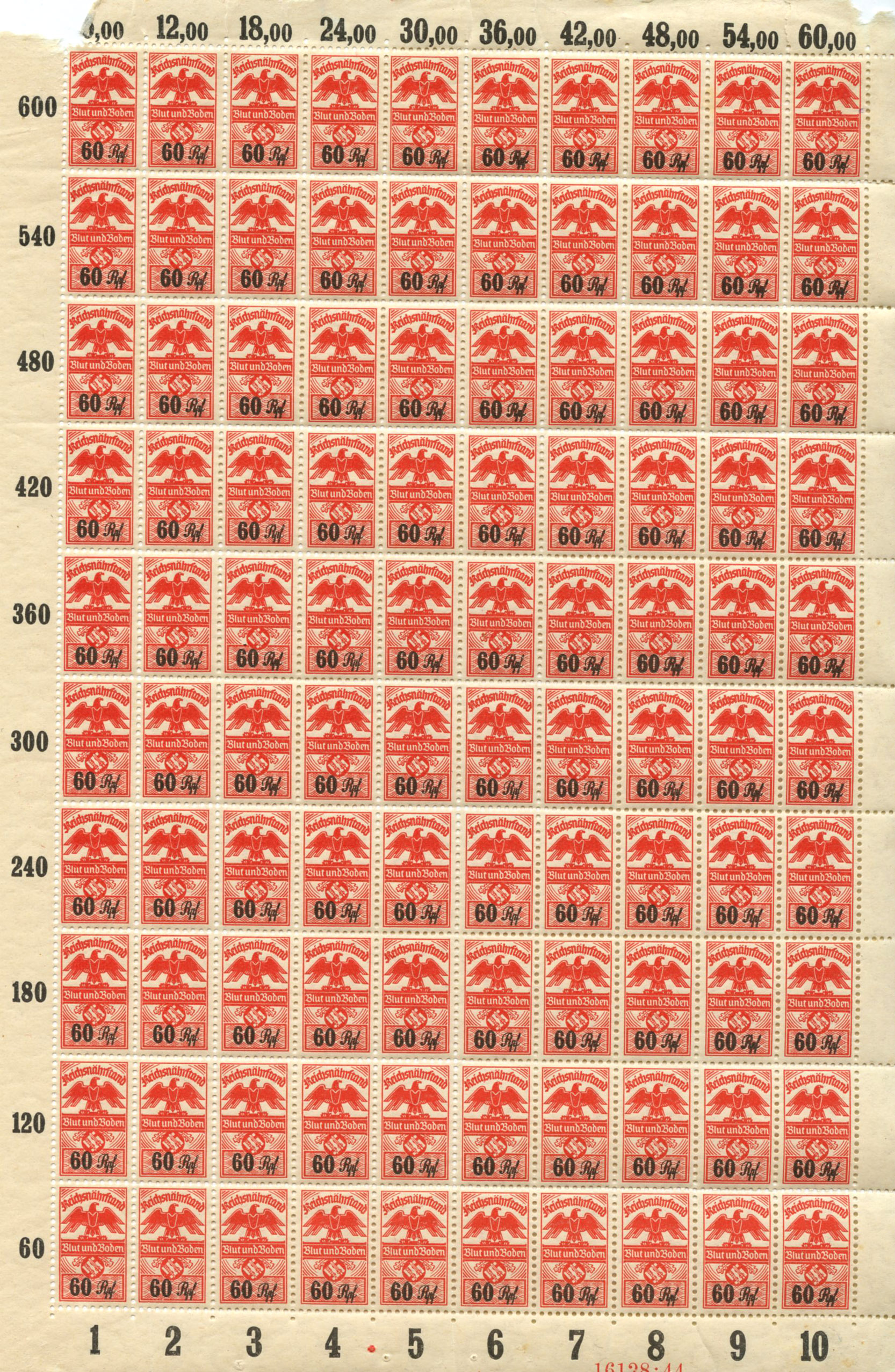
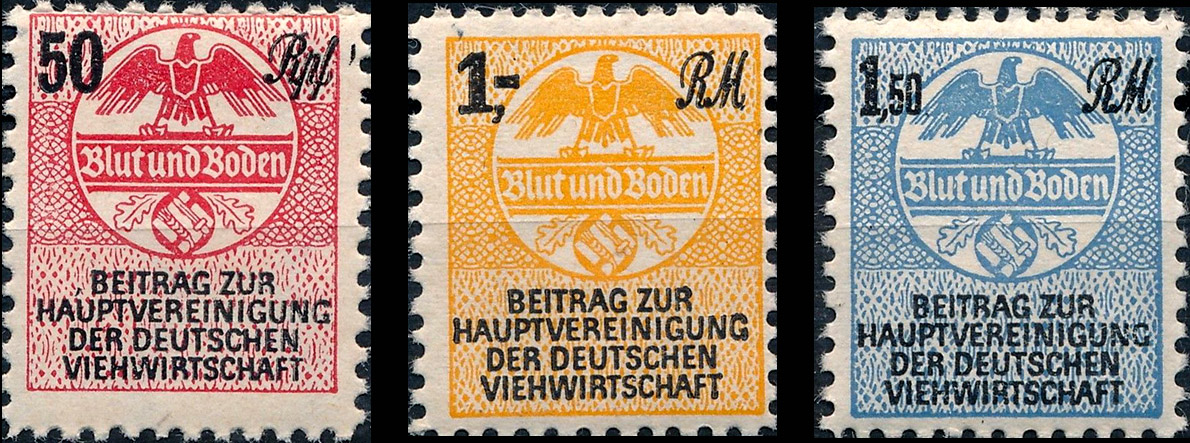
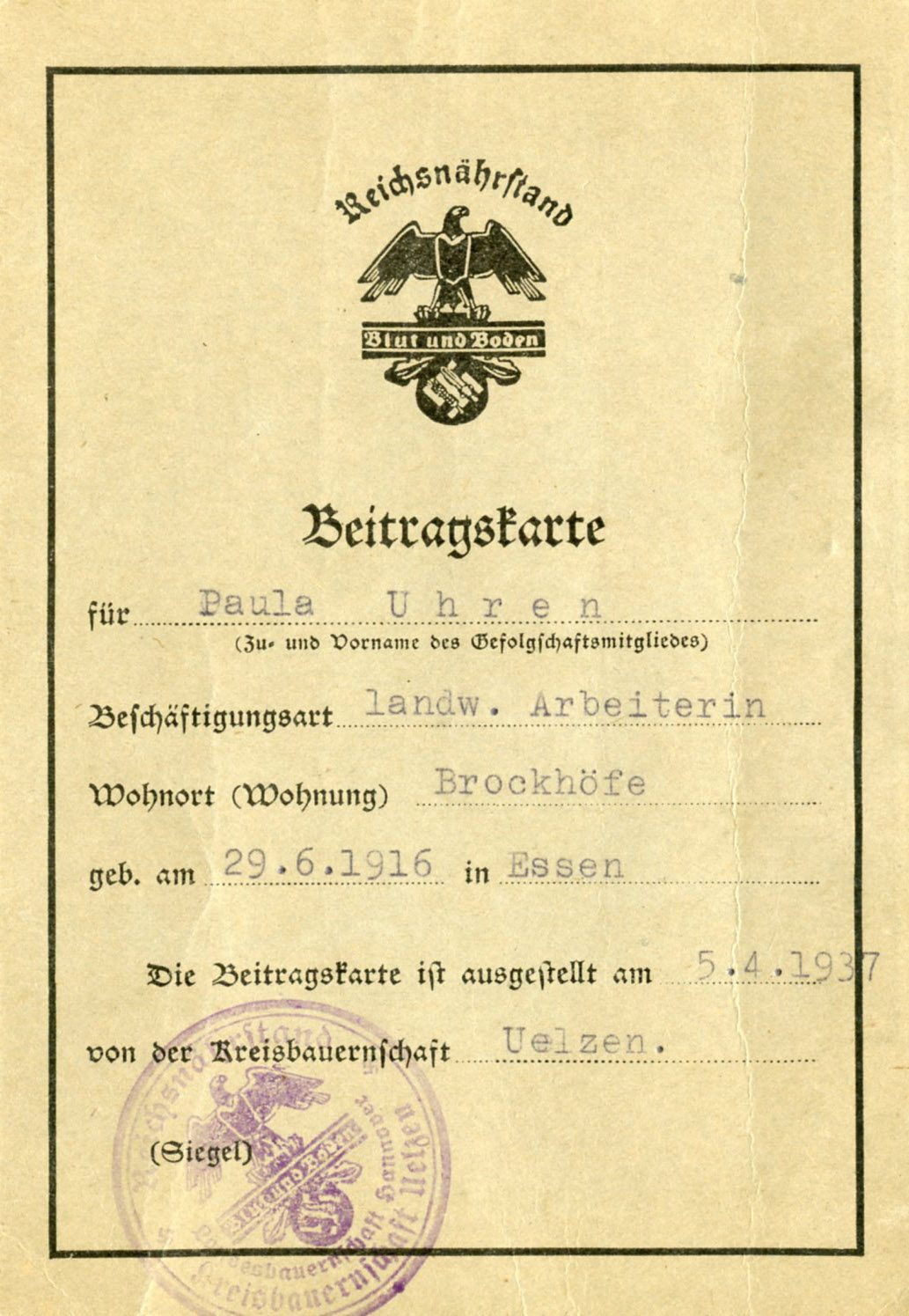
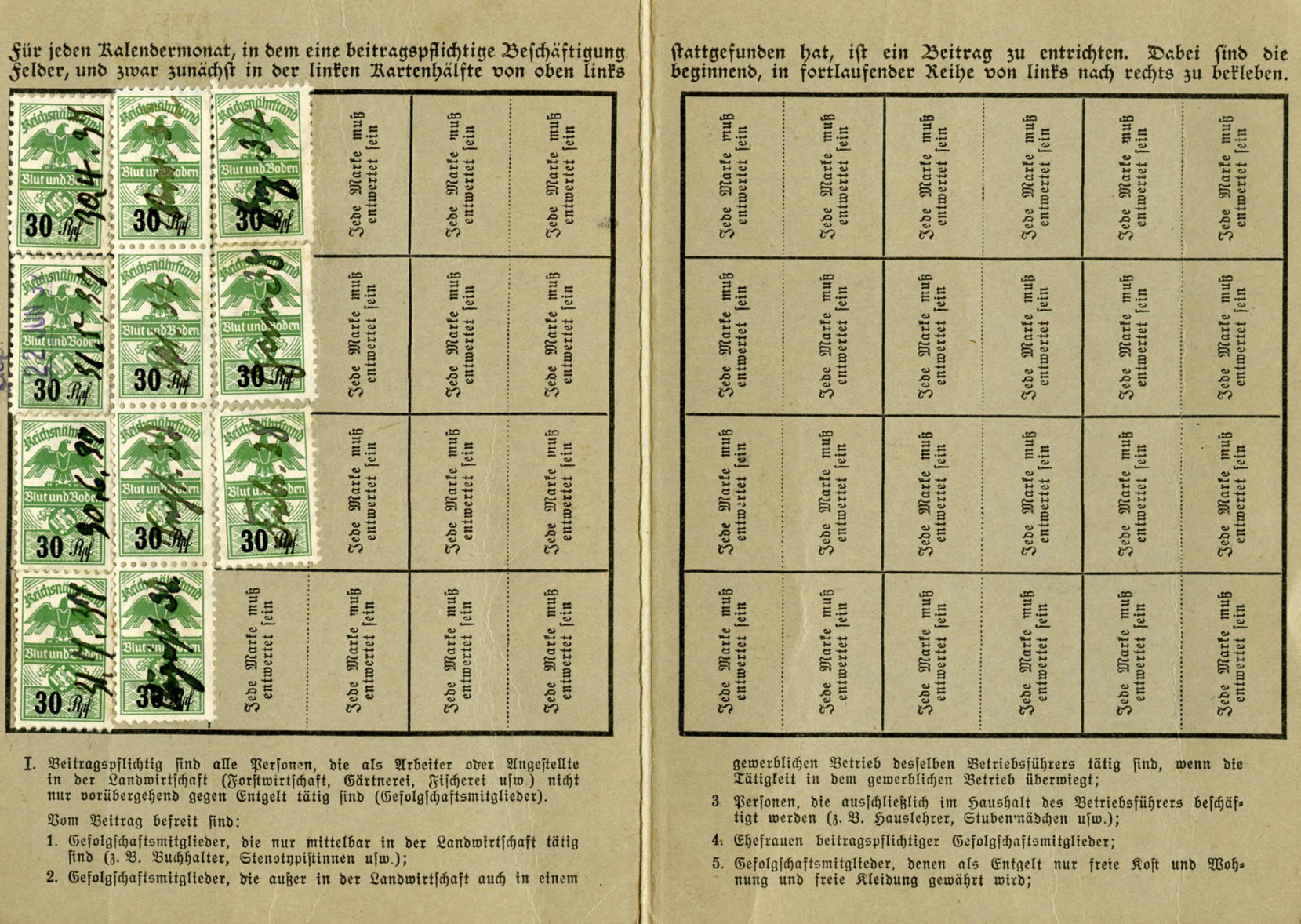
'Für jeden Kalendermonat, in dem eine beitragspflichtige Beschäftigung stattgefunden hat, ist ein Beitrag zu entrichten. Dabei sind die Felder, und zwar zunächst in der linken Kartenhälfte von oben links beginnend, in fortlaufender Reihe von links nach rechts zu bekleben.'
(A contribution must be paid for each calendar month in which employment subject to contributions took place. The fields are to be pasted over in a continuous row from left to right, beginning in the left half of the map from the top left.)]

'Familienangehörige des Betriebsführers, wenn kein versicherungspflichtiges Arbeitsverhältnis besteht.'
(Family members of the operator if there is no employment relationship subject to compulsory insurance.)]
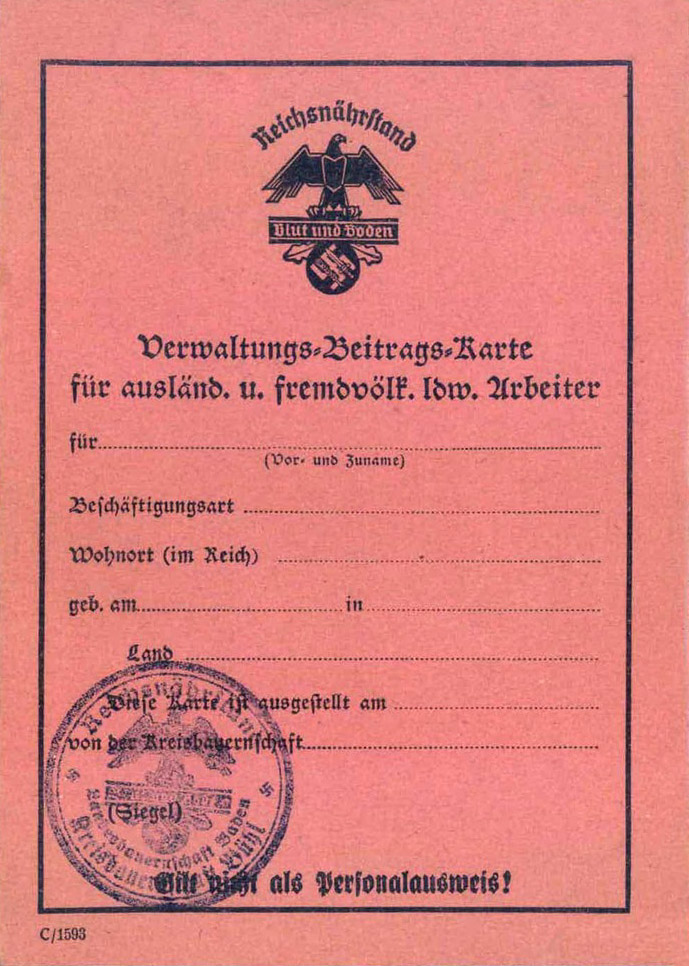
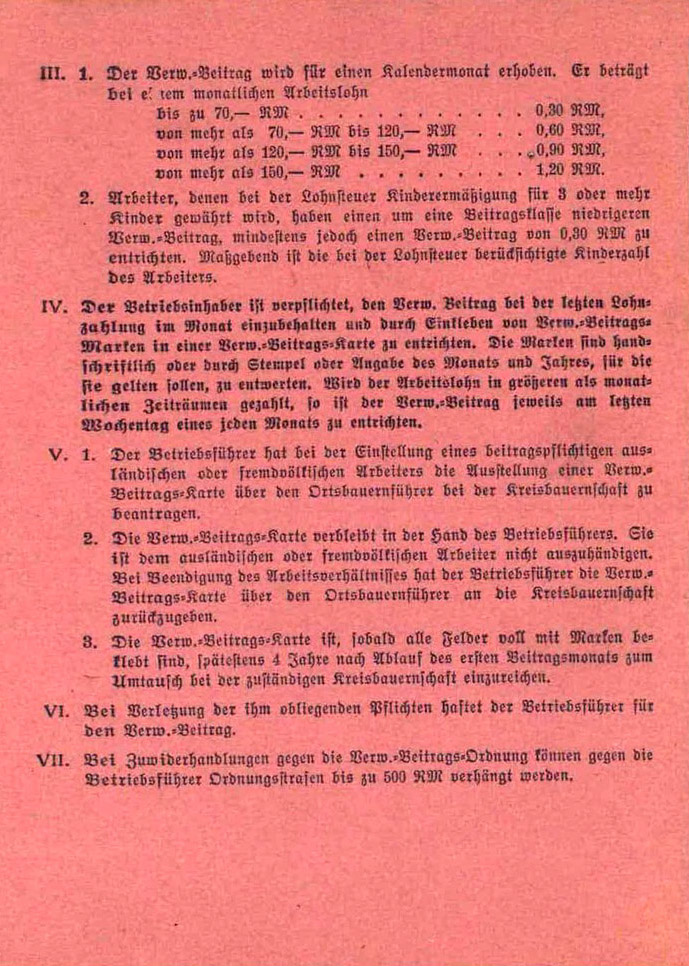
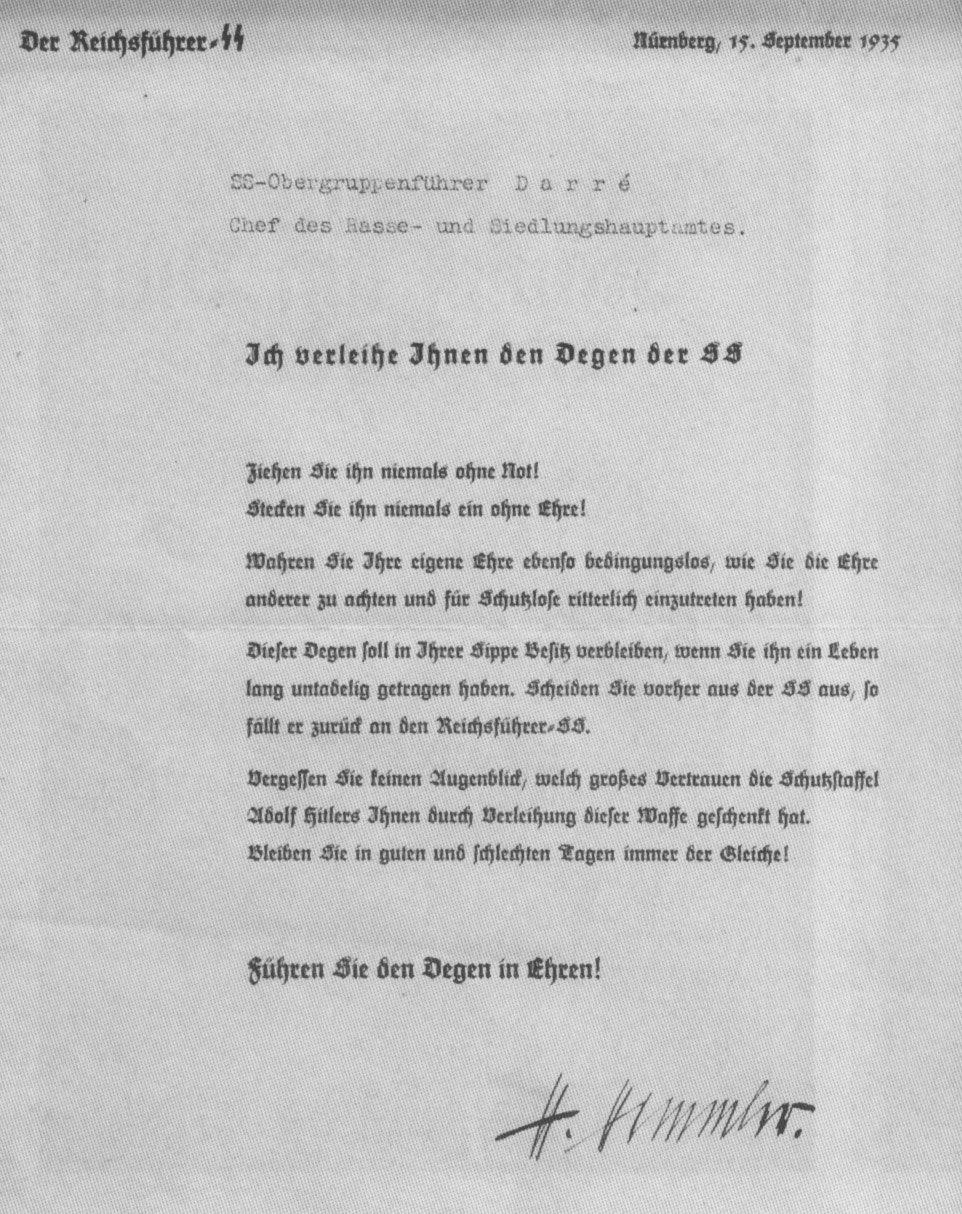
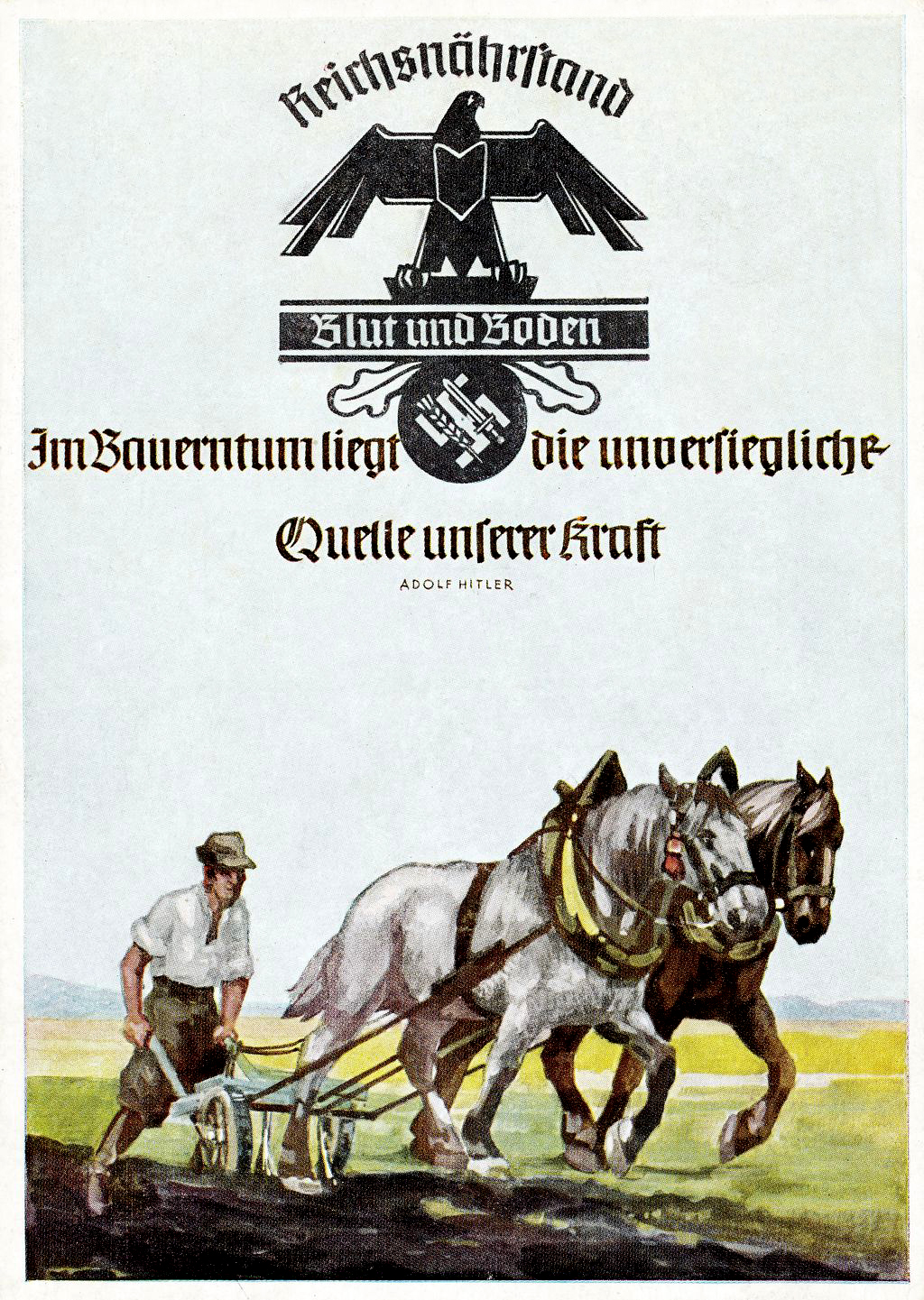
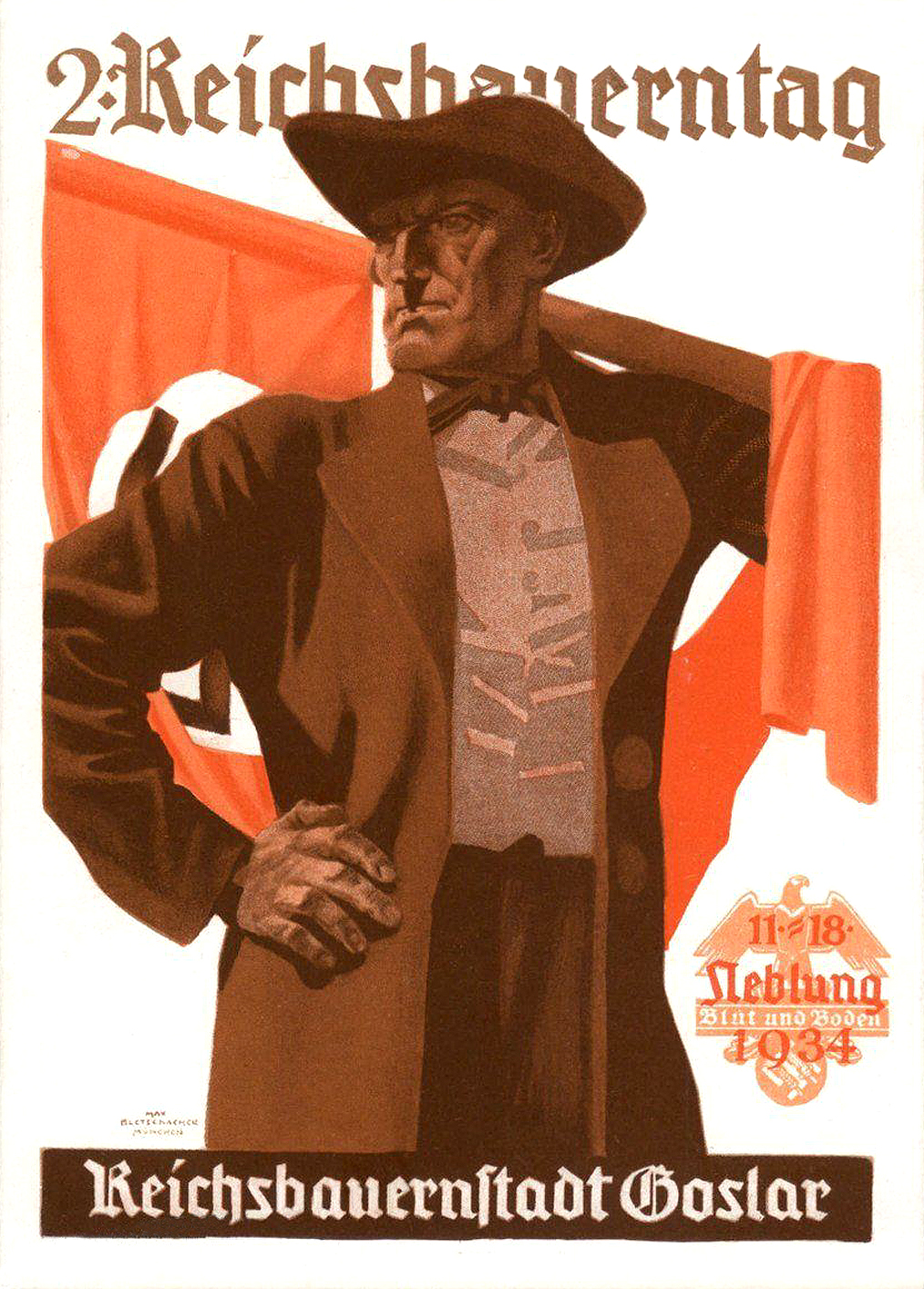
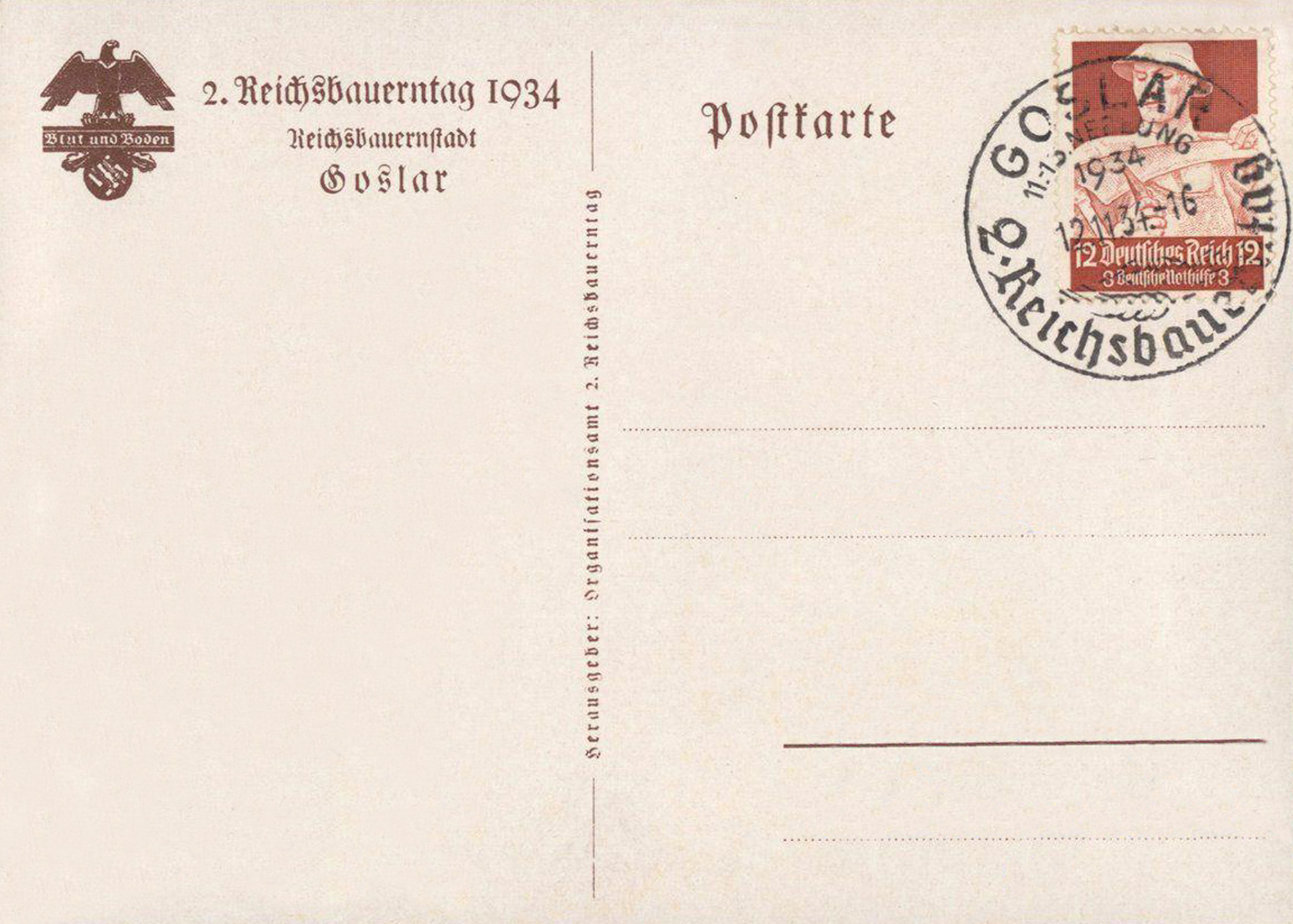
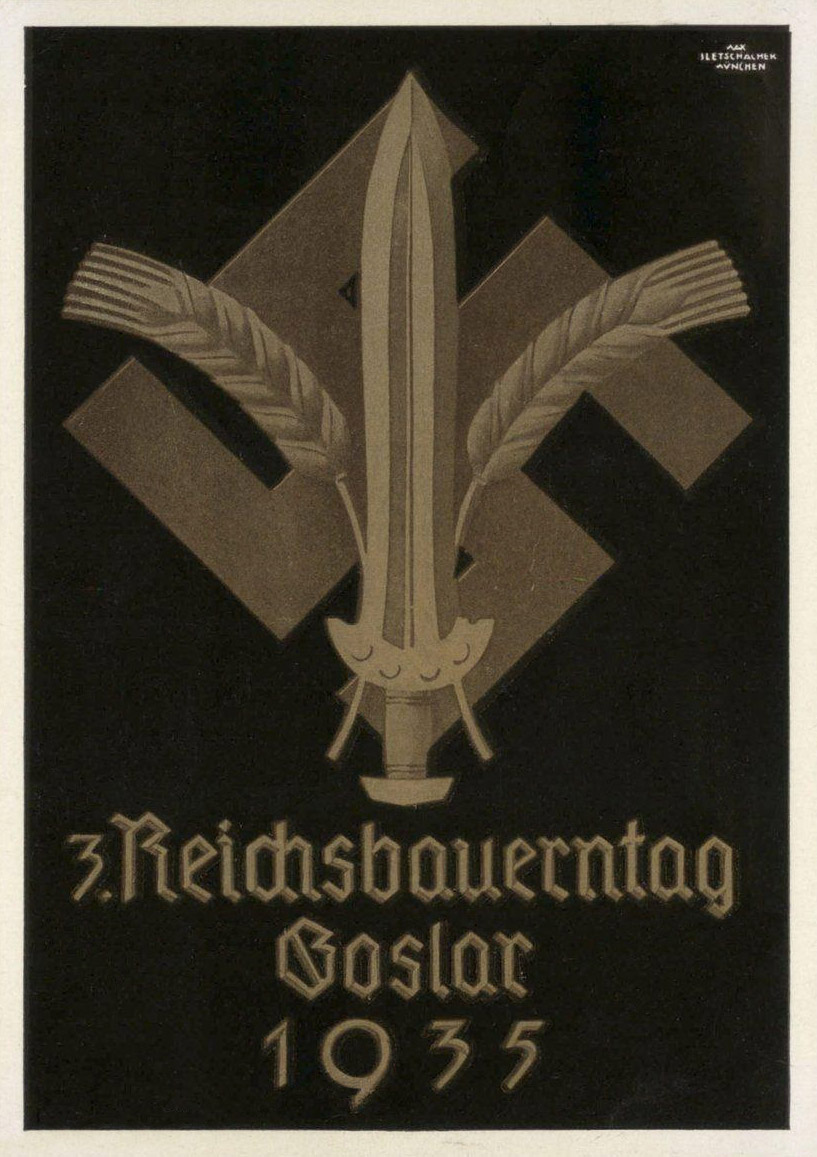

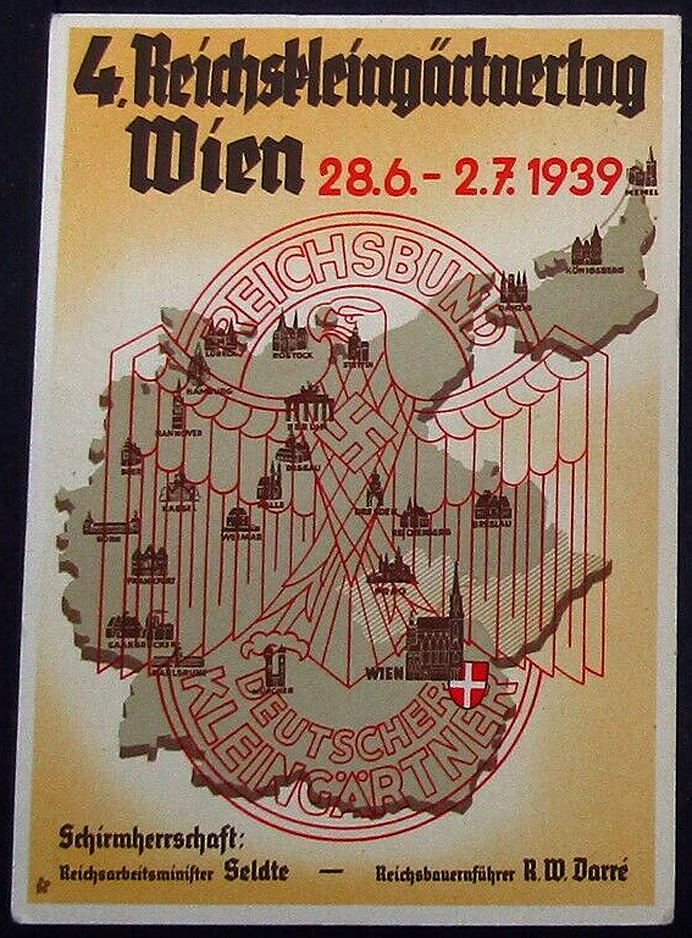
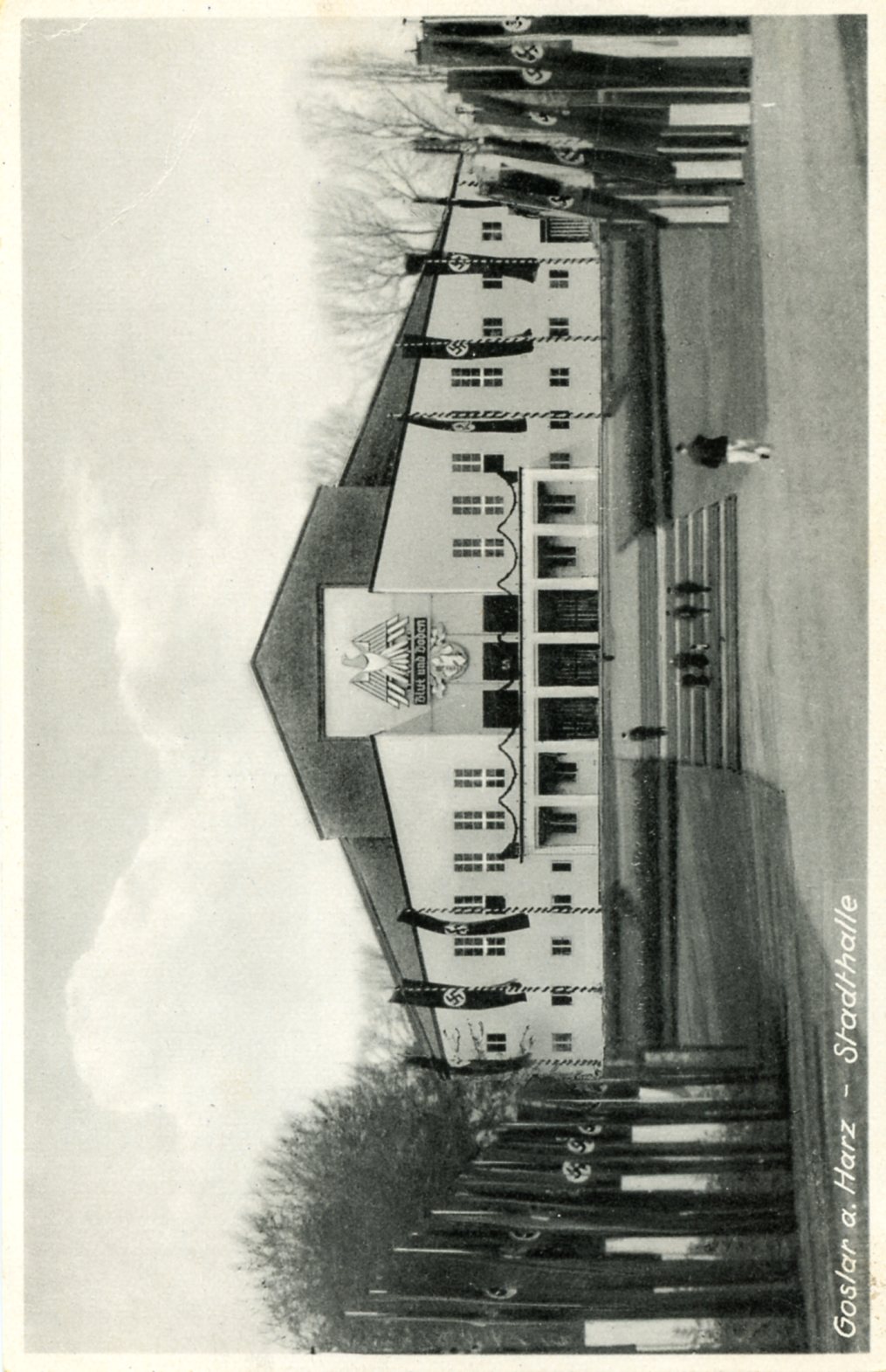
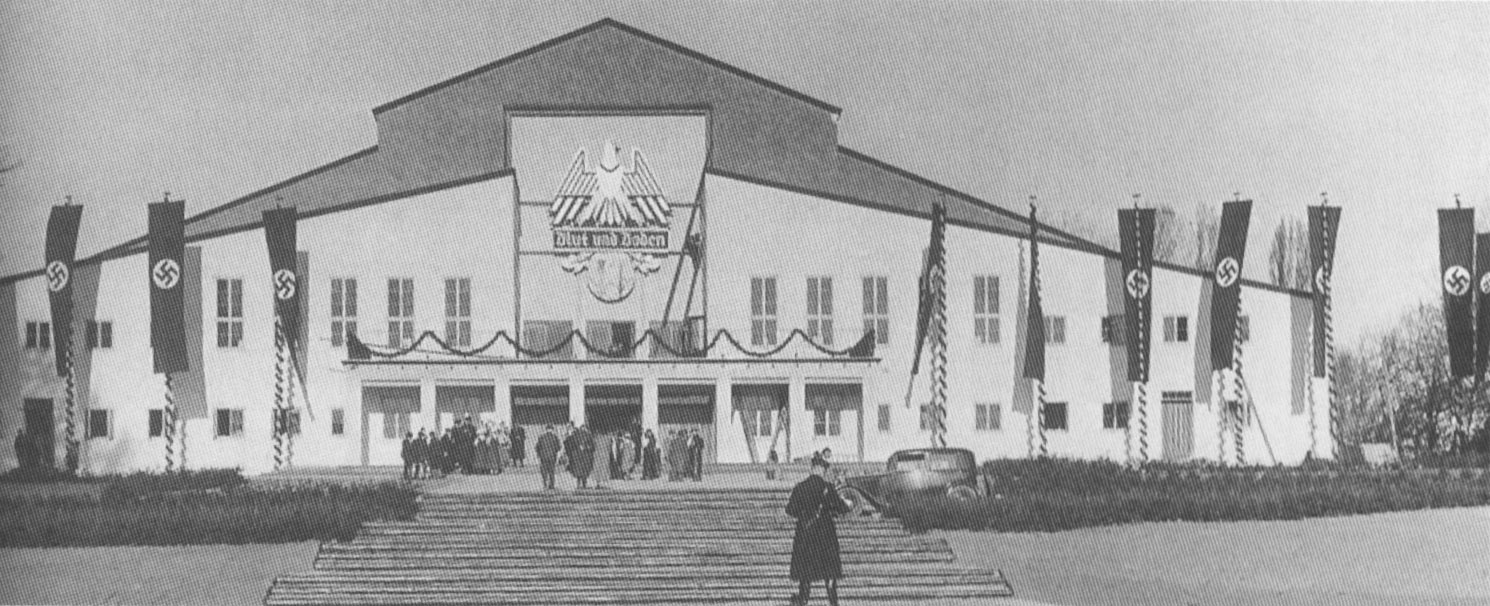
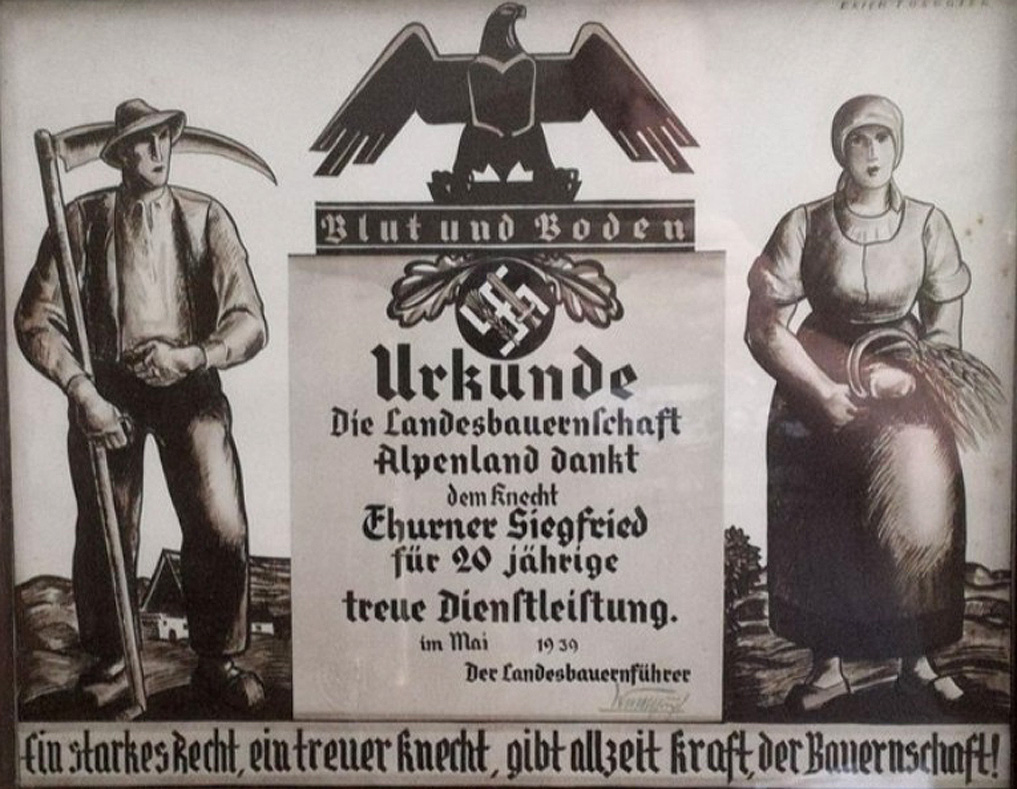

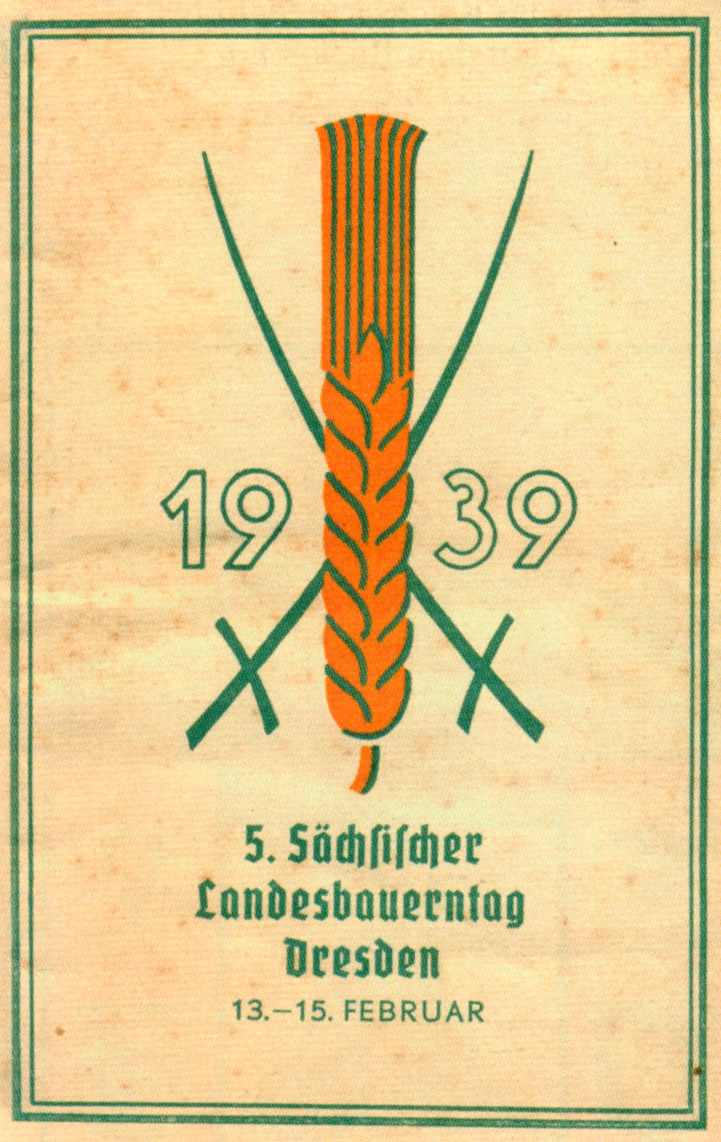
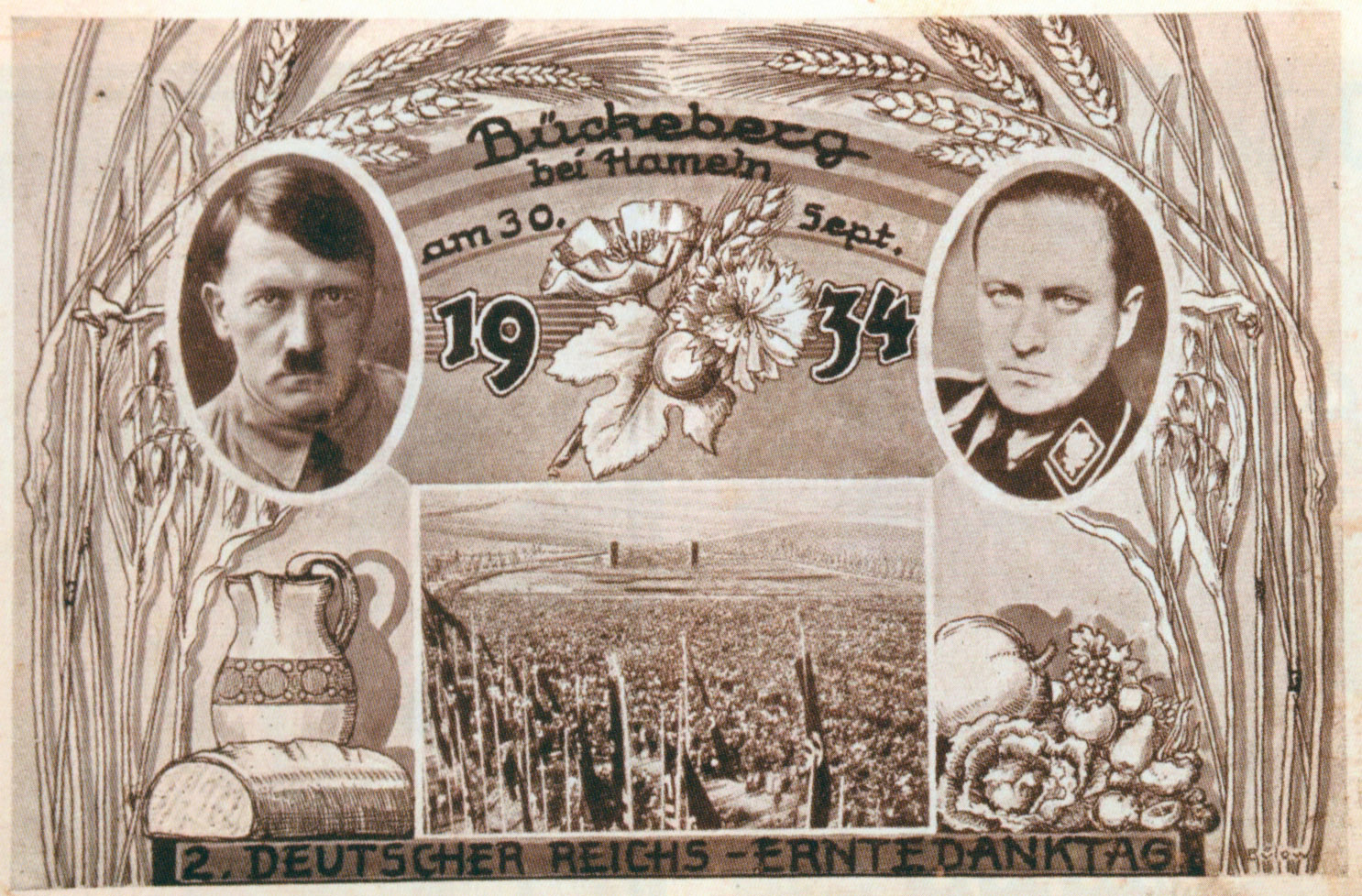
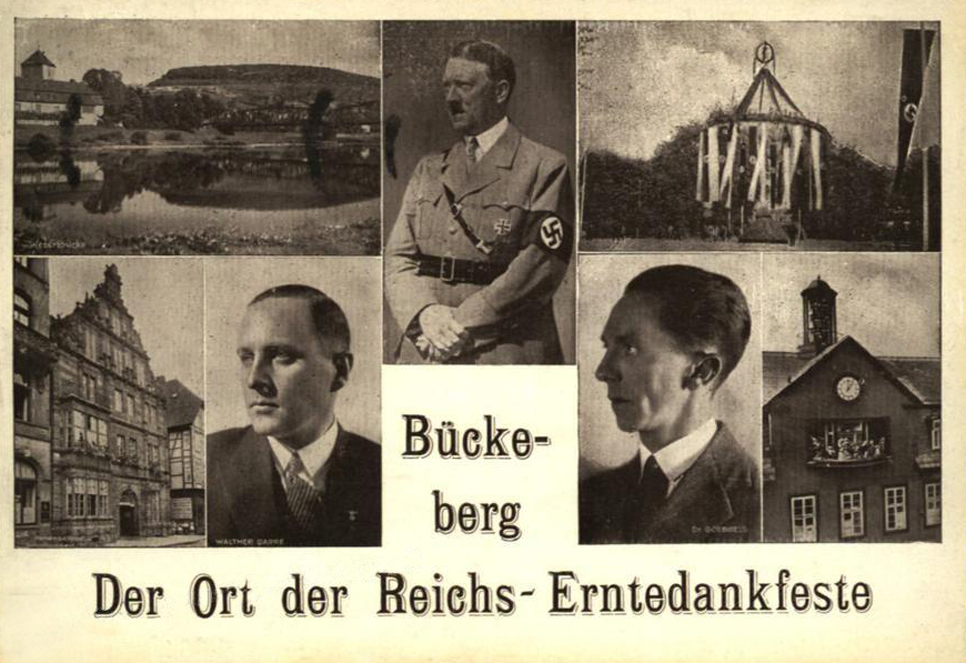
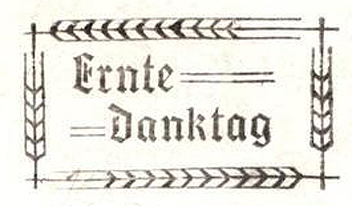
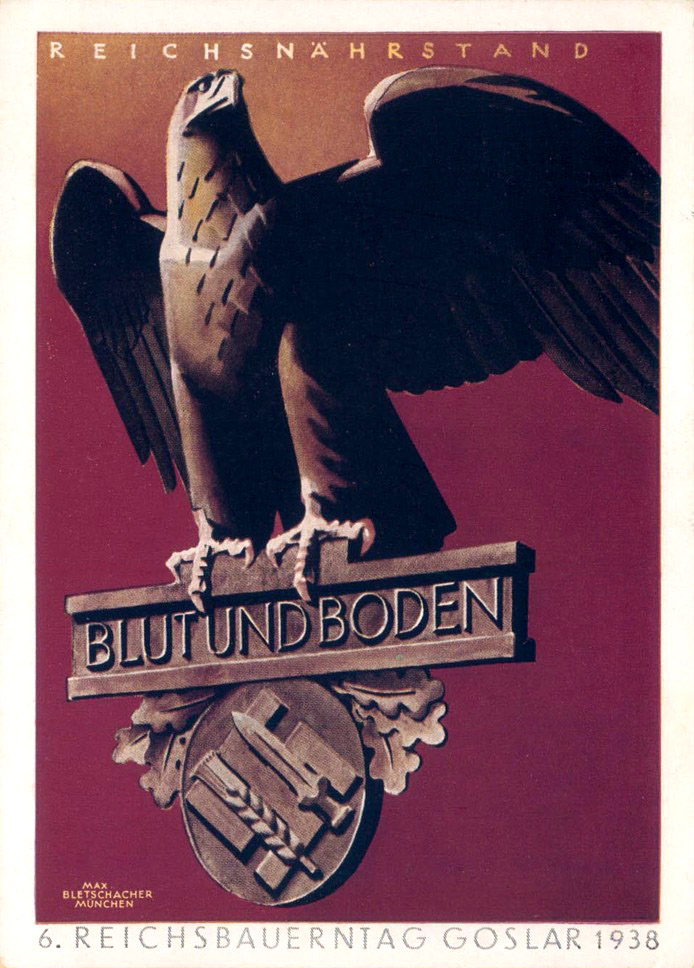
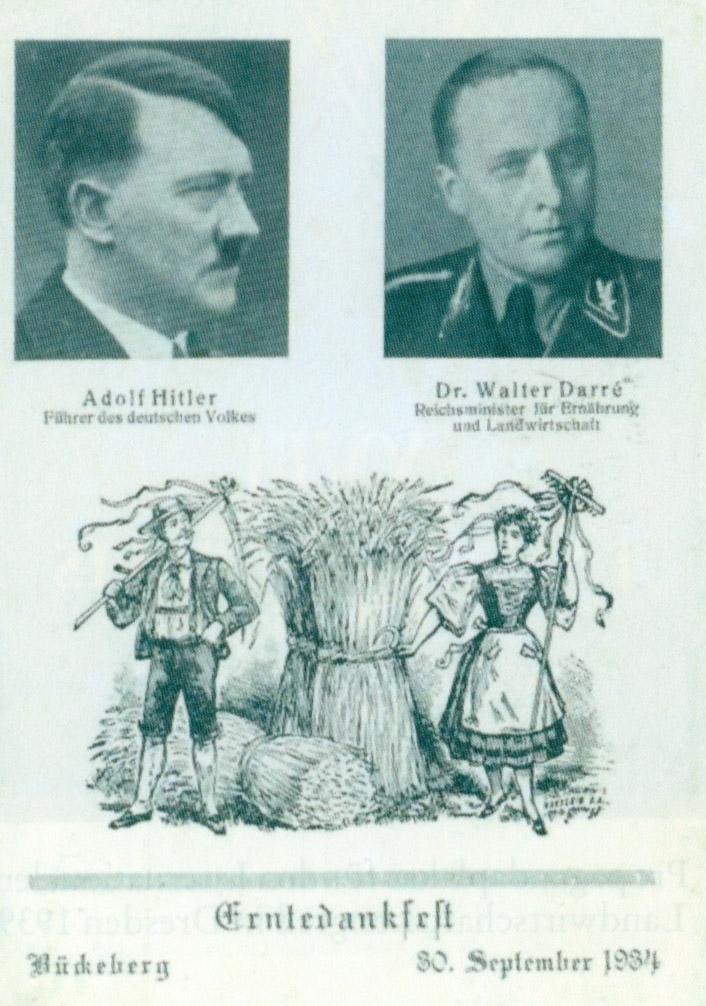
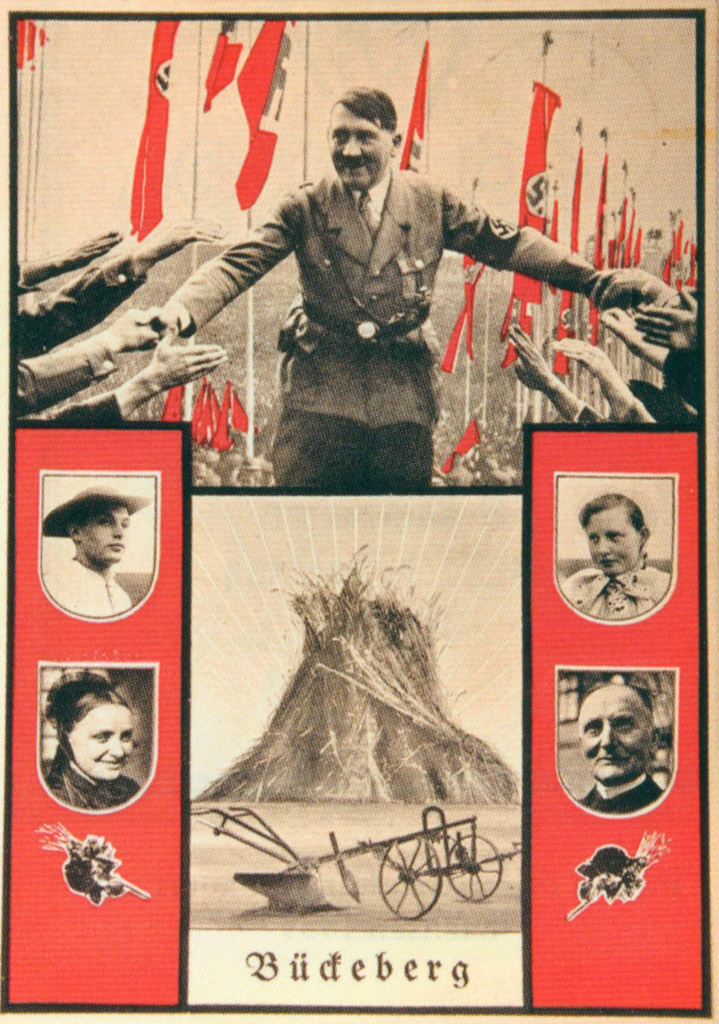
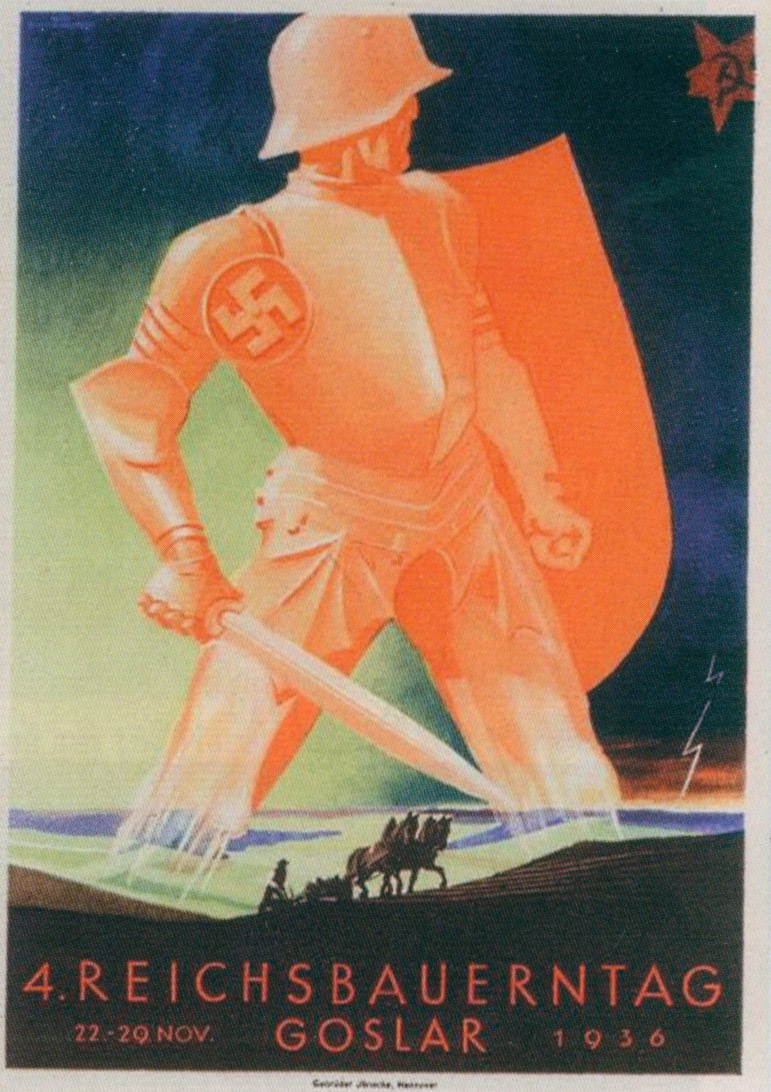
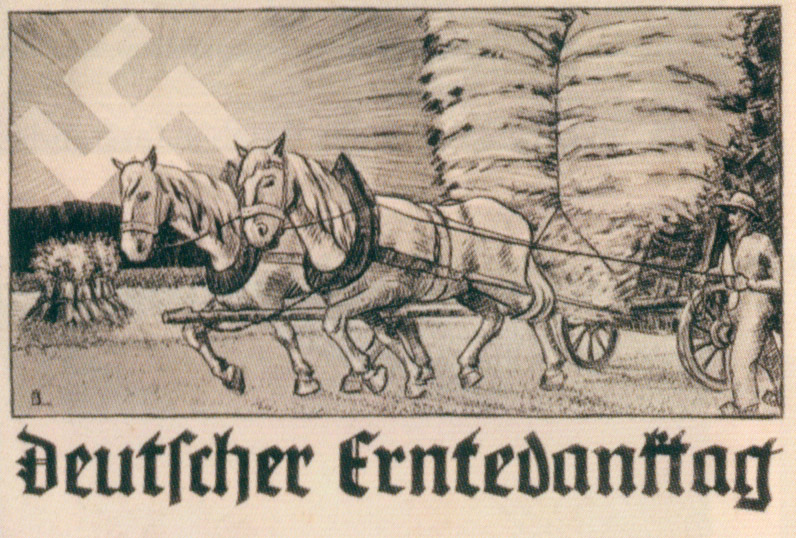

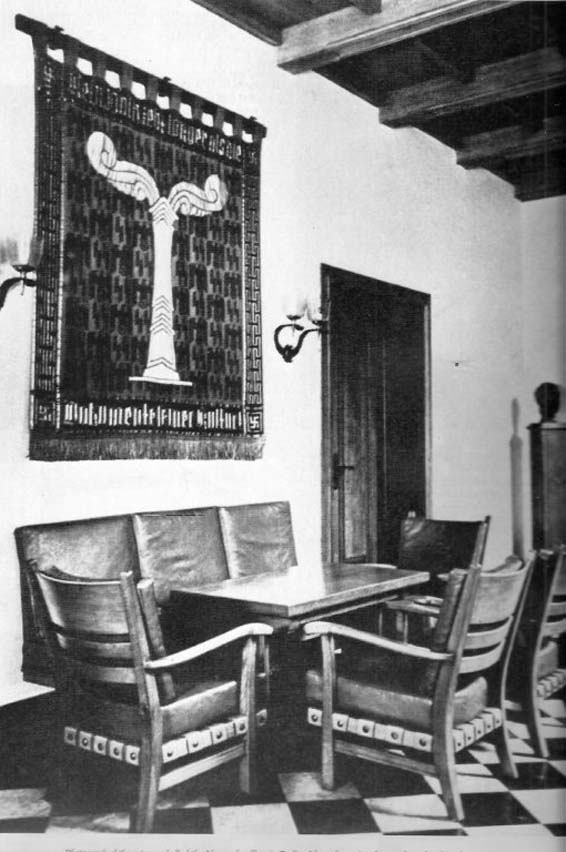
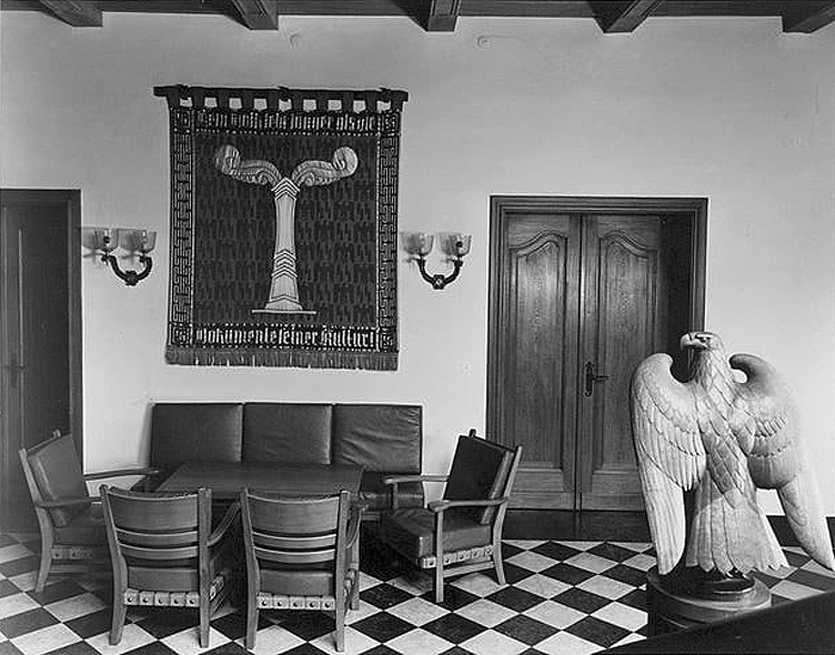

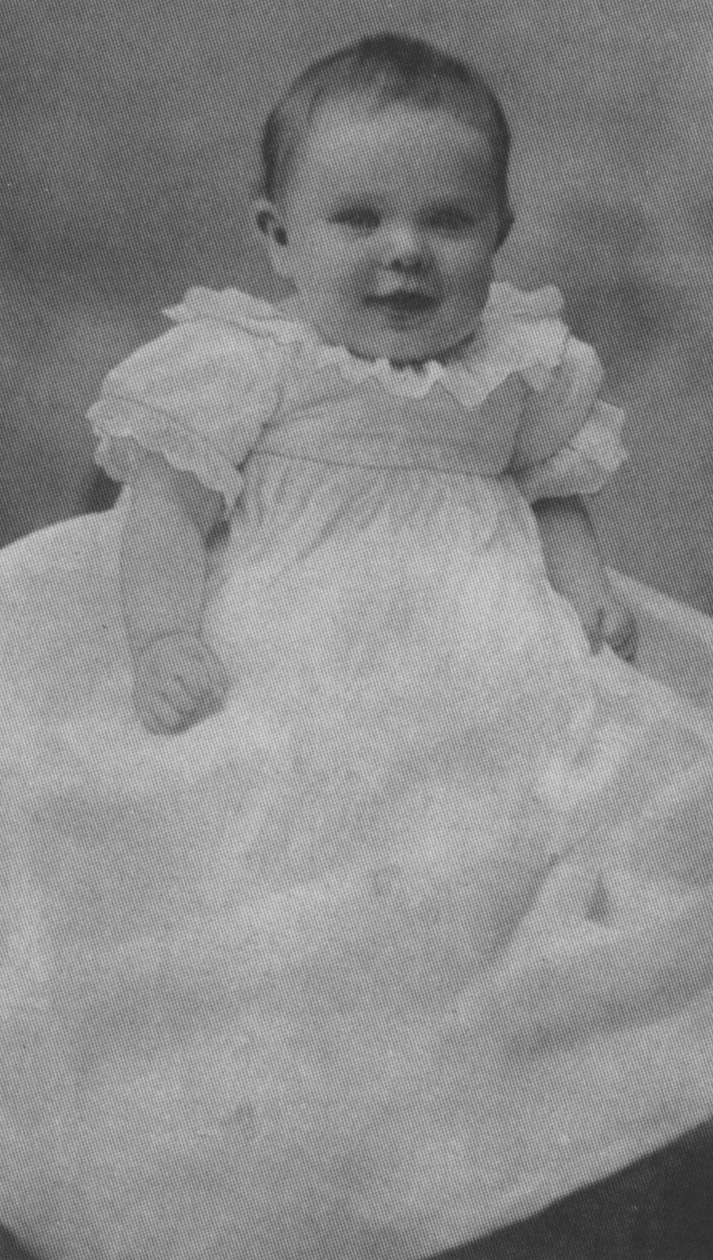
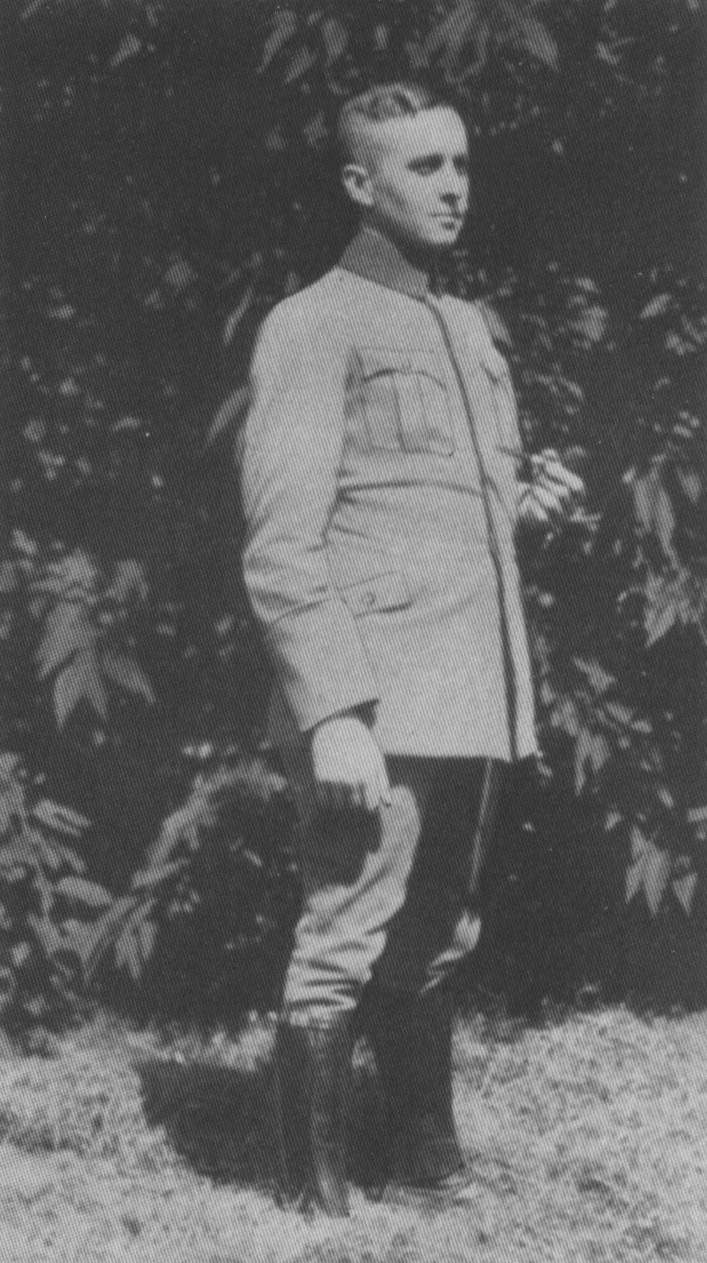
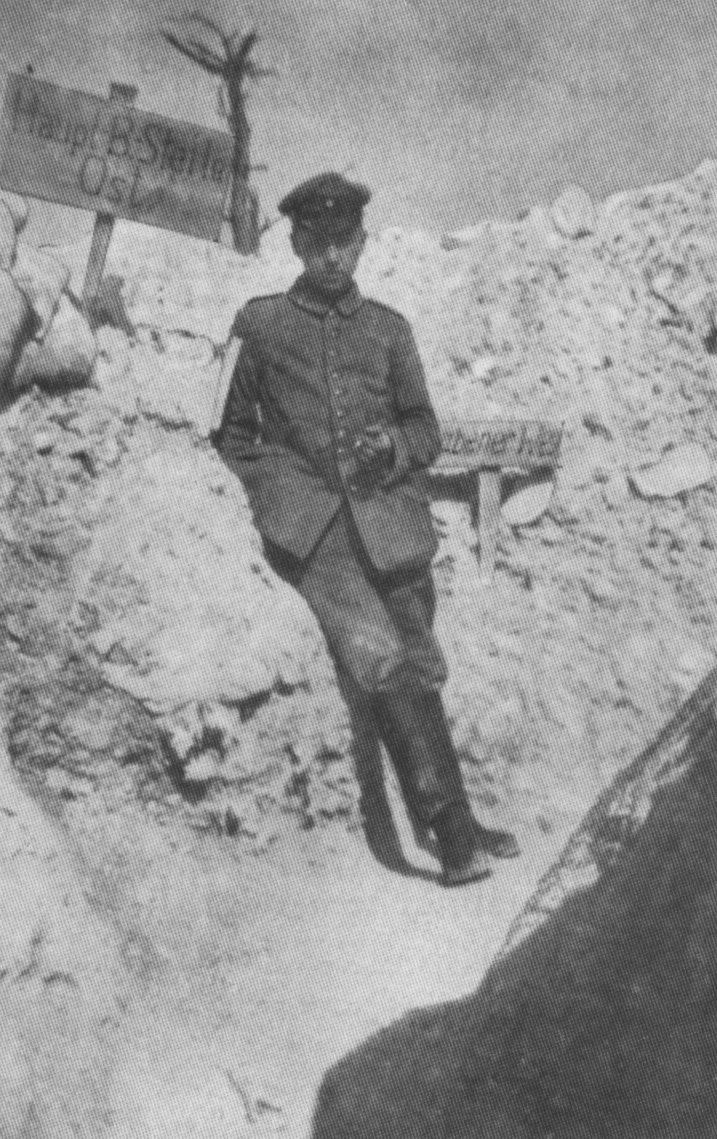
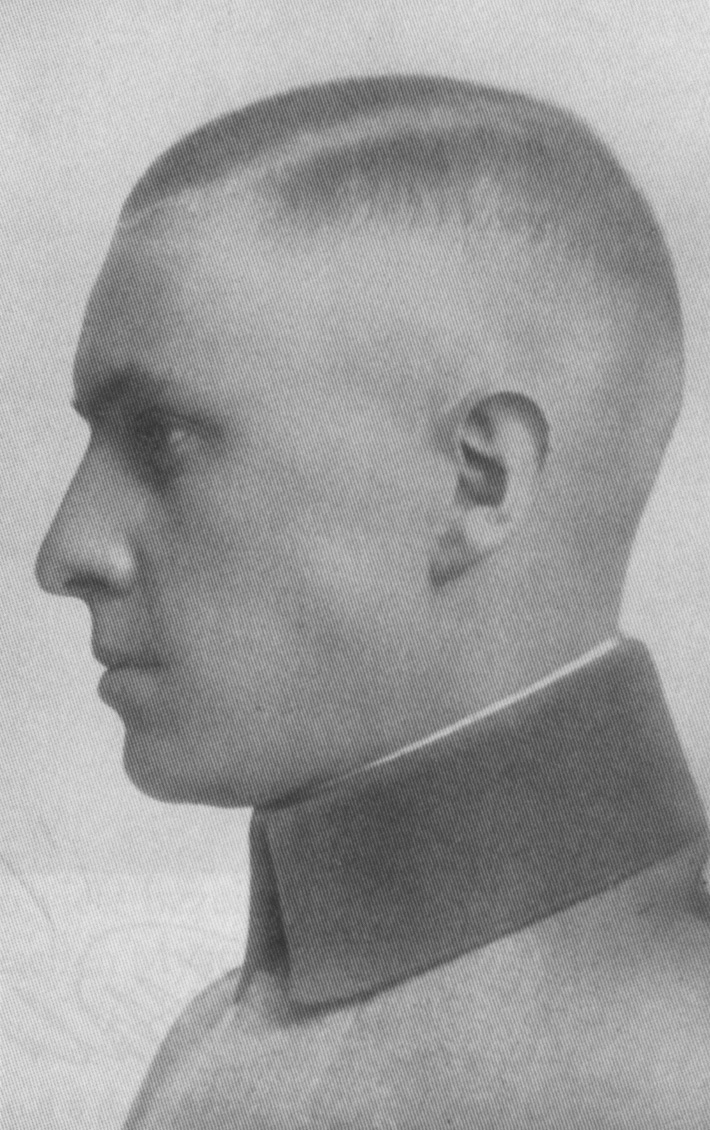
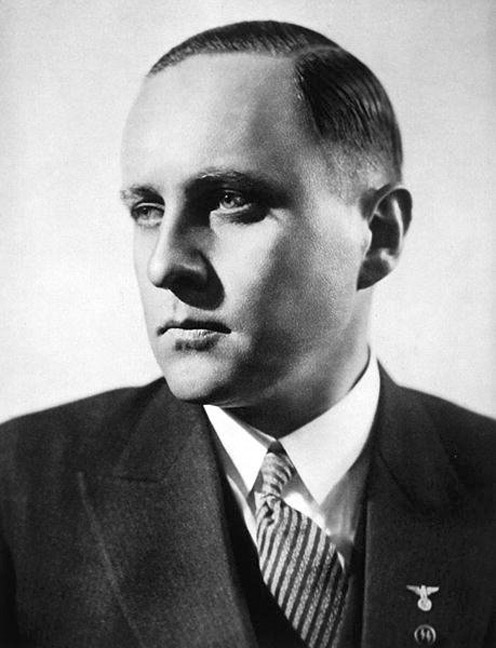

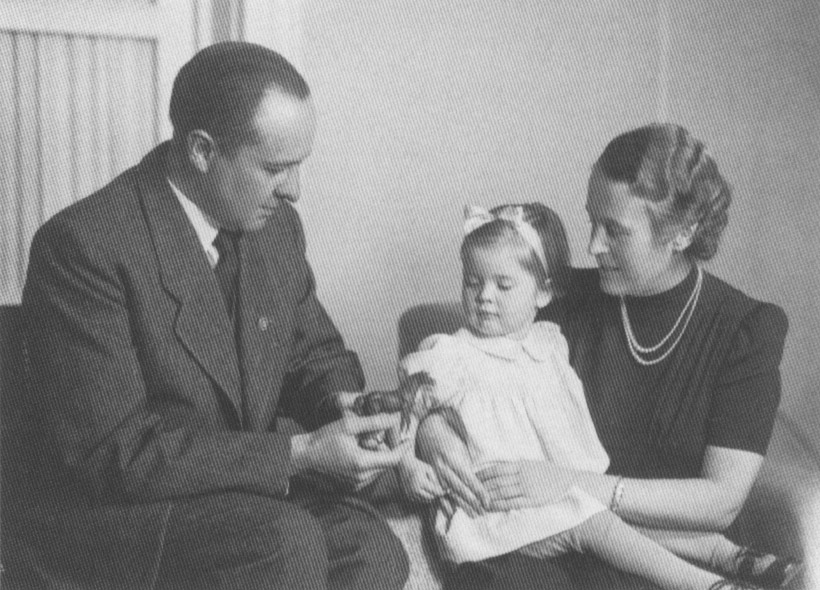
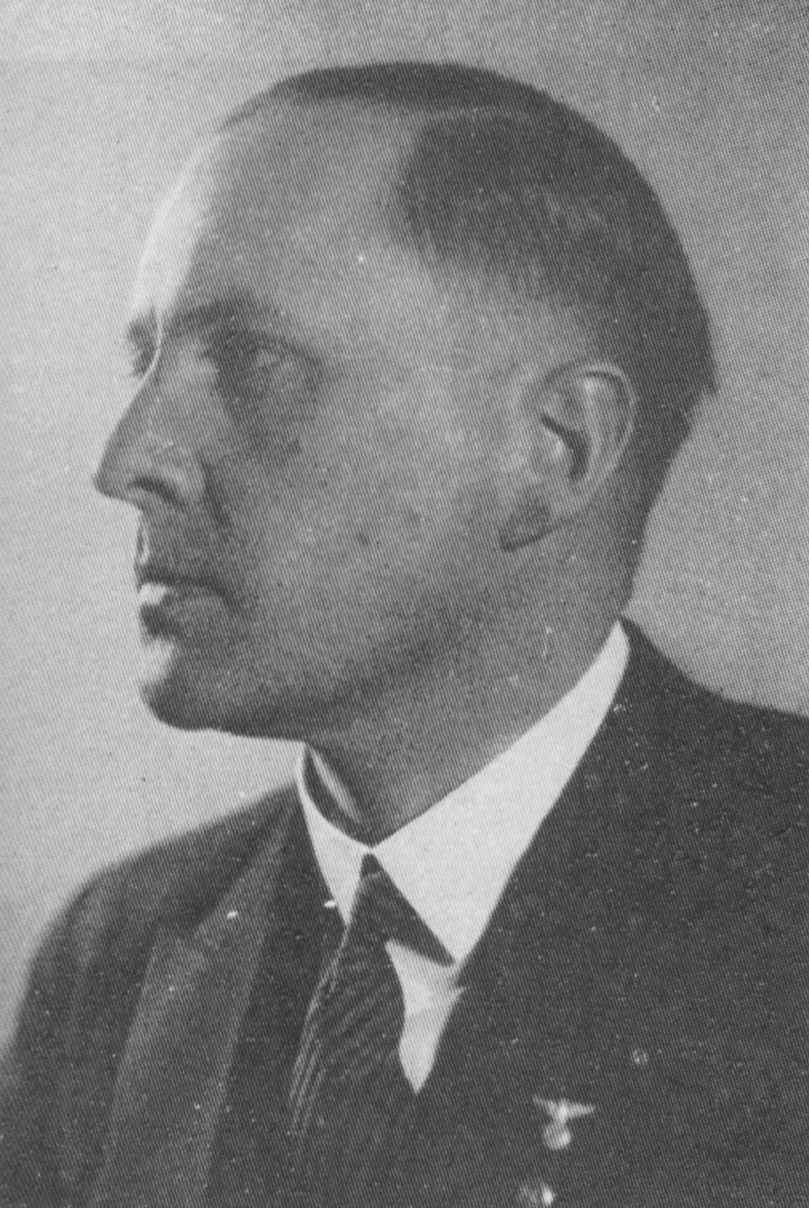
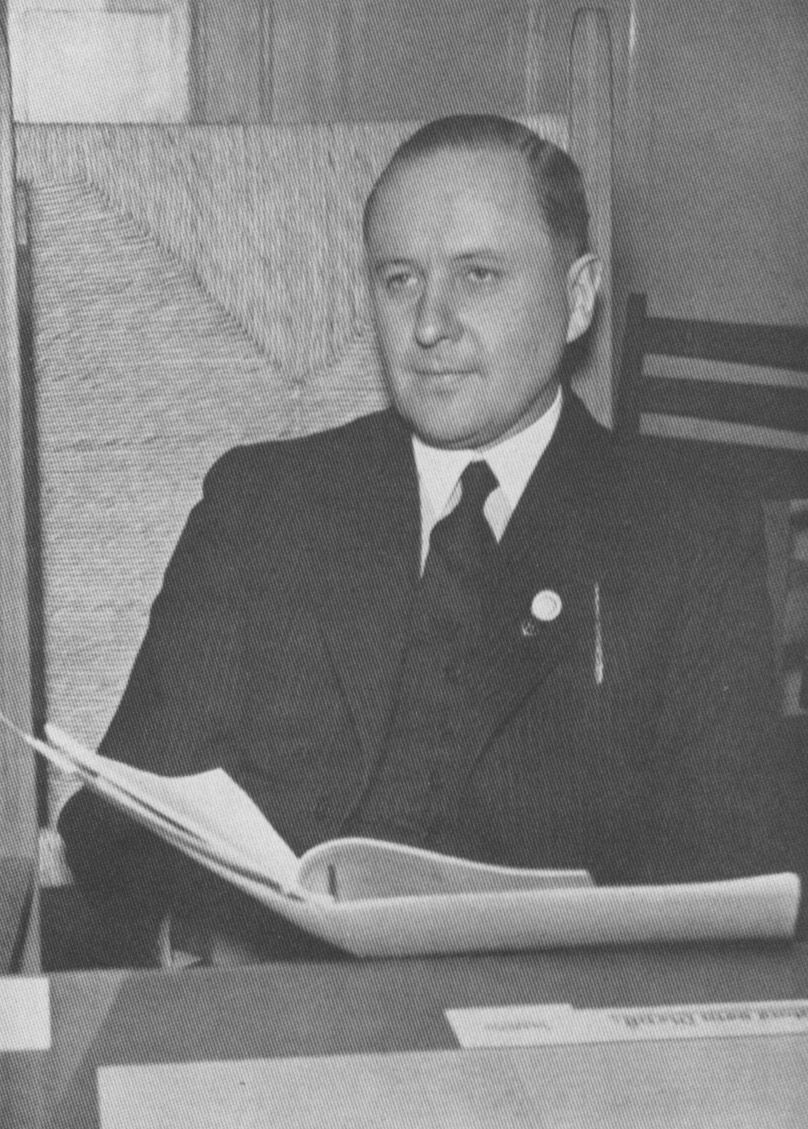
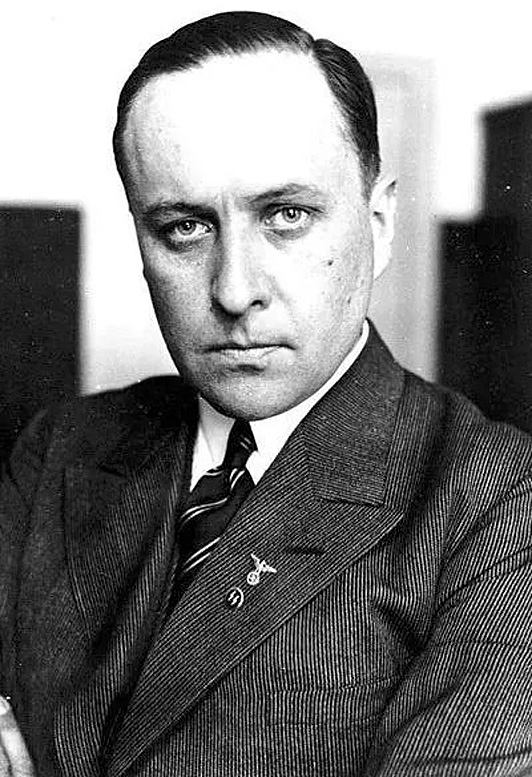
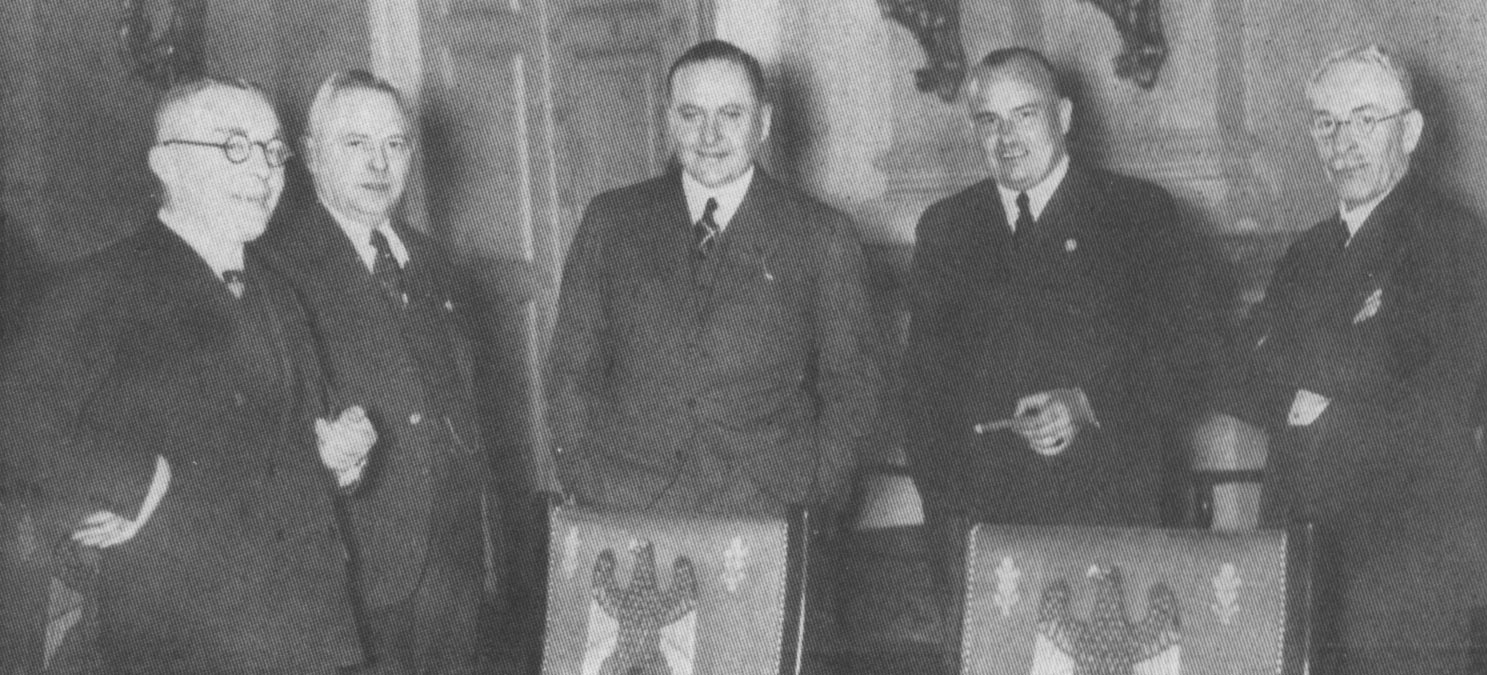
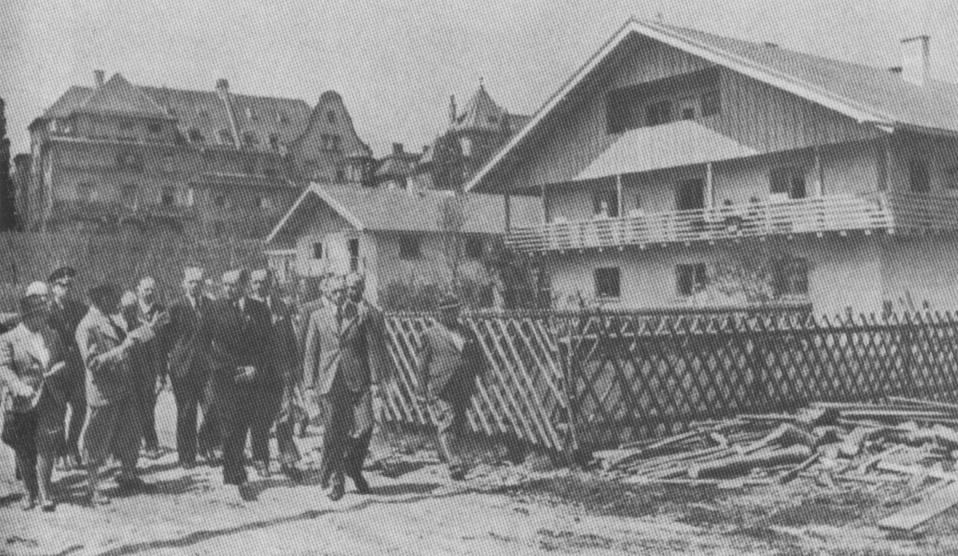

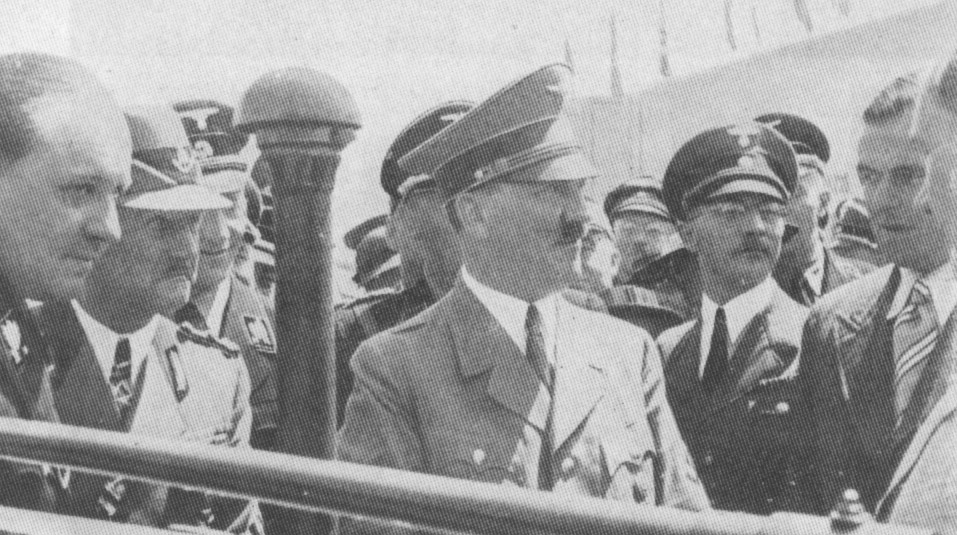

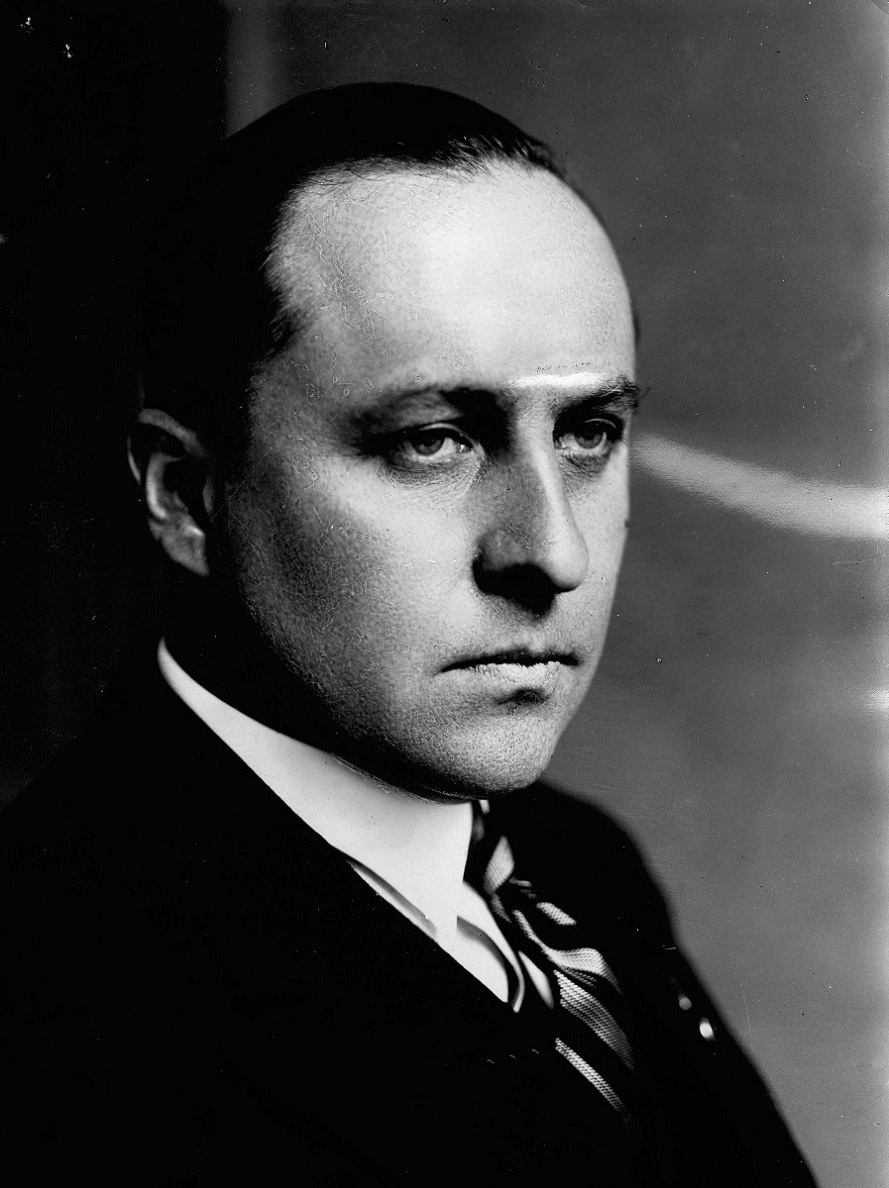
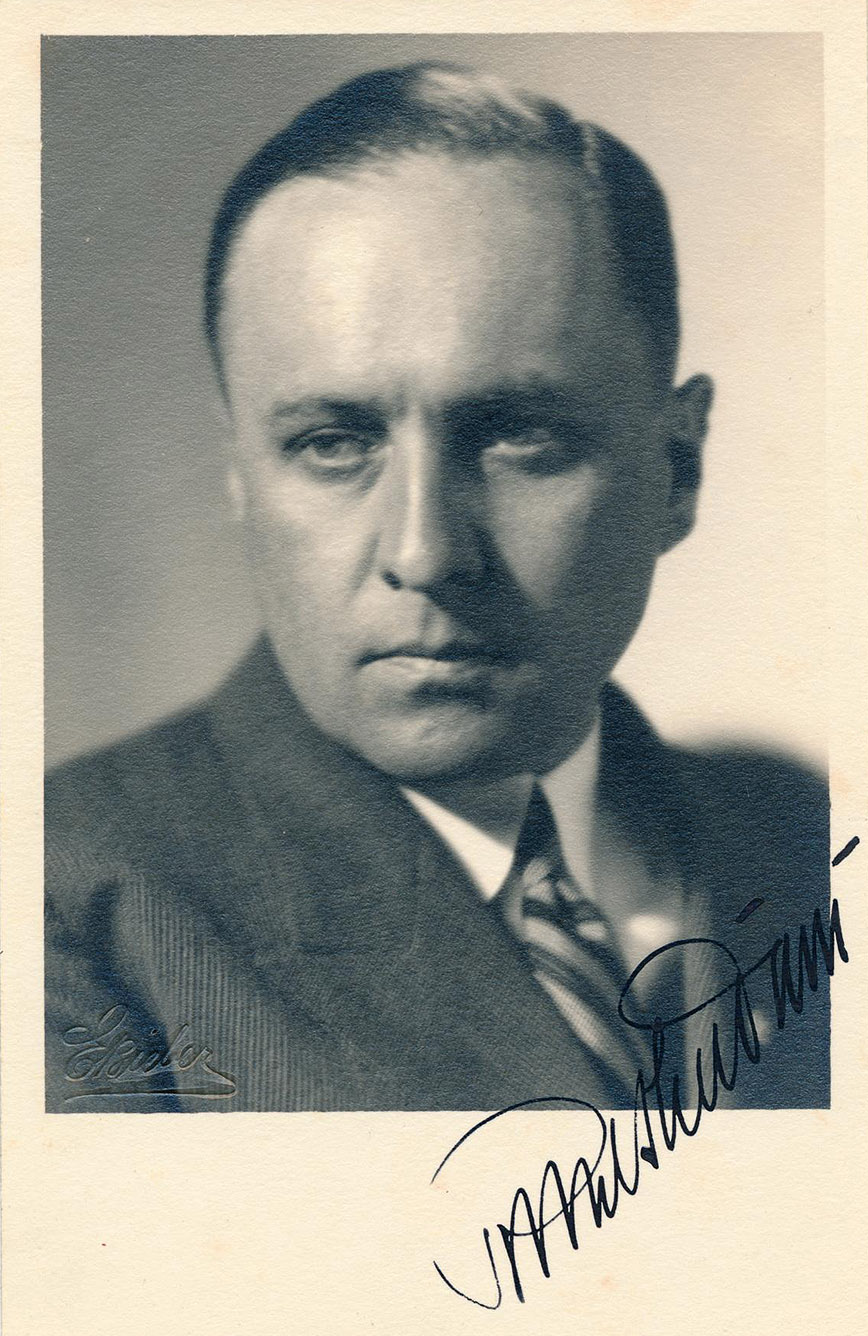
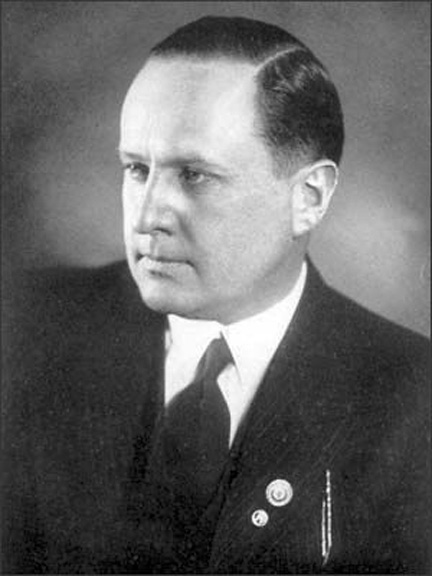
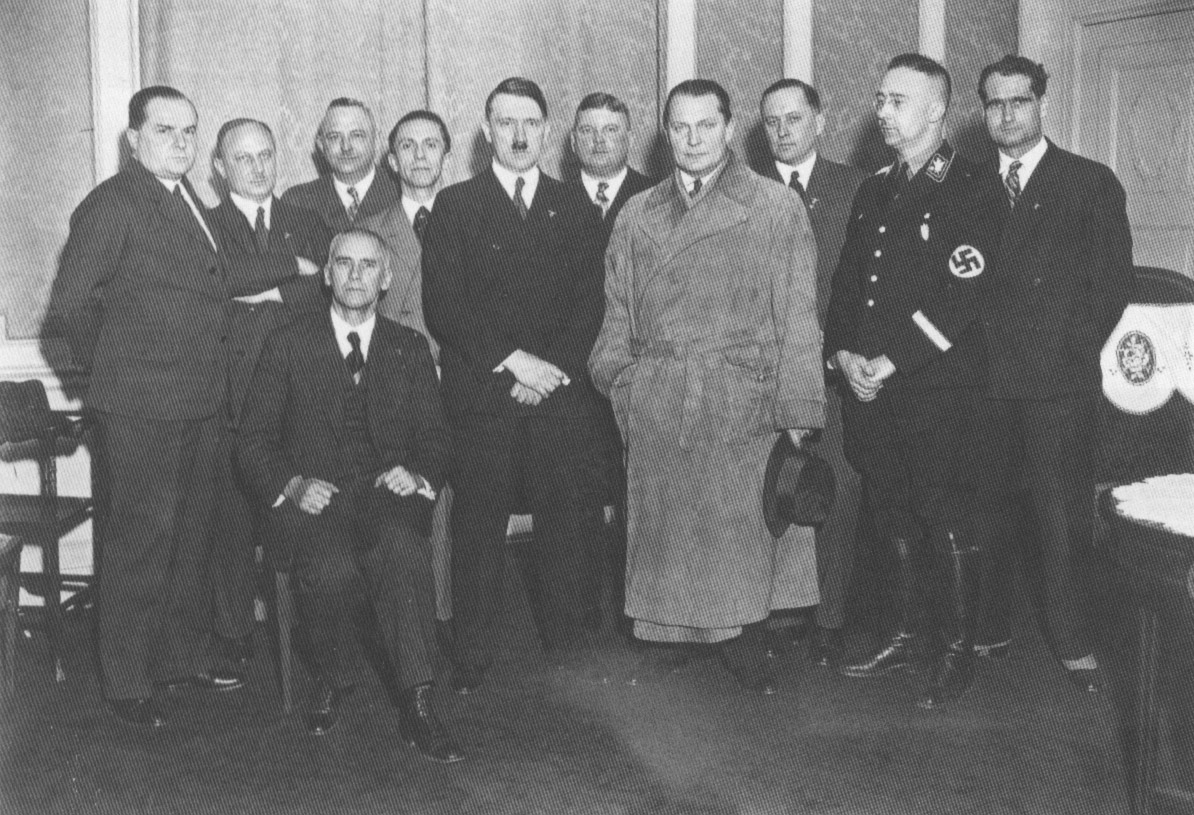
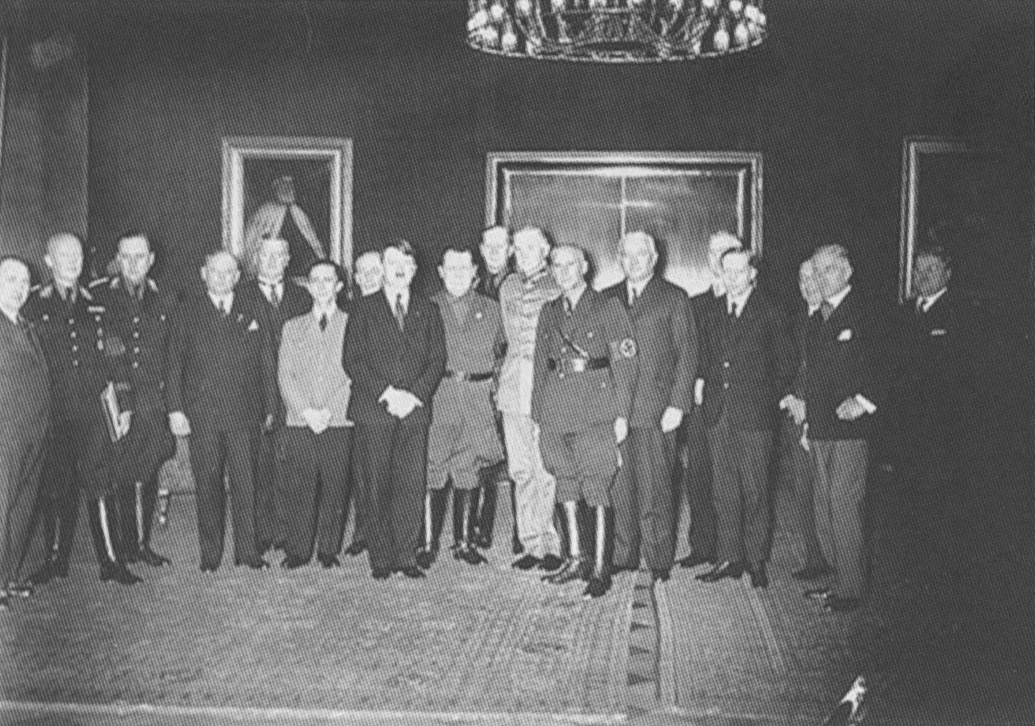
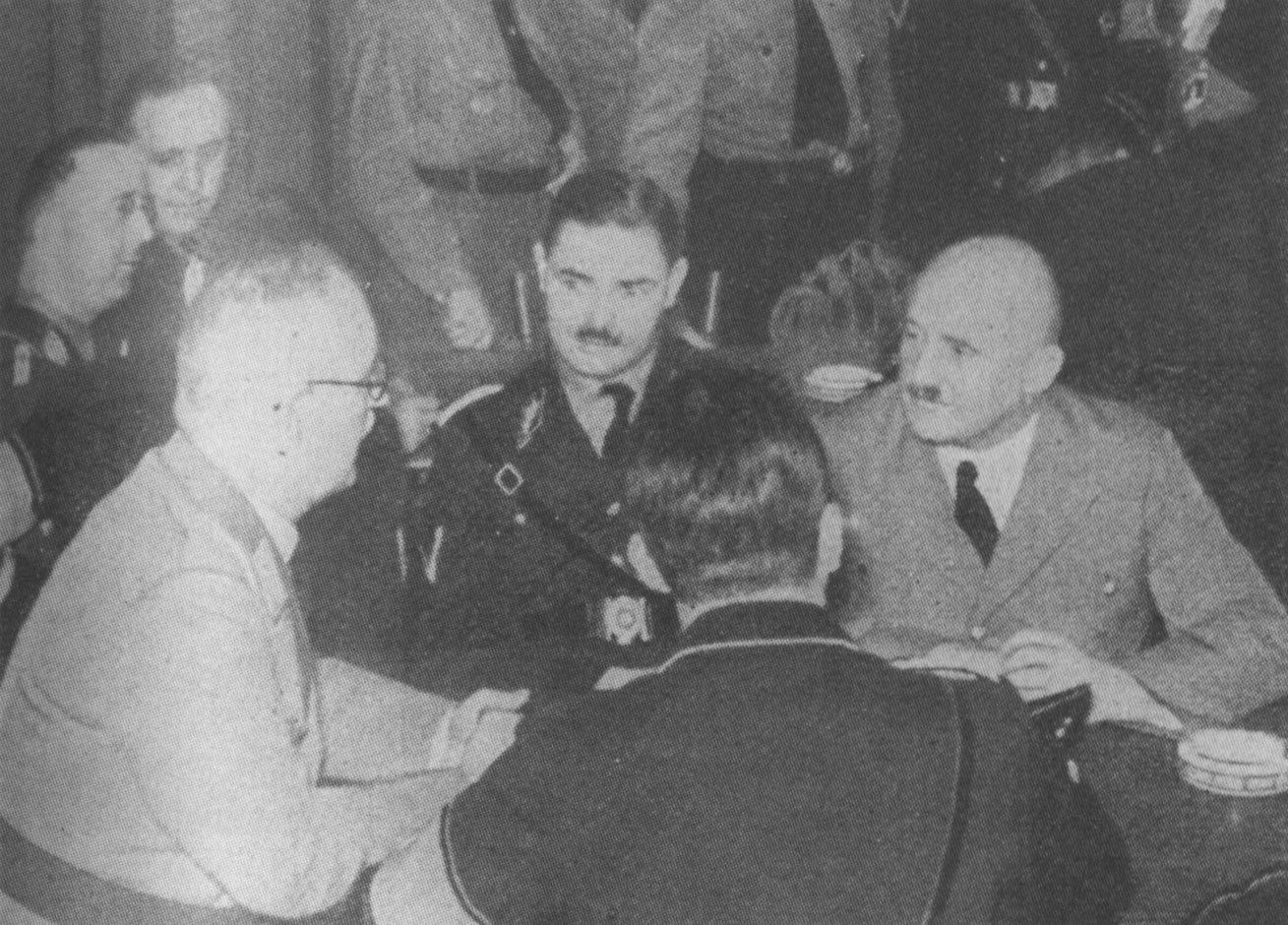
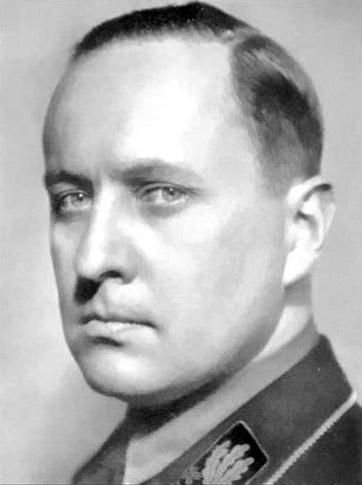
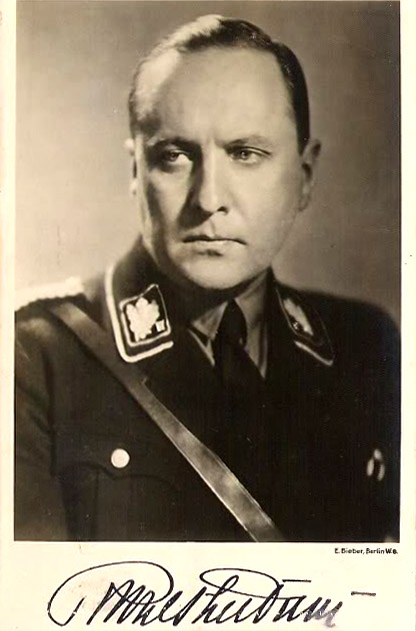
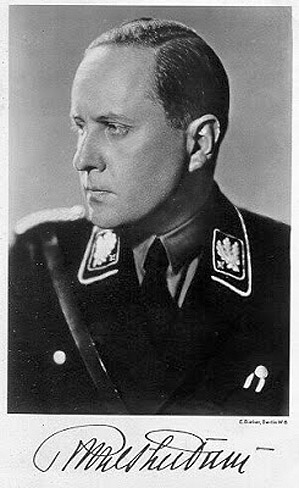






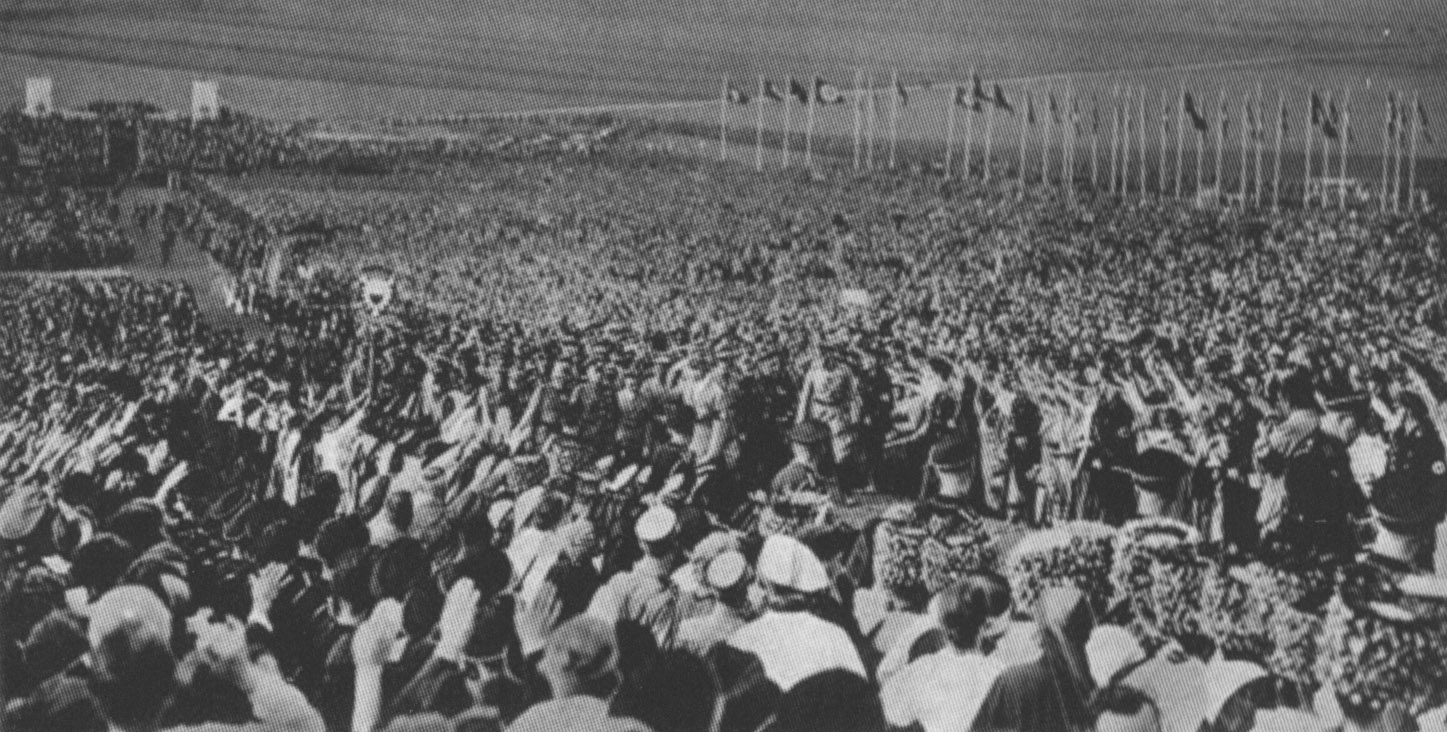

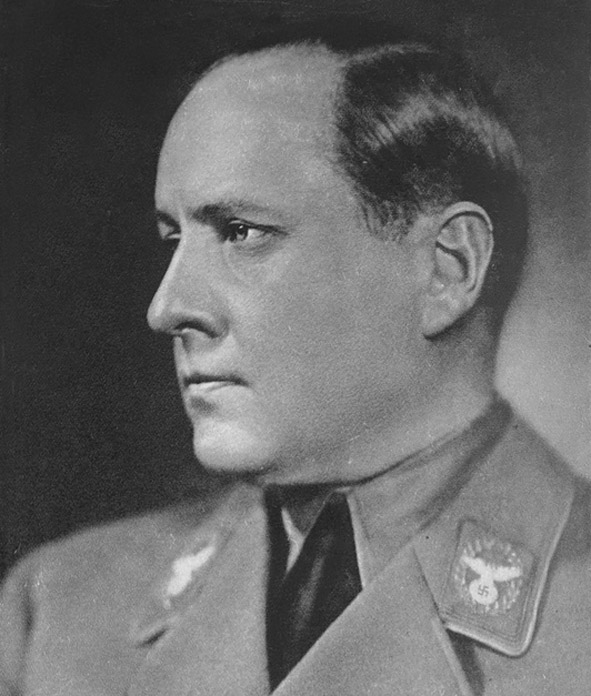
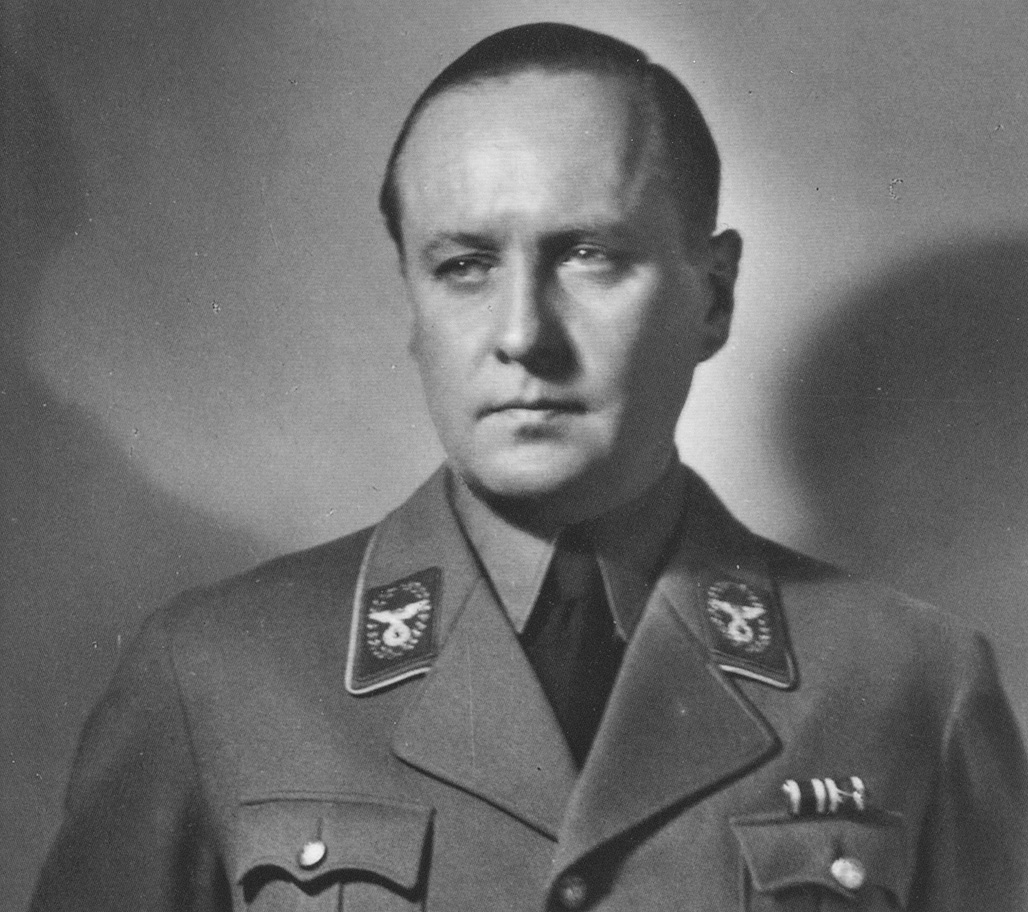
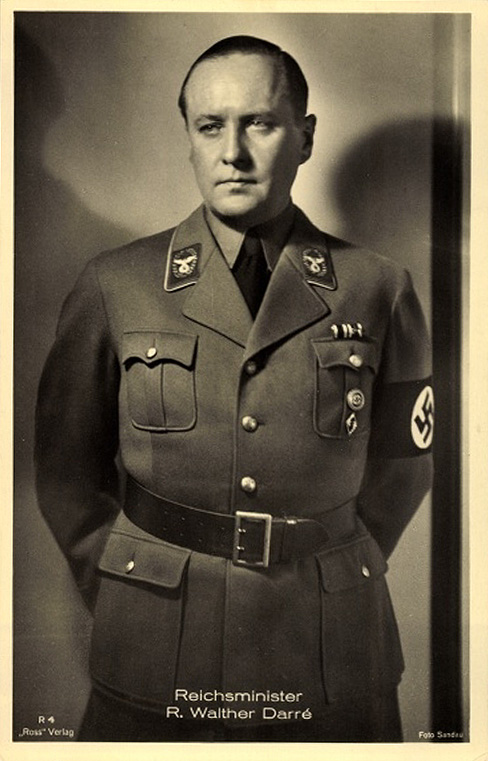
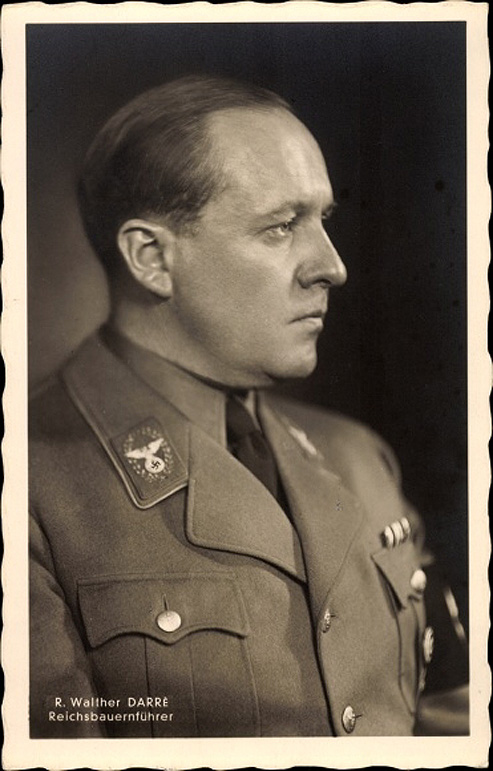
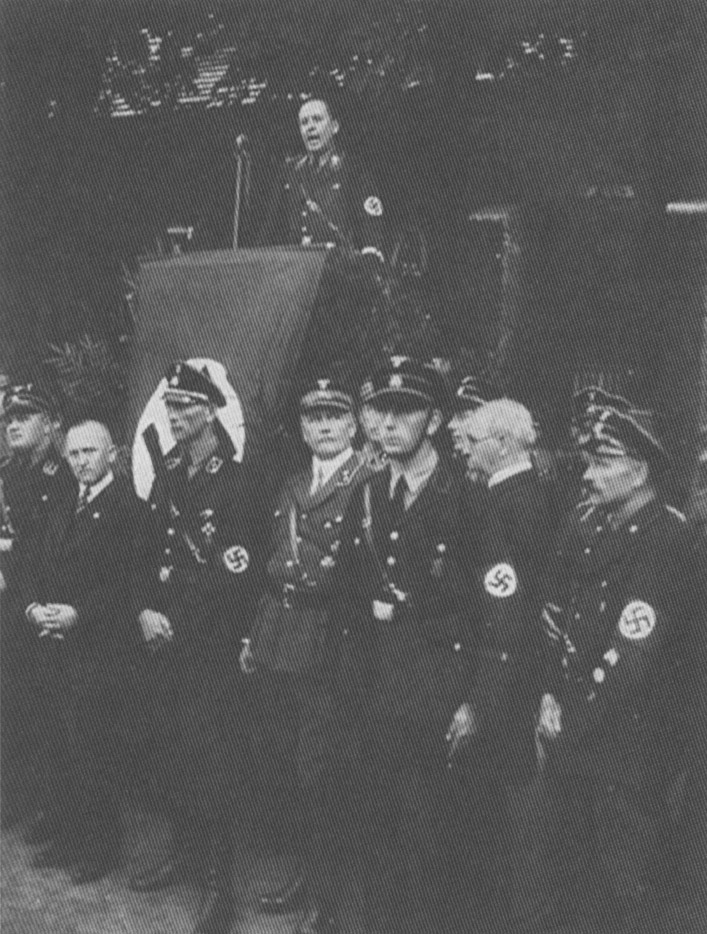
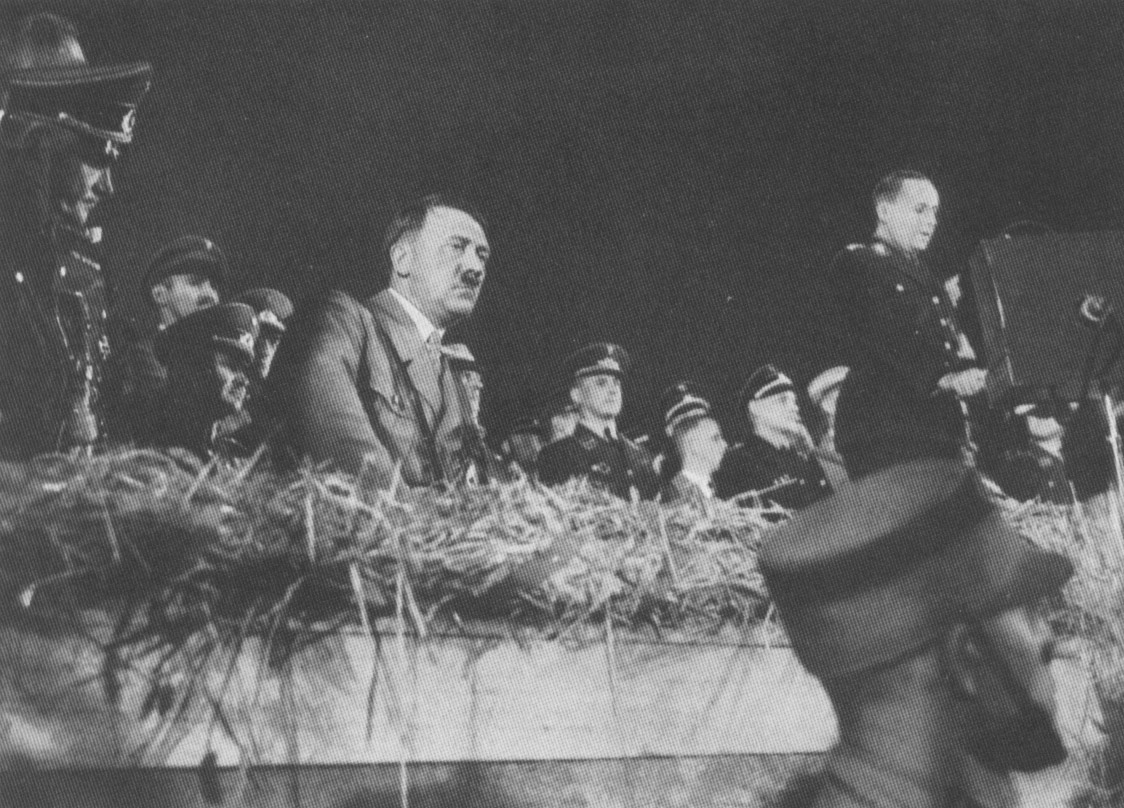

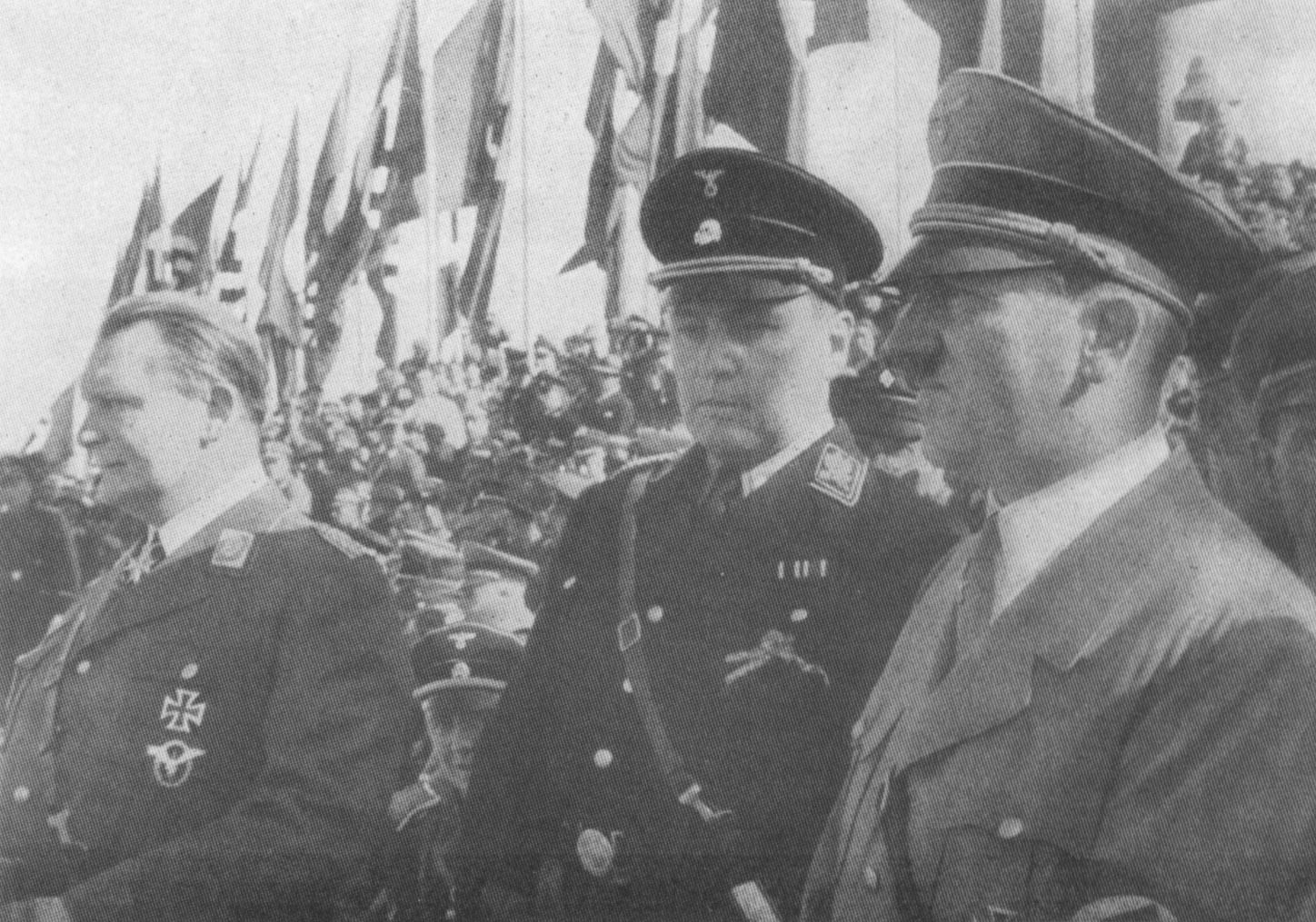
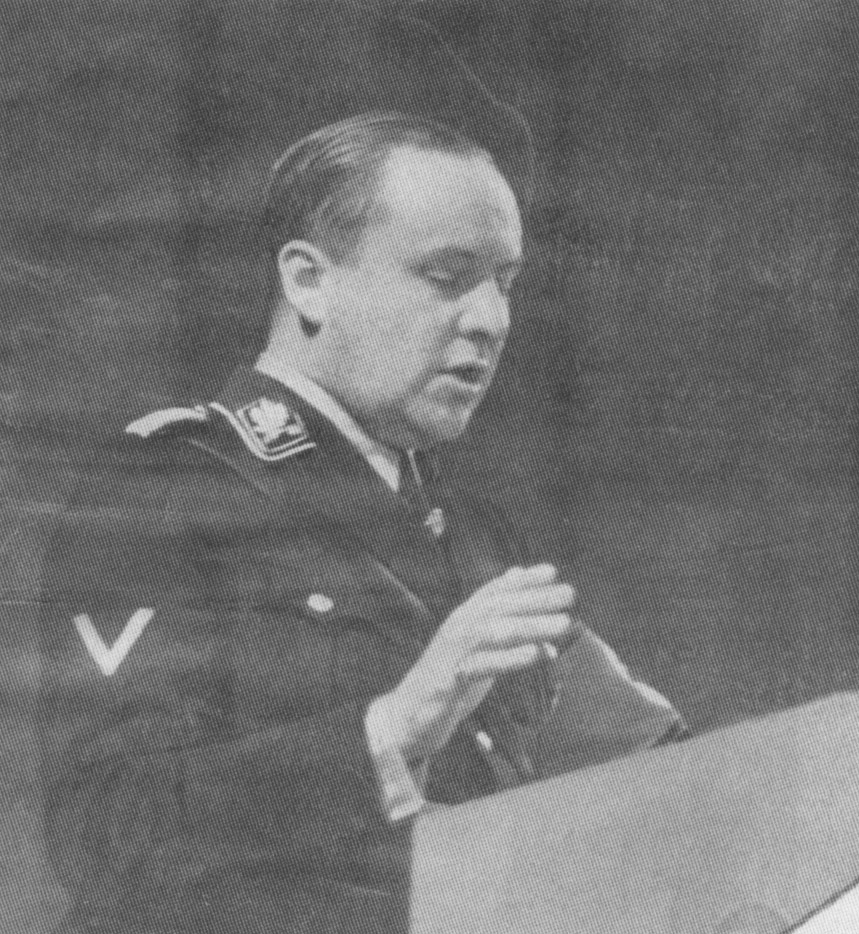
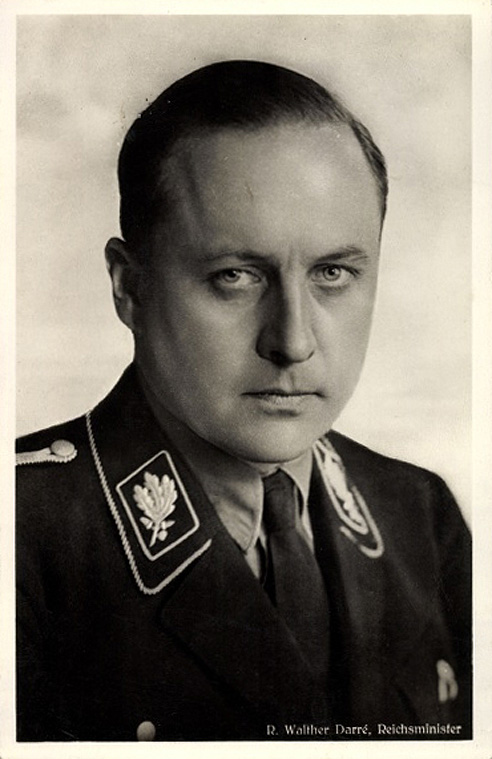
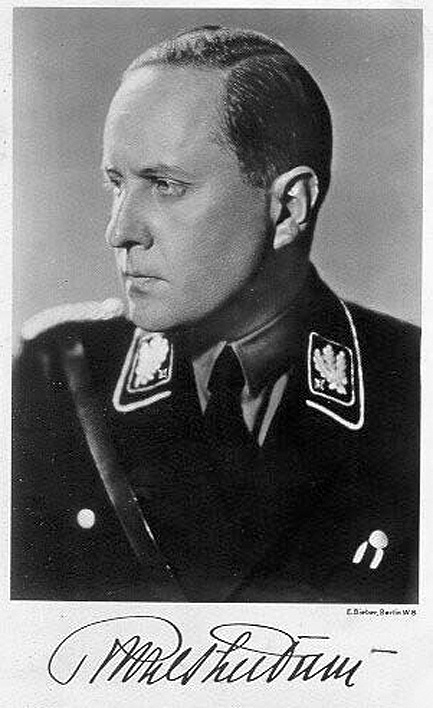
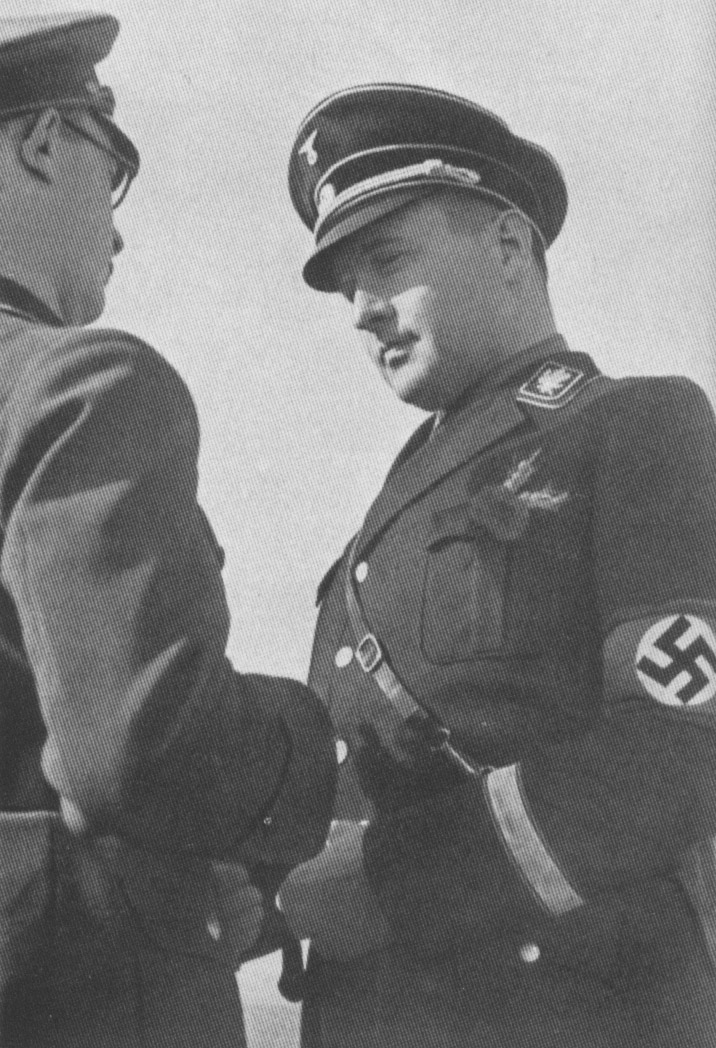
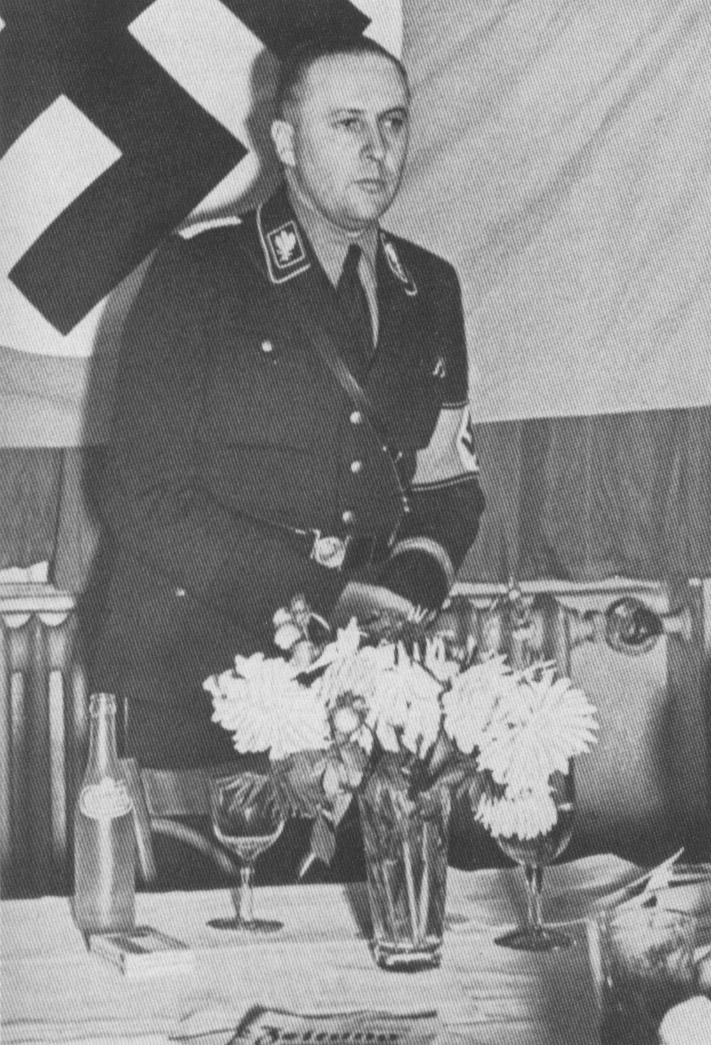

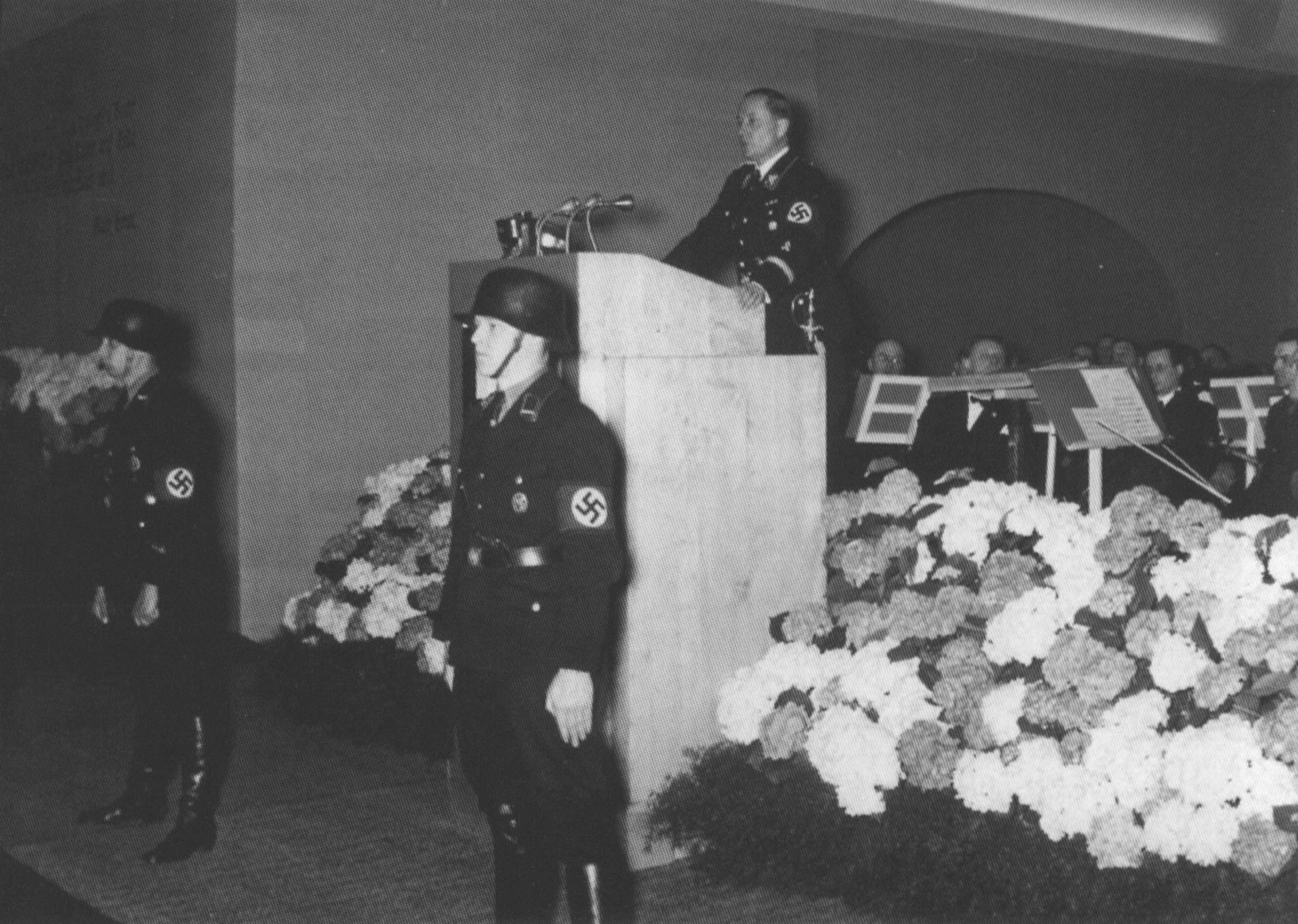
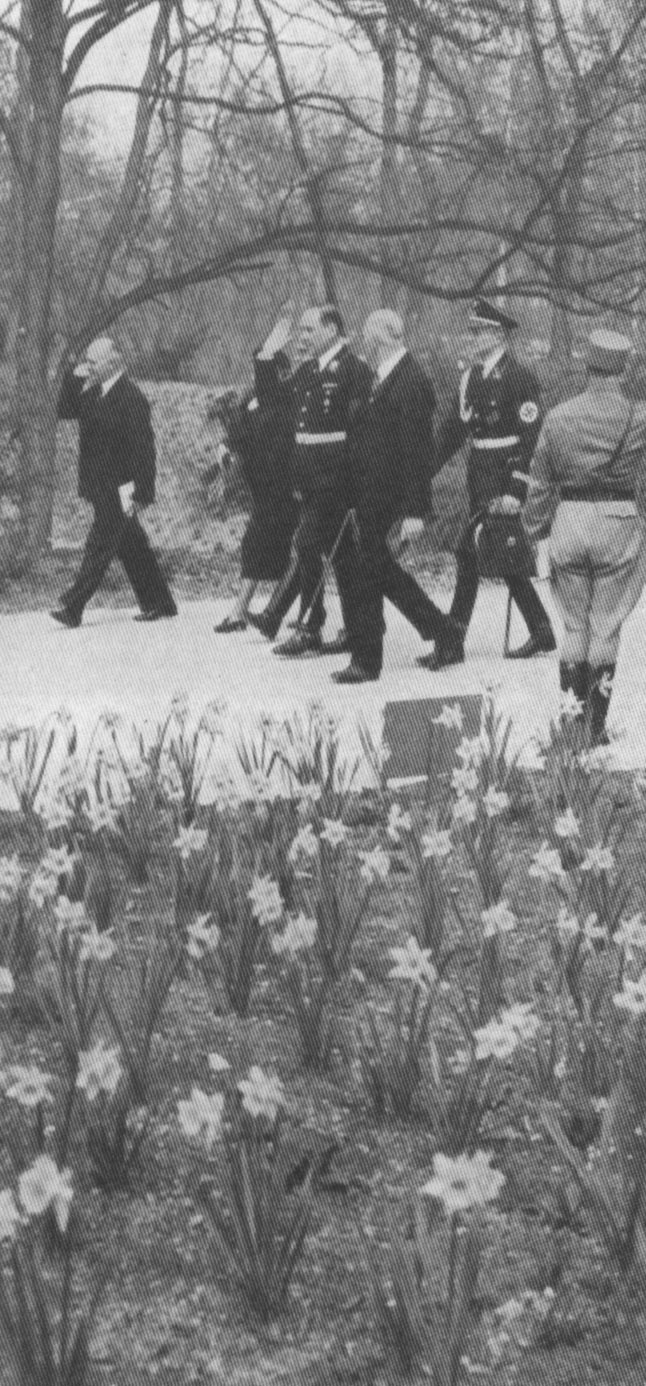

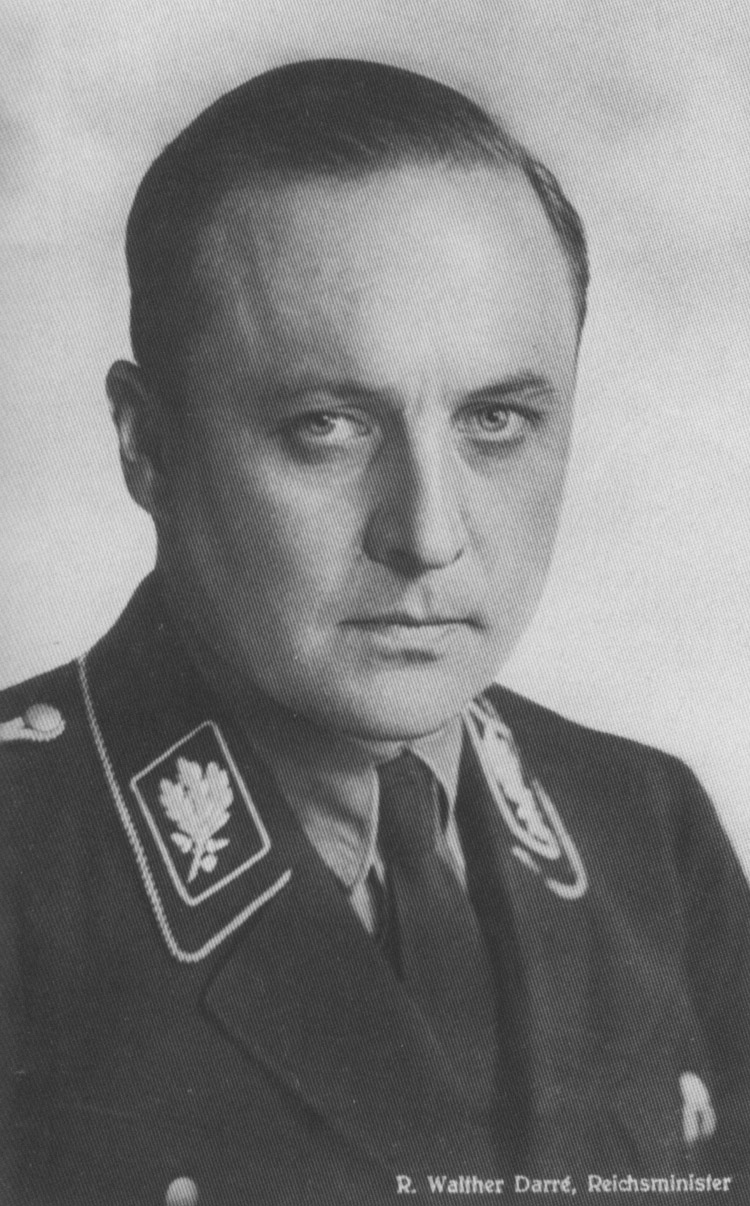
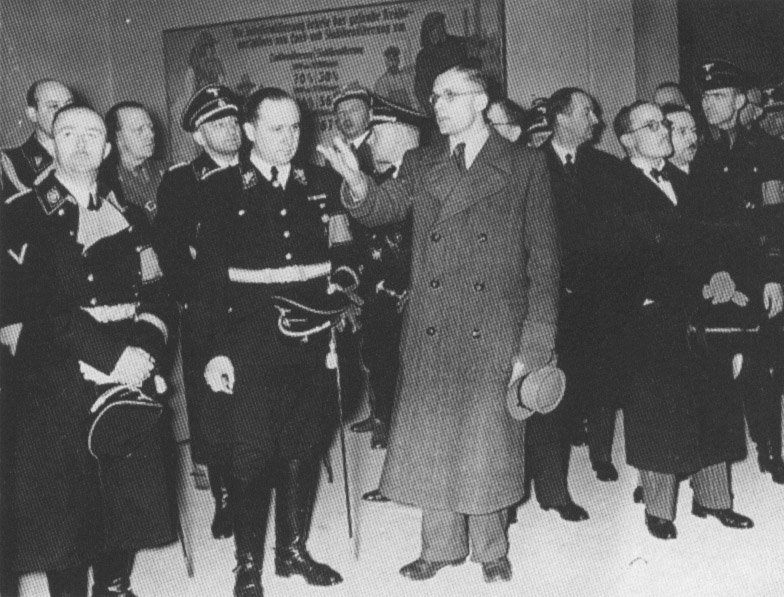
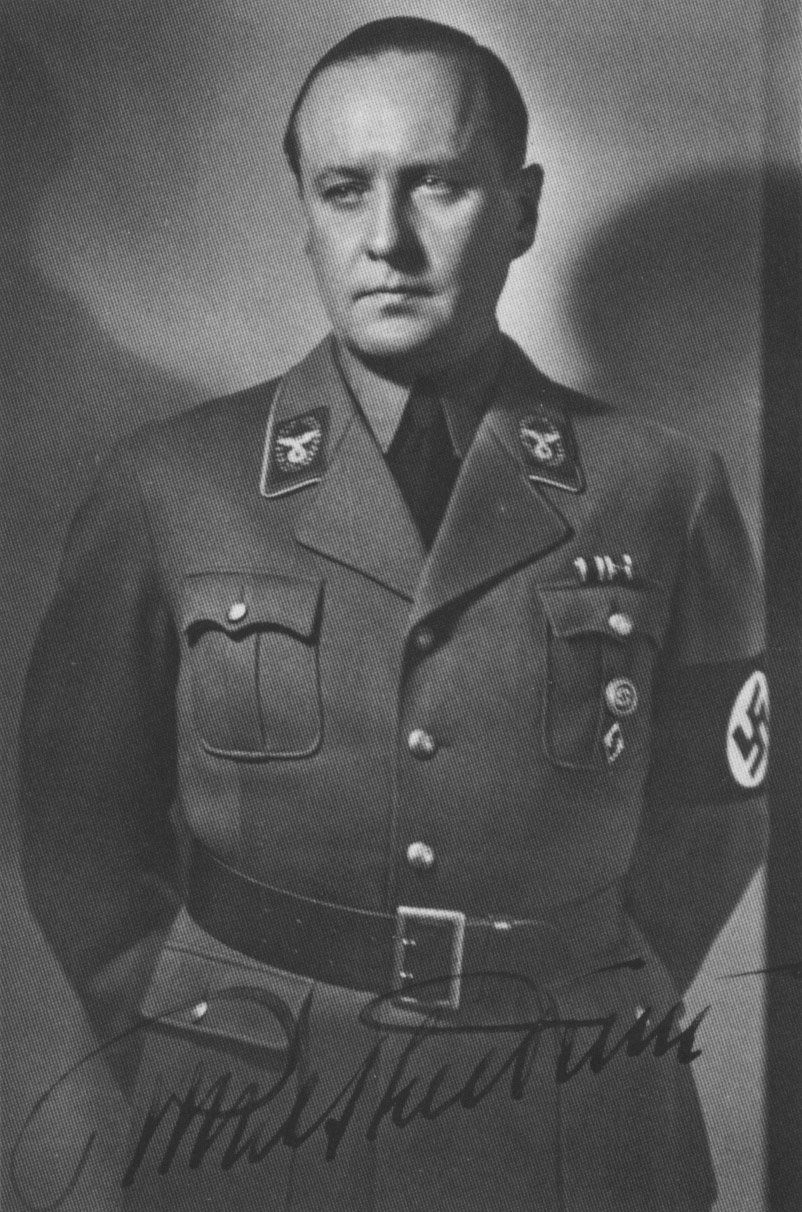
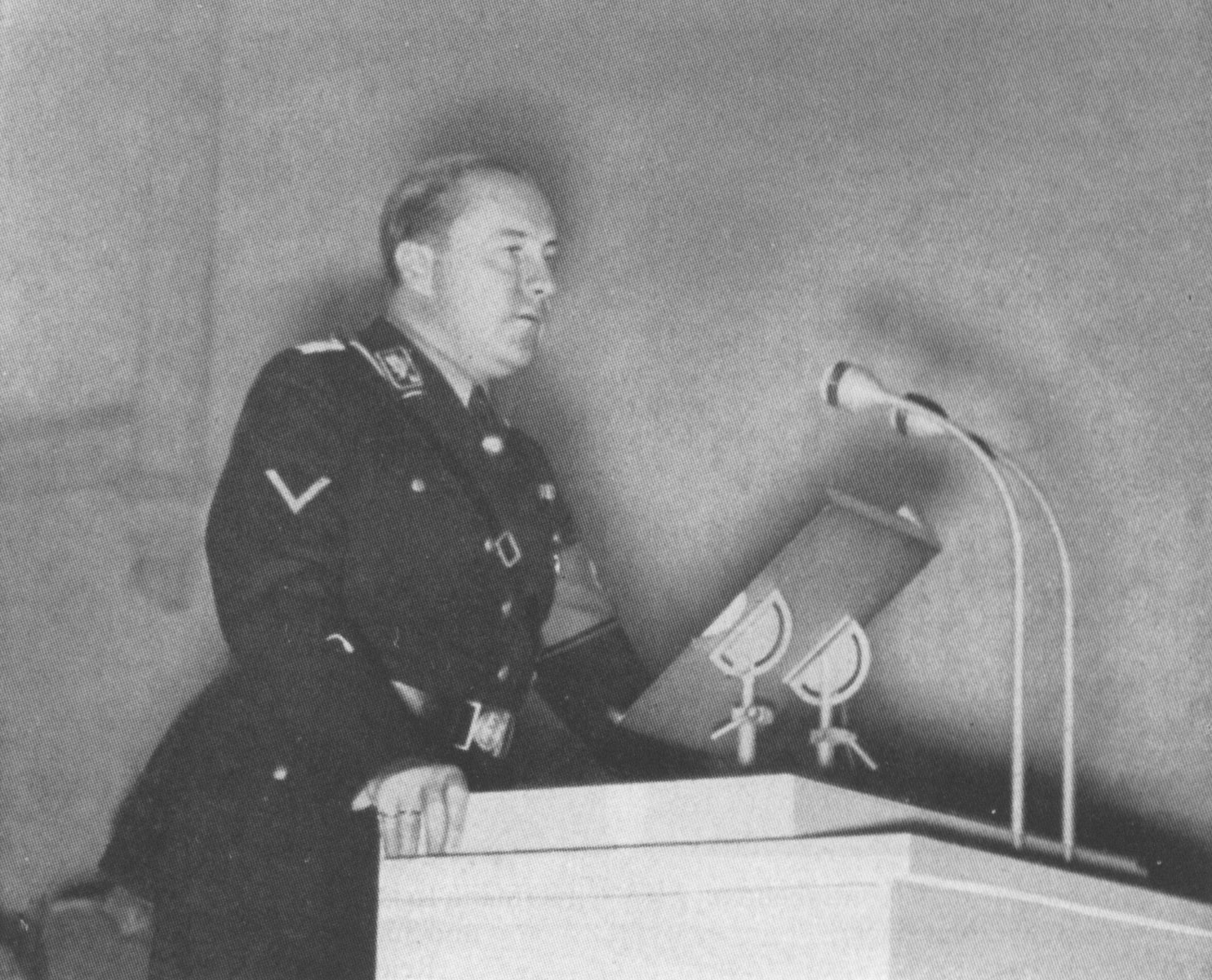
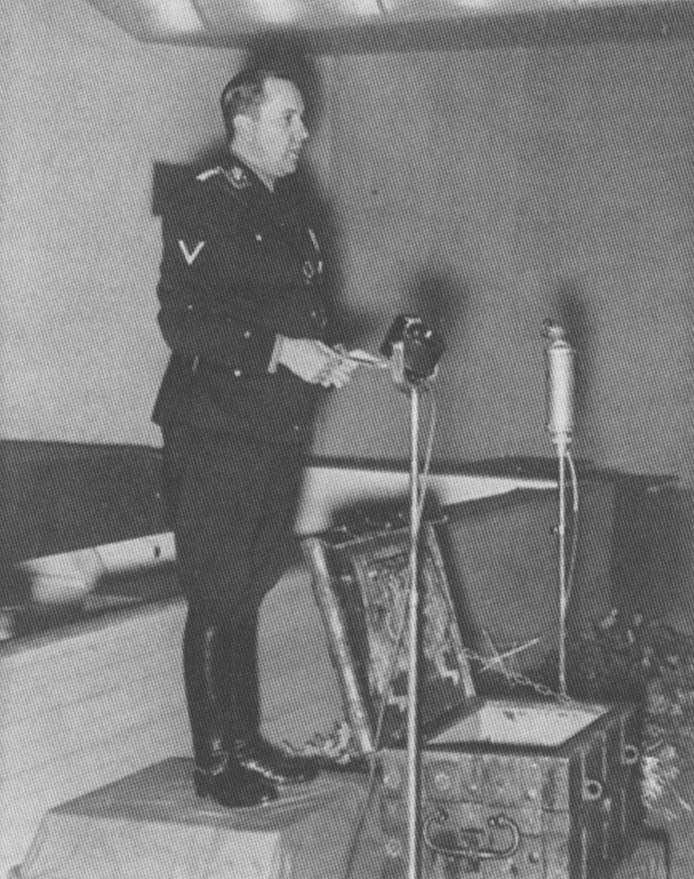
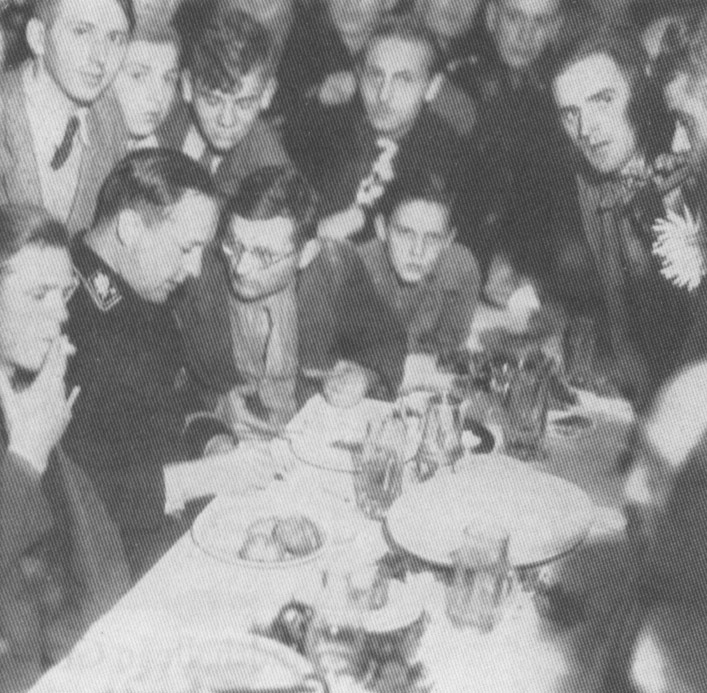


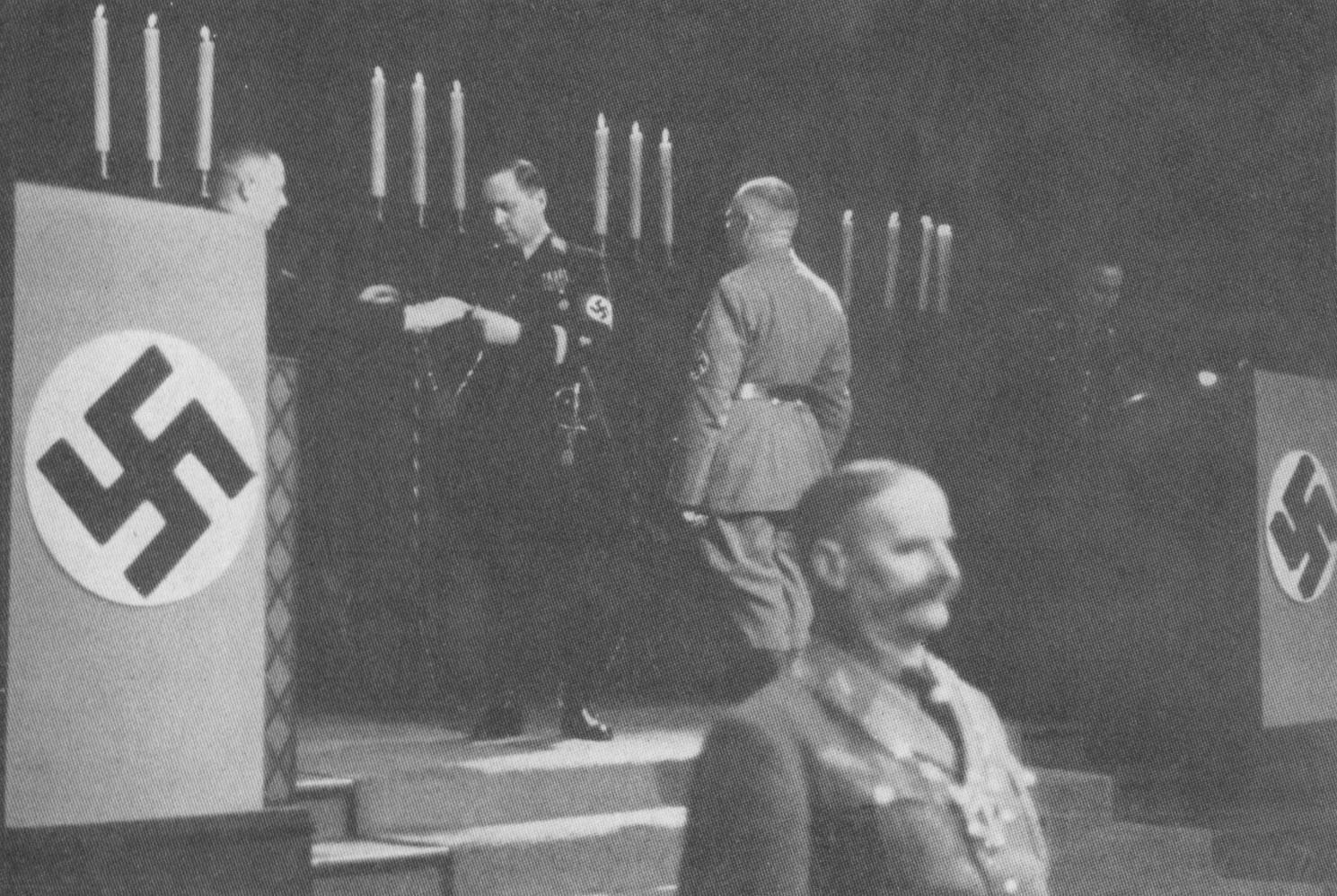
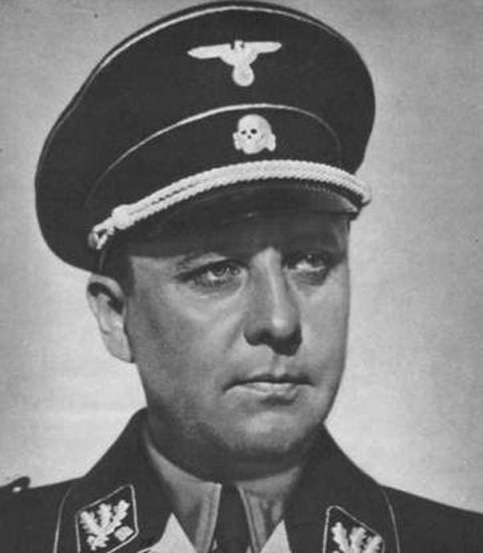
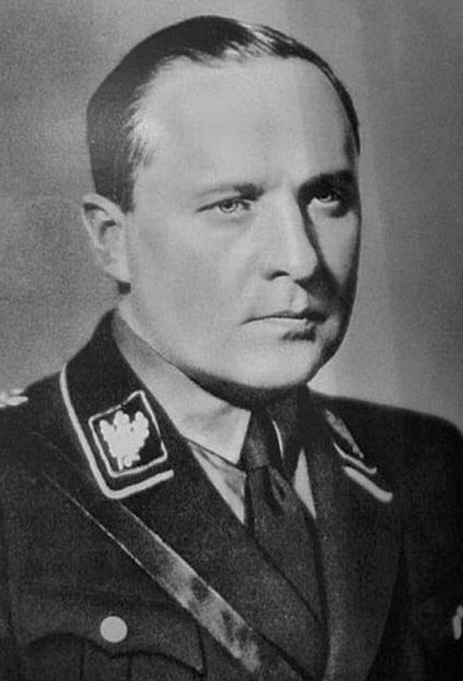
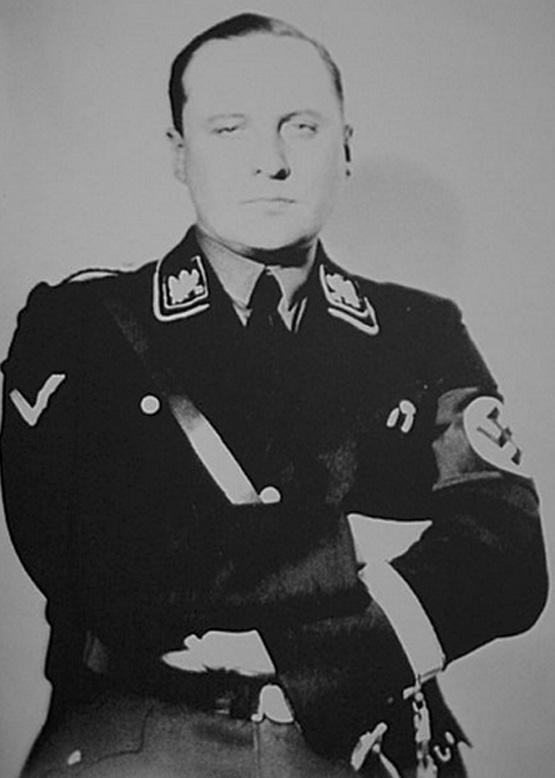
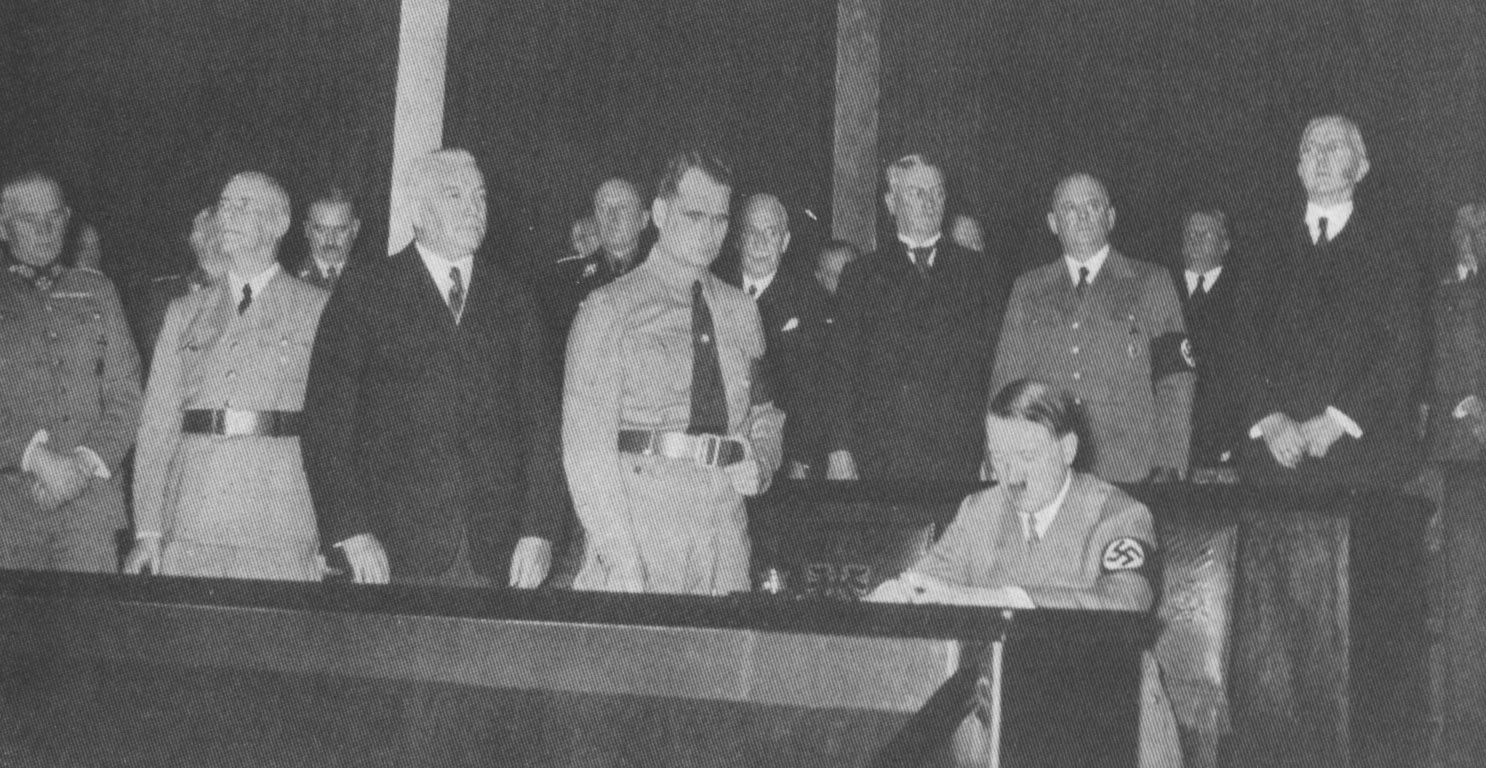
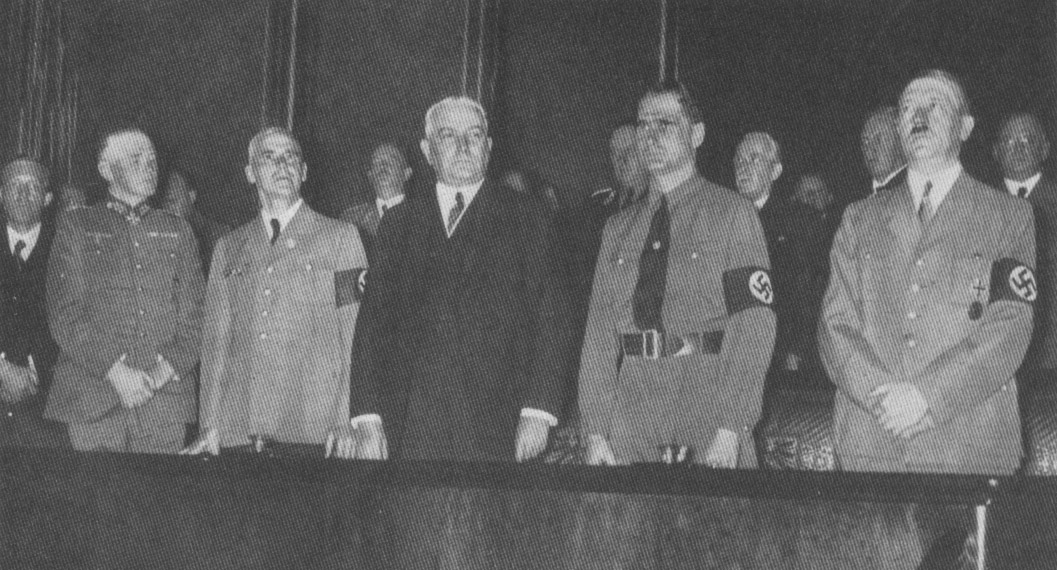
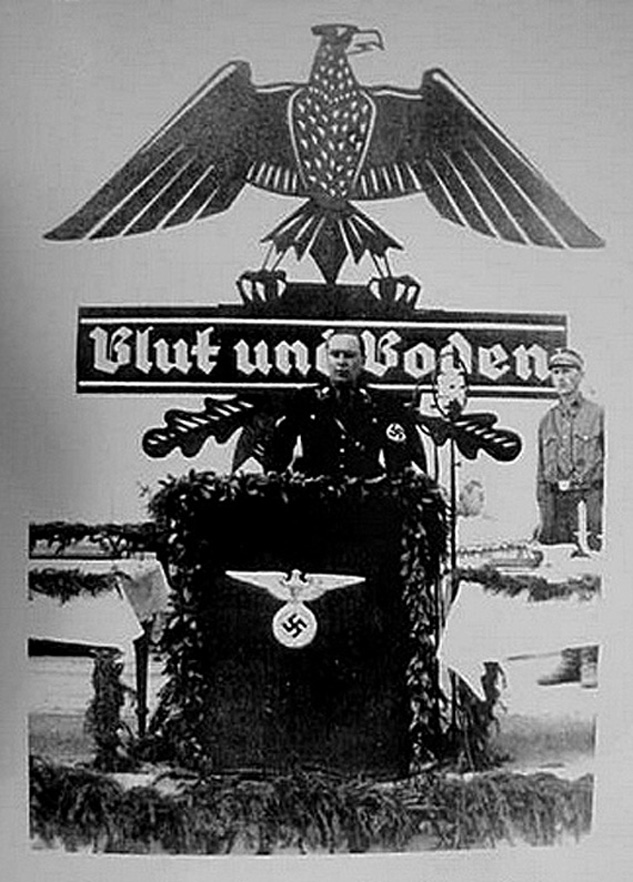
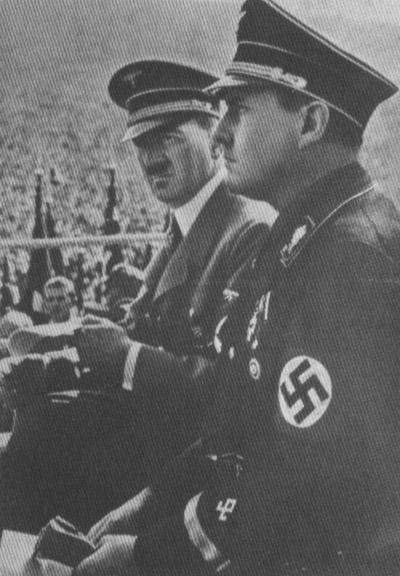
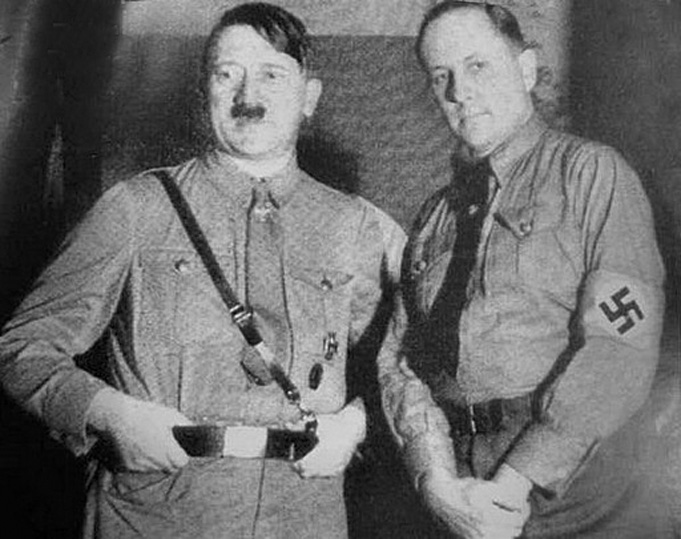
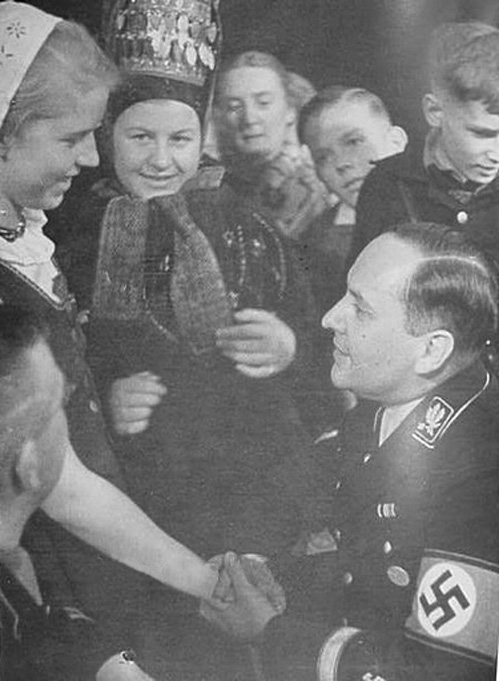
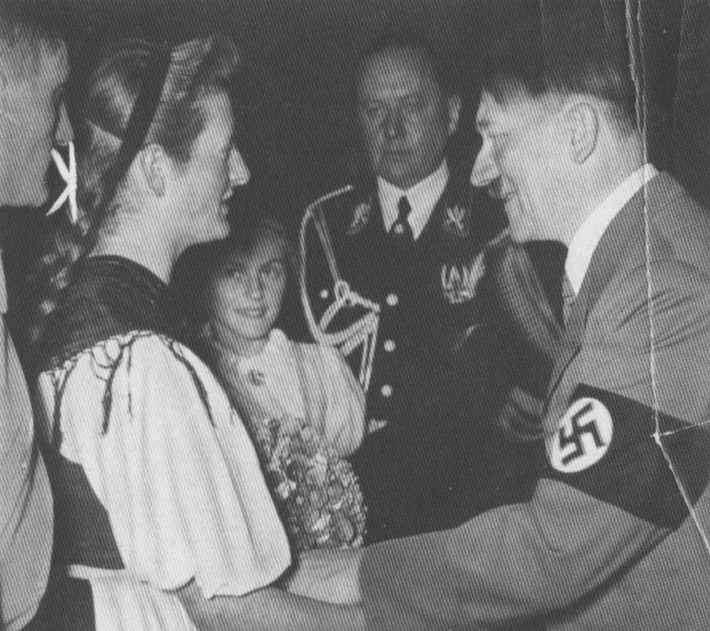

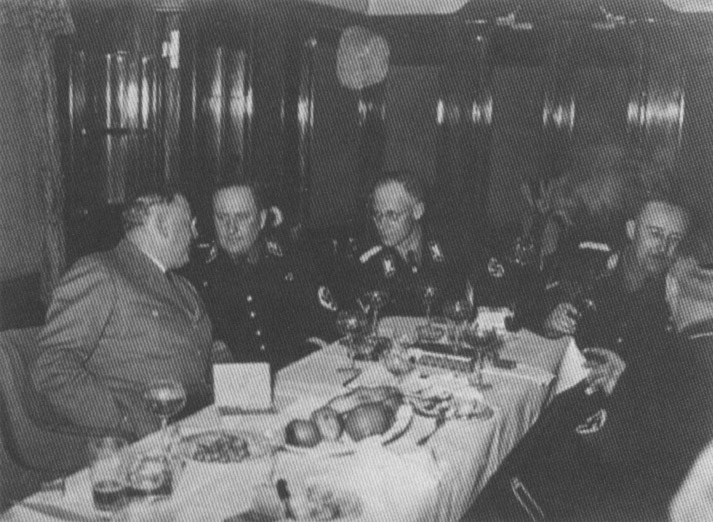

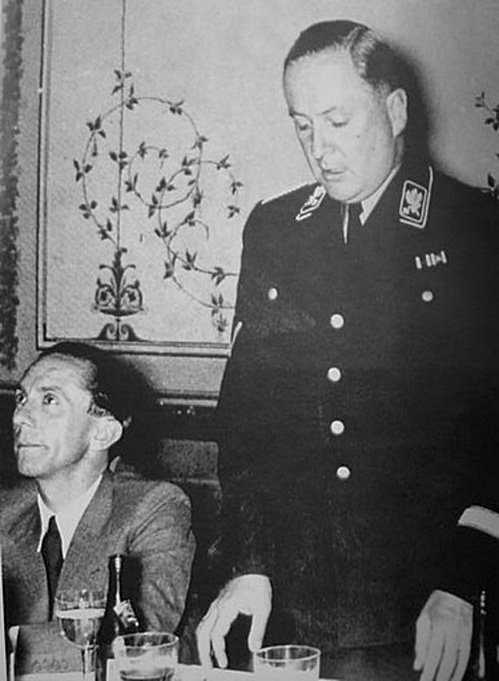
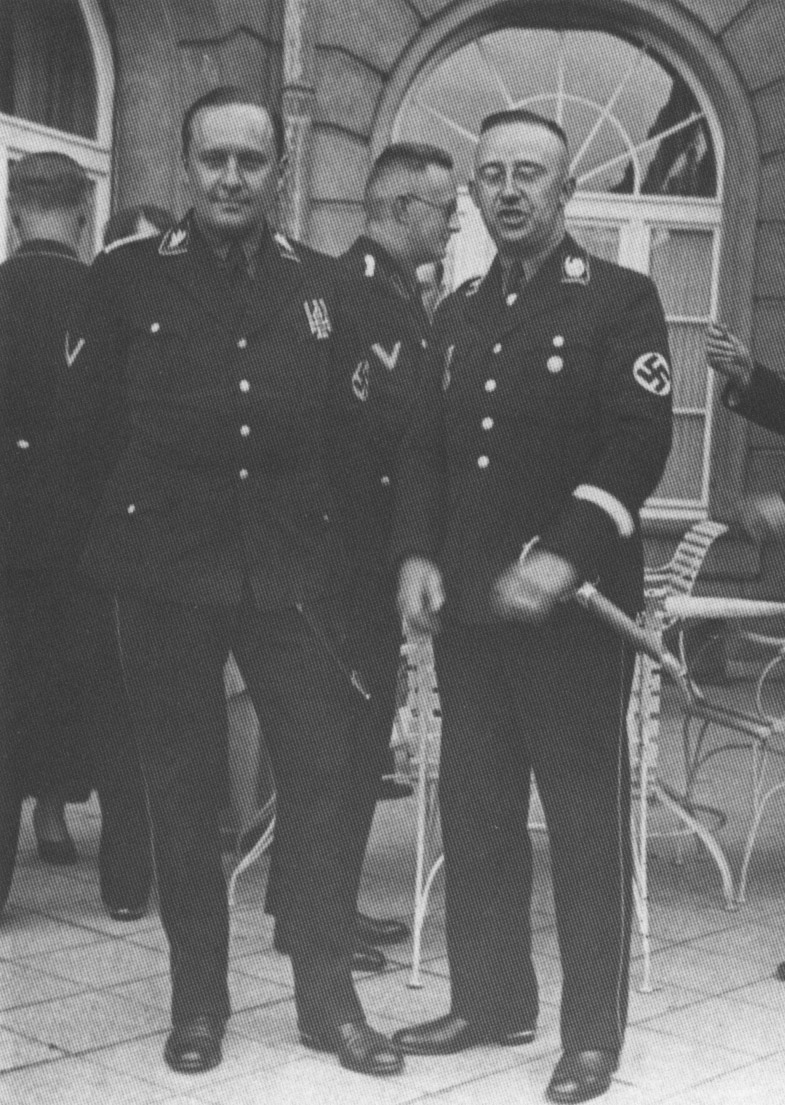


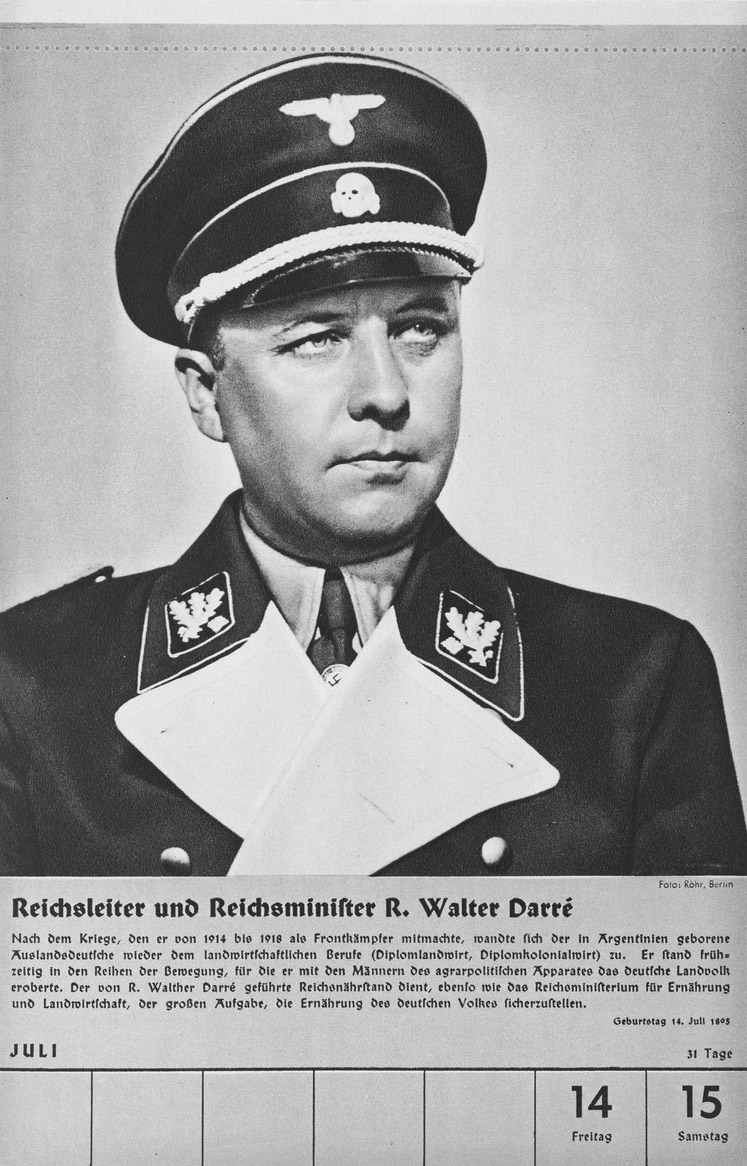

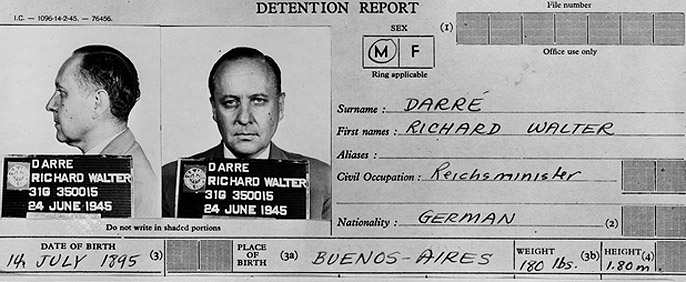
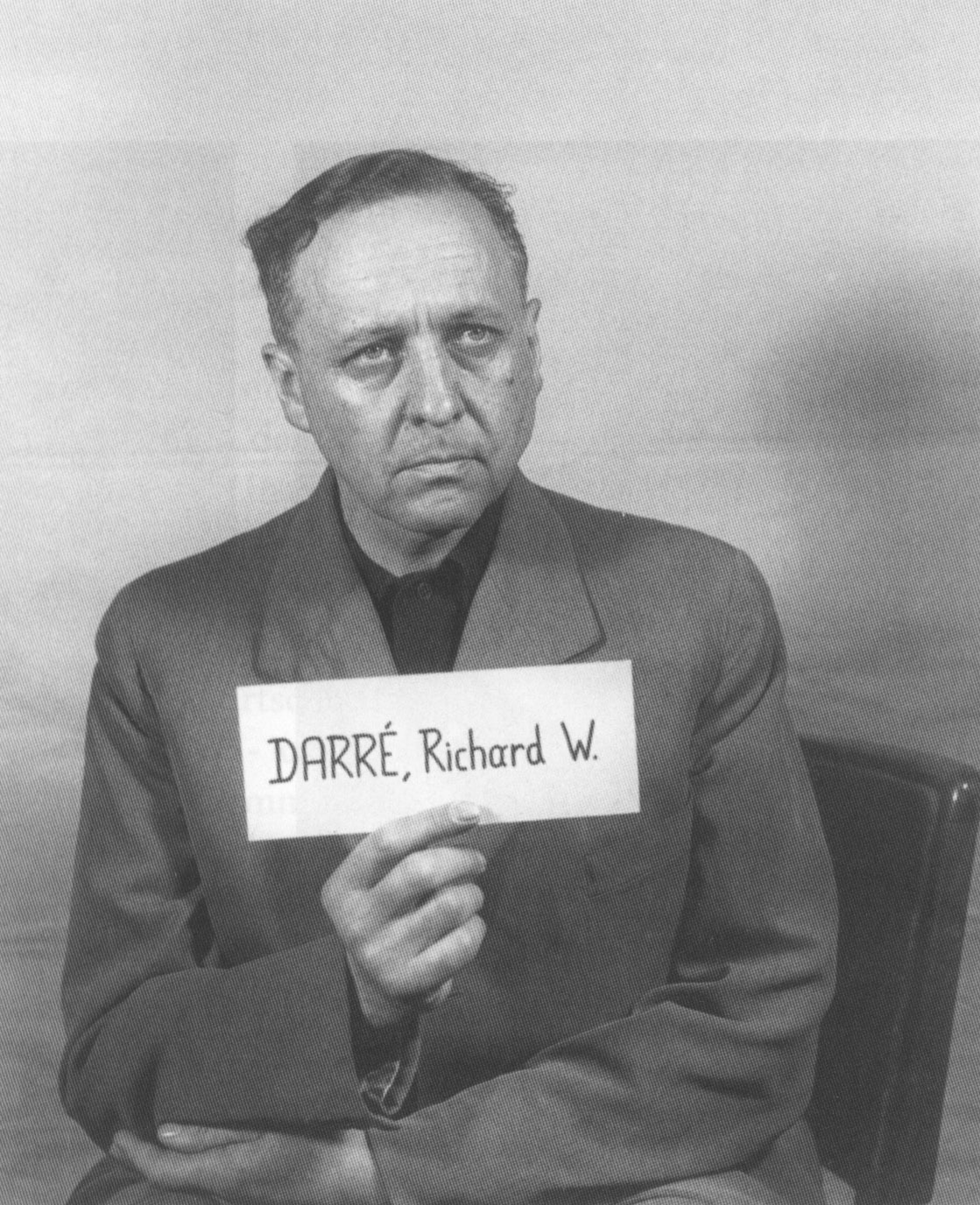
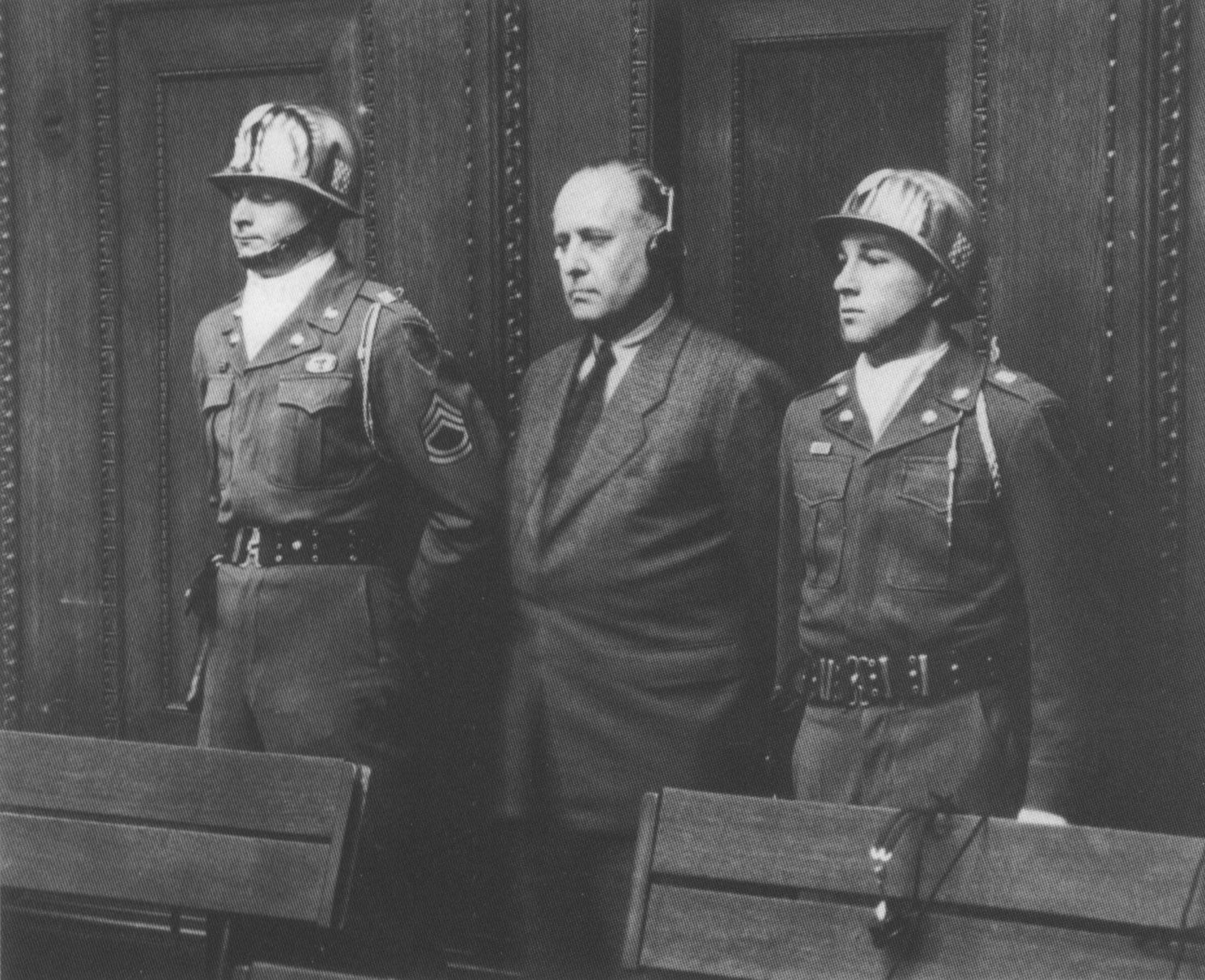
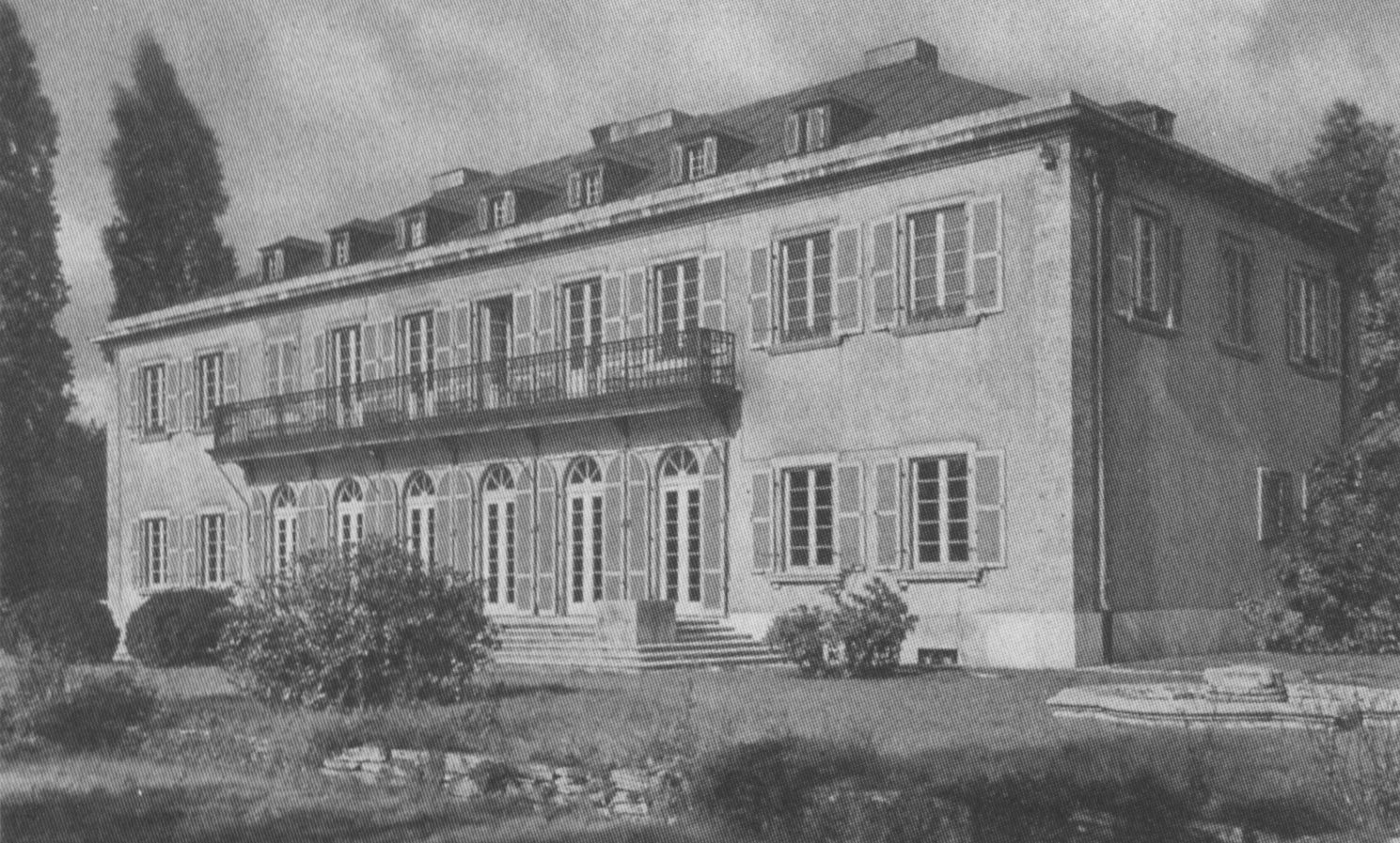
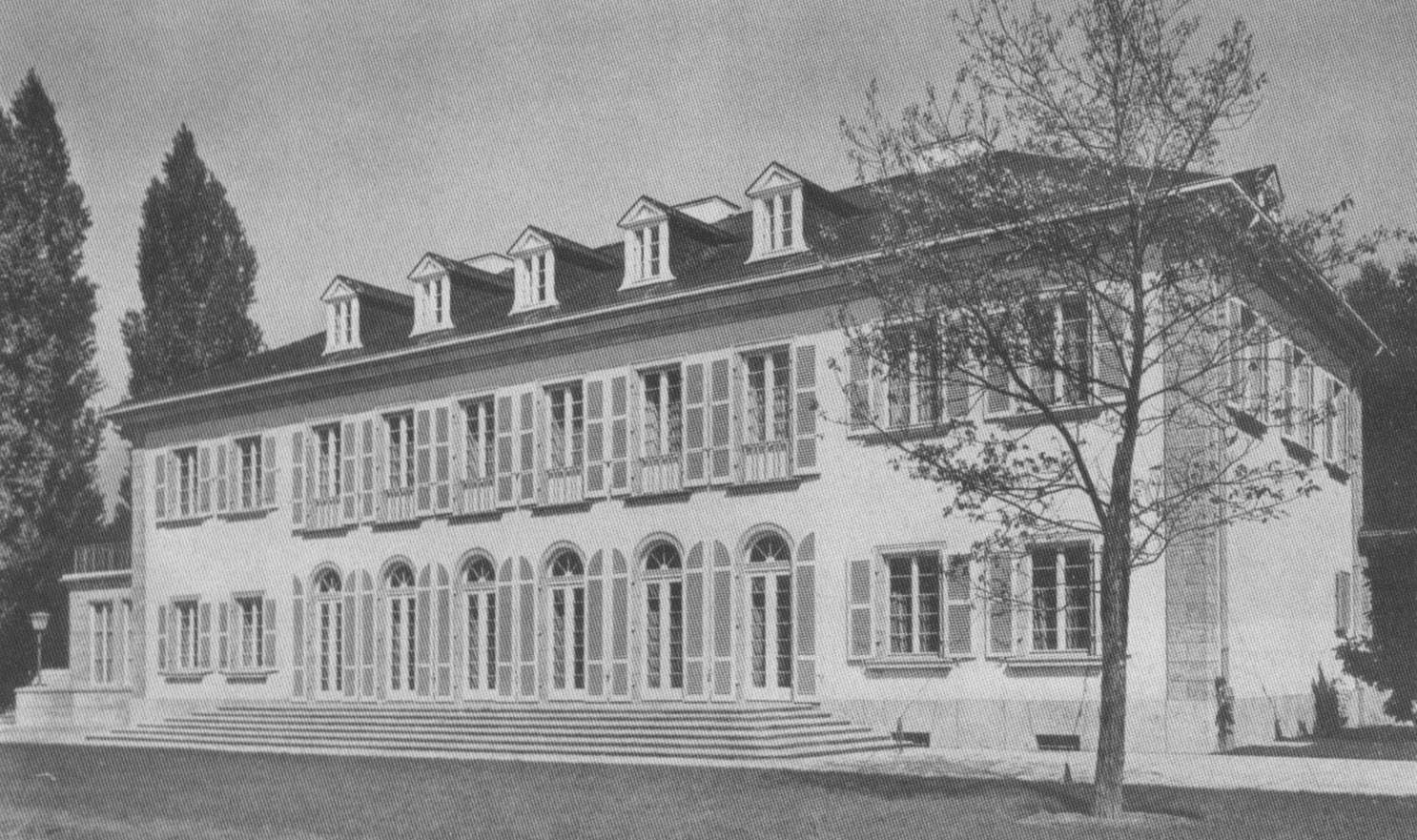
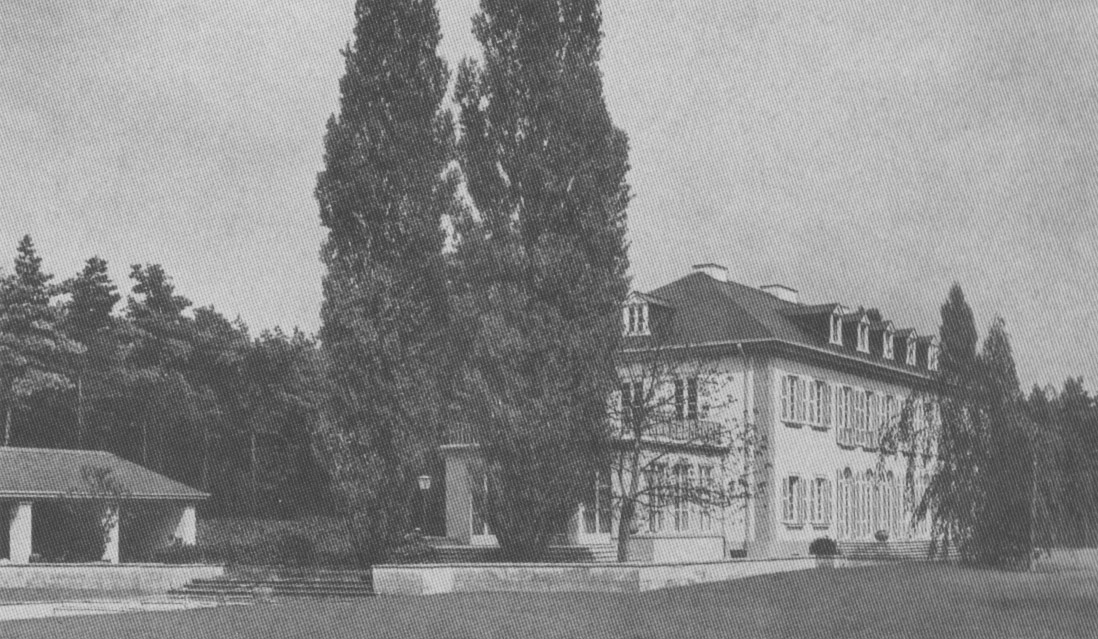


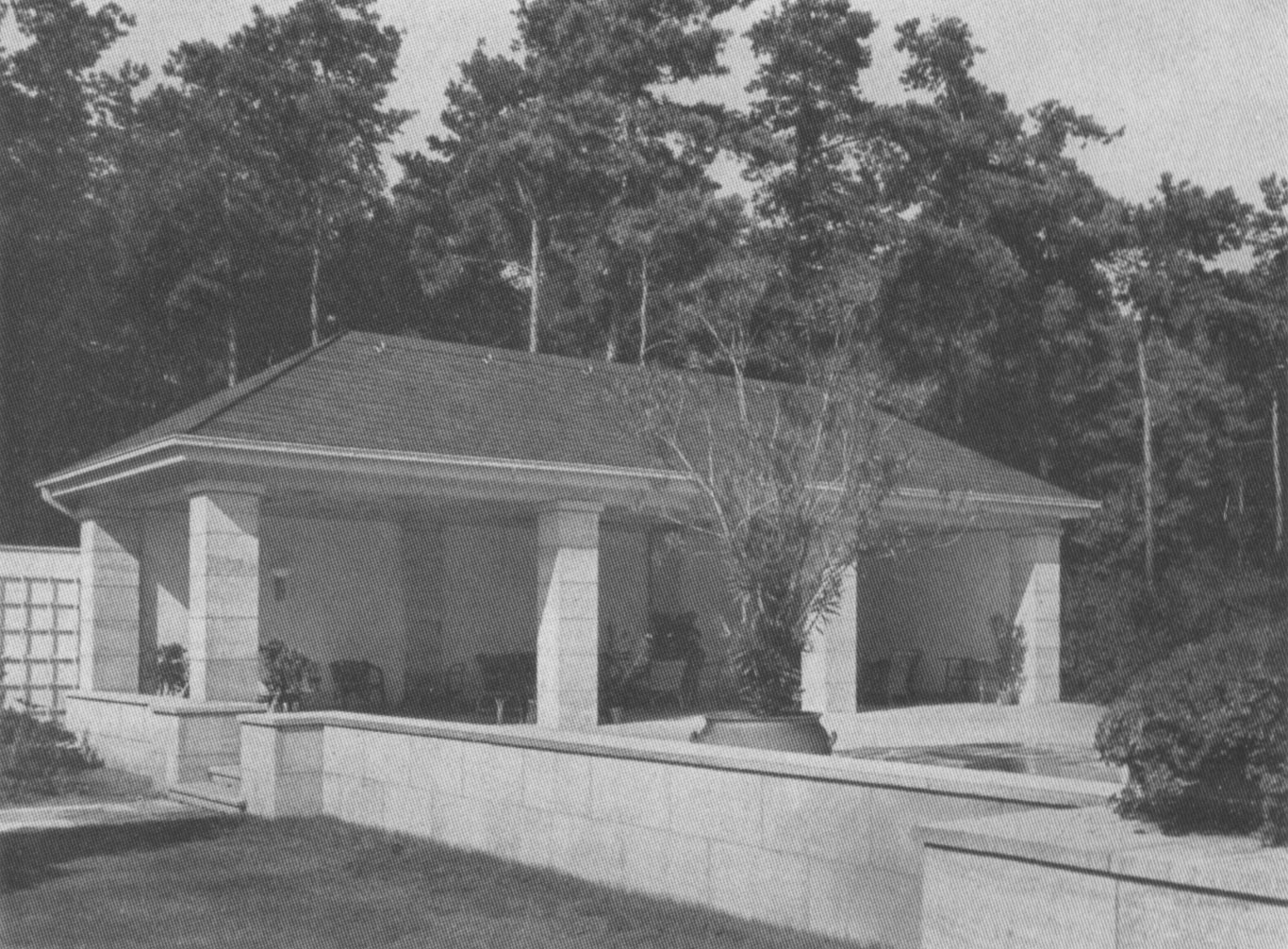
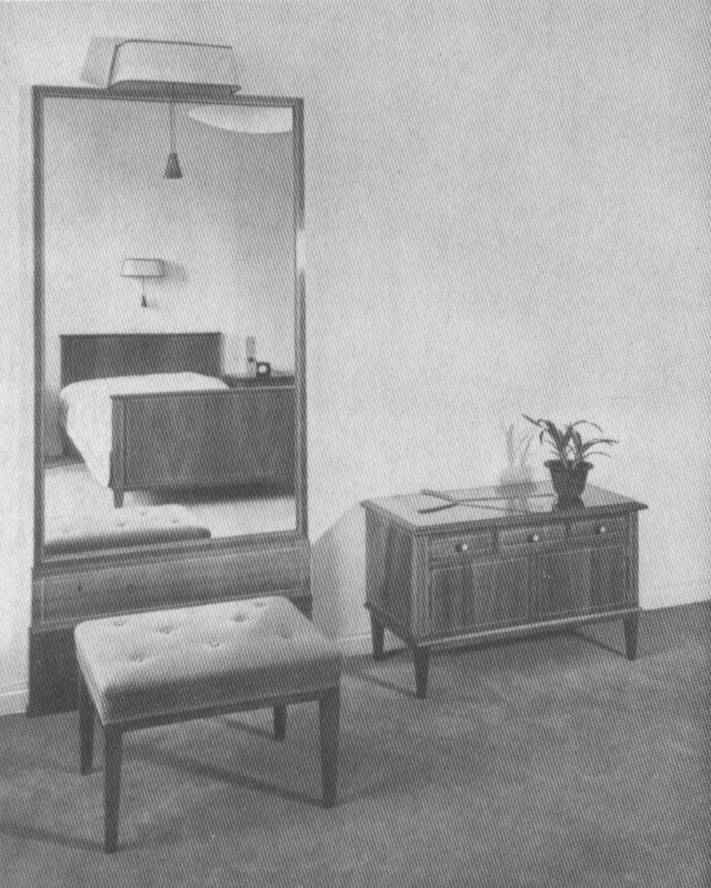
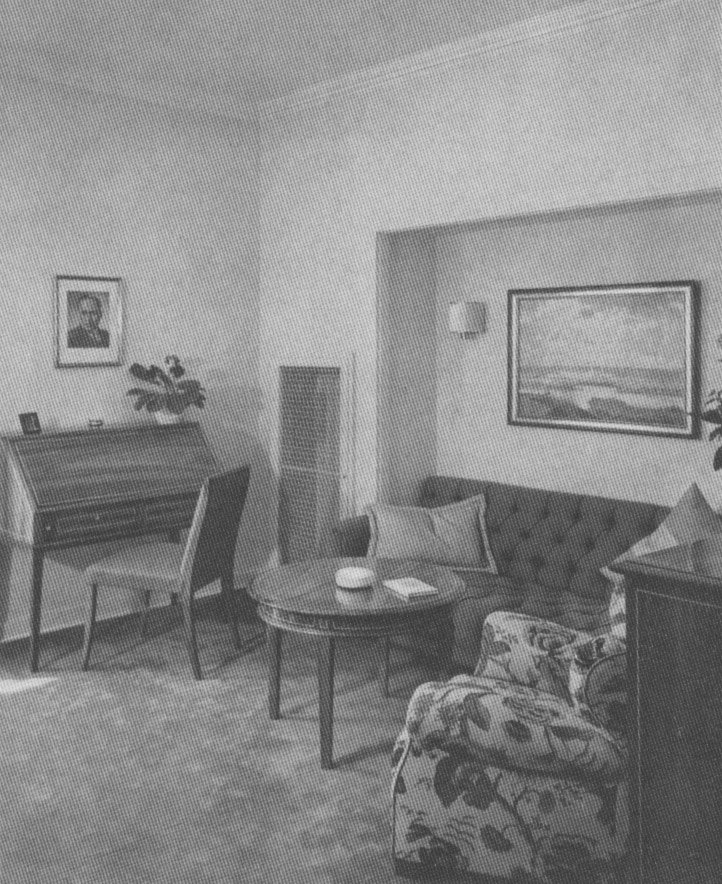
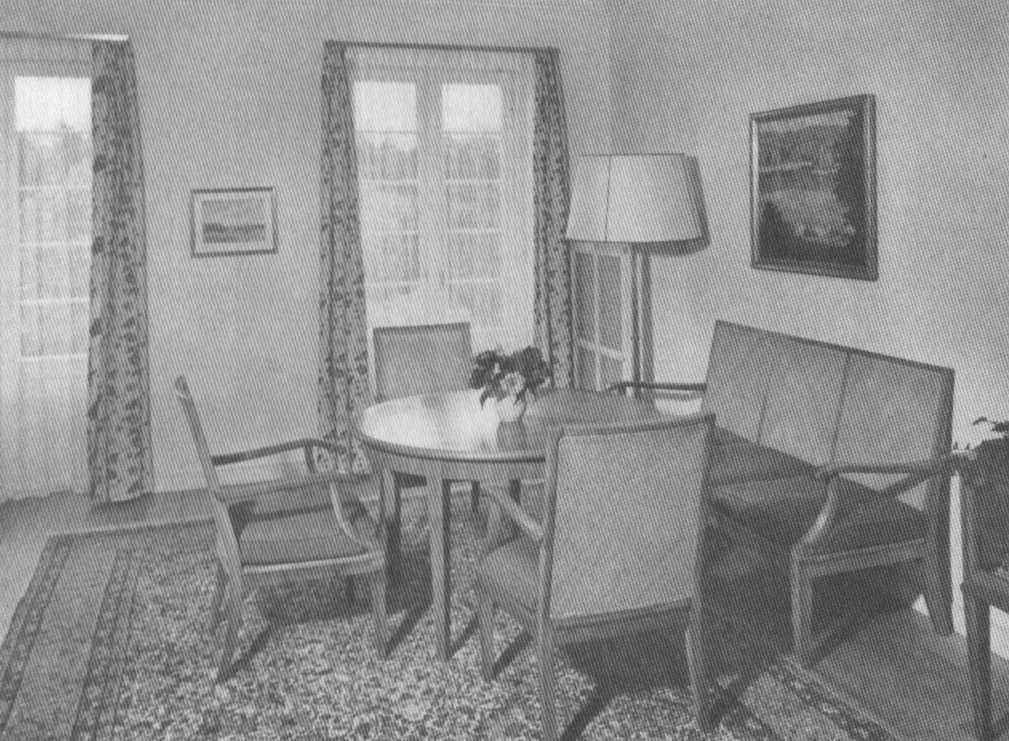
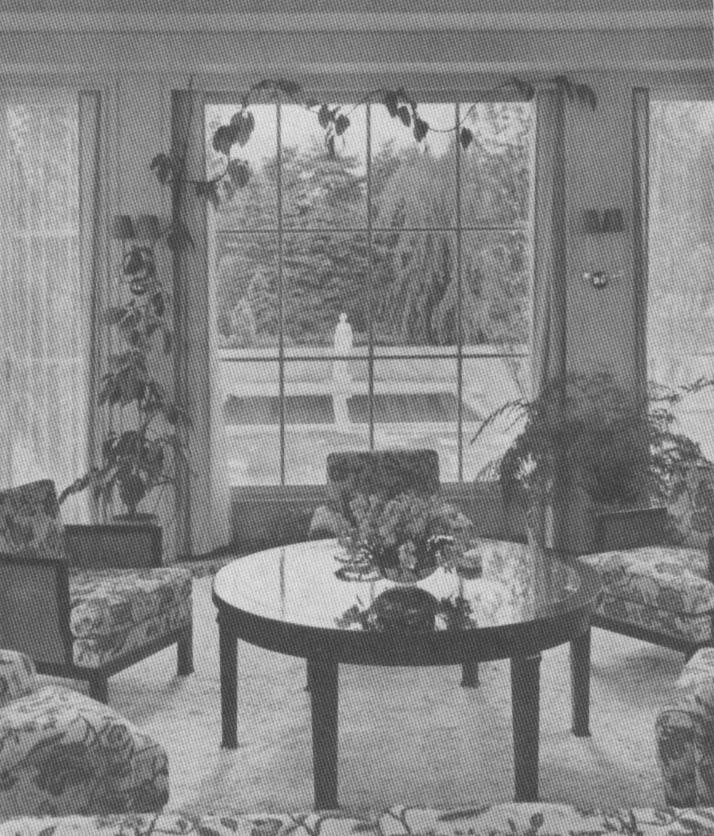
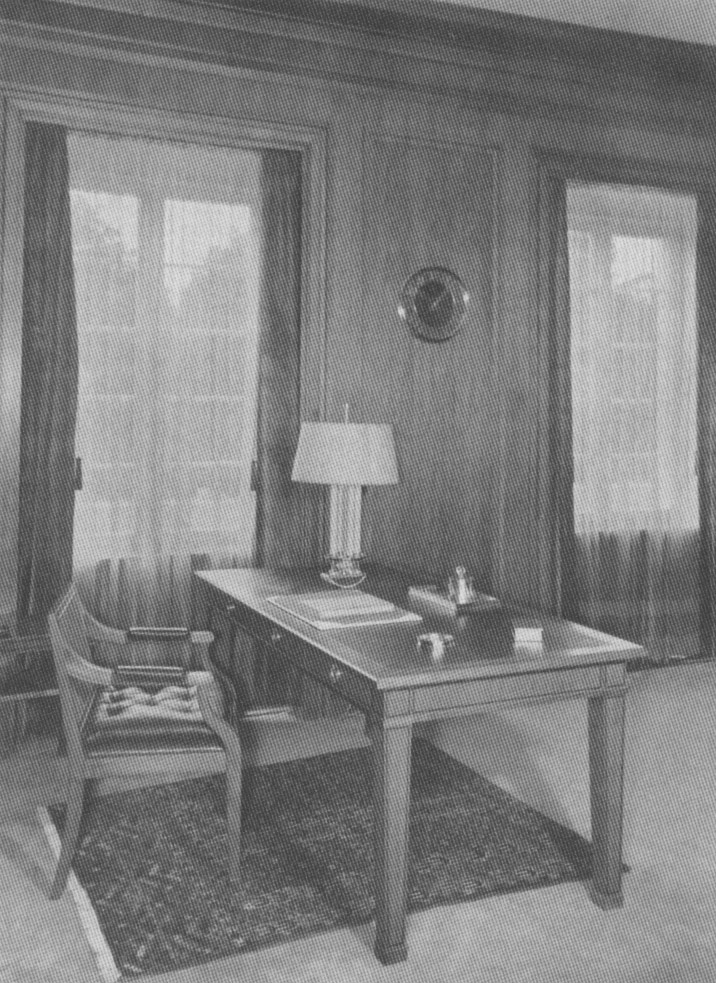
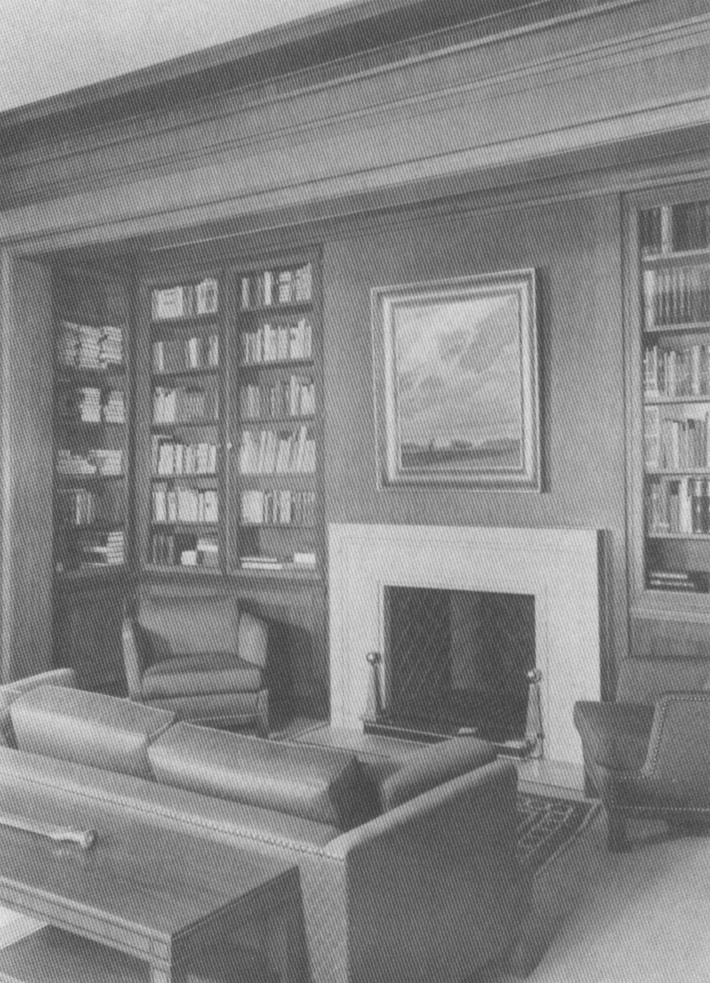


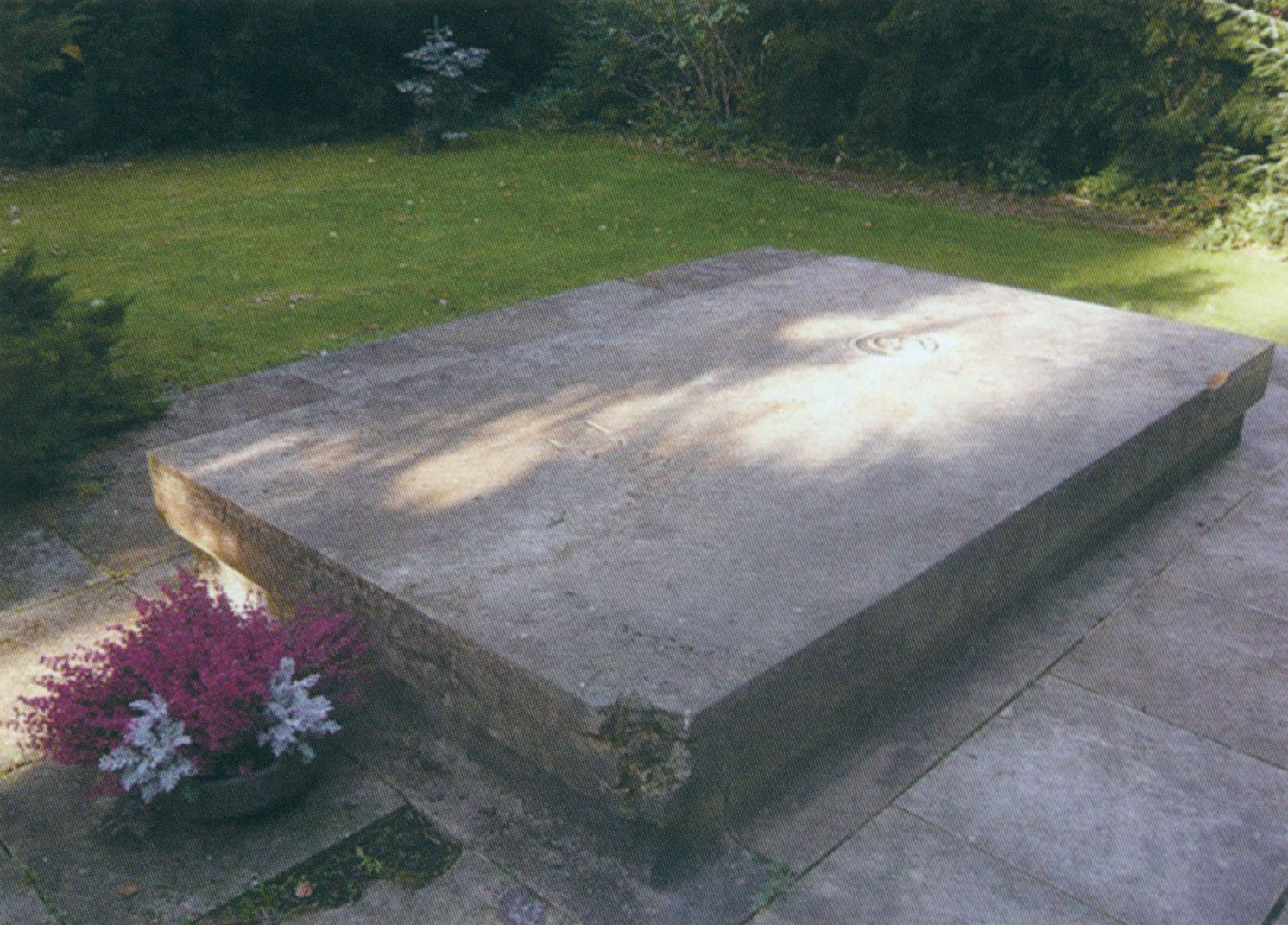
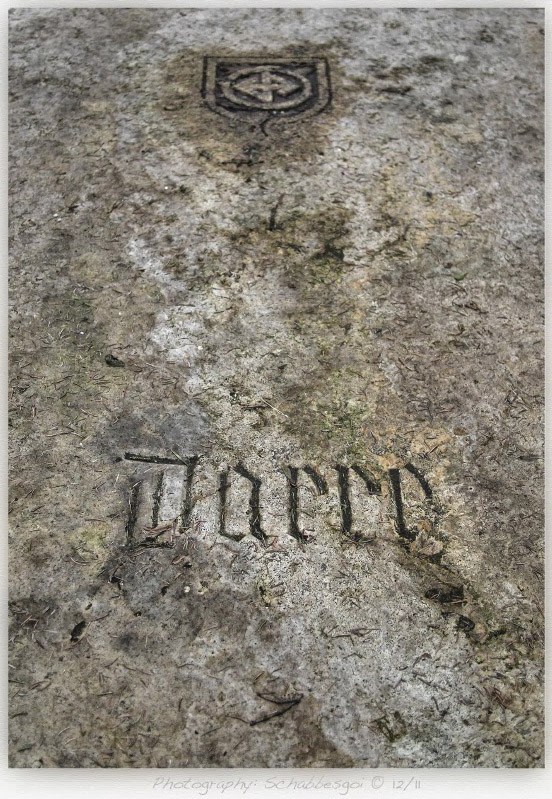
Ouroboros is also used here (the snake swallowing its tail). Ouroboros is symbolic for infinity, renewal and the cycle of life, death, and rebirth. His gravestone, located in Goslar, was designed by Weisthor.


